SUVs may be the big trend on the current new car market, but these perceivably large machines aren’t always as practical and spacious as they may seem. If those two things top your priority list on your next car, you might want to turn to the humble MPV.
Sure, they may not be the most fashionable vehicles, but it’s hard to argue with the value for money in terms of sheer space. We’ve picked out the best the used market has to offer on a £15,000 budget…
Citroen C4 Grand Spacetourer/Picasso
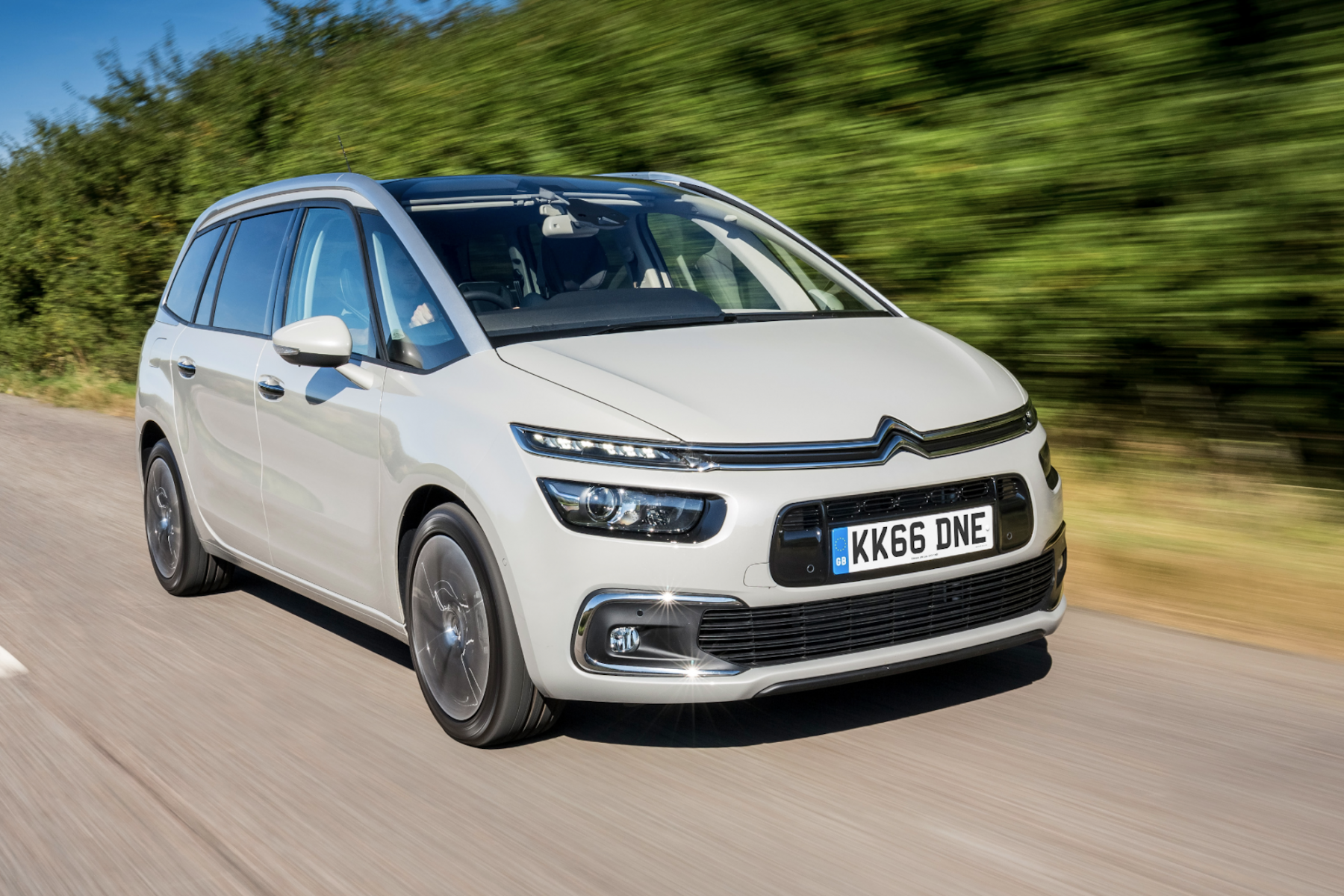
Citroen’s quintessentially French ‘Picasso’ models might be known as the ‘go to’ choices when it comes to the firm’s people carriers. However, last year Citroen dropped the Picasso name in favour of the Spacetourer badge.
This practical MPV can happily seat seven adults in relative comfort, and has an incredibly airy cabin thanks to a panoramic windscreen and glass roof. It’s also exceptionally comfortable. As the Spacetourer is a relatively new model, it’s the top end of this budget that we’re looking at. Around £13,500 will buy a one-year-old example with minimal miles on the clock.
Honda Stream
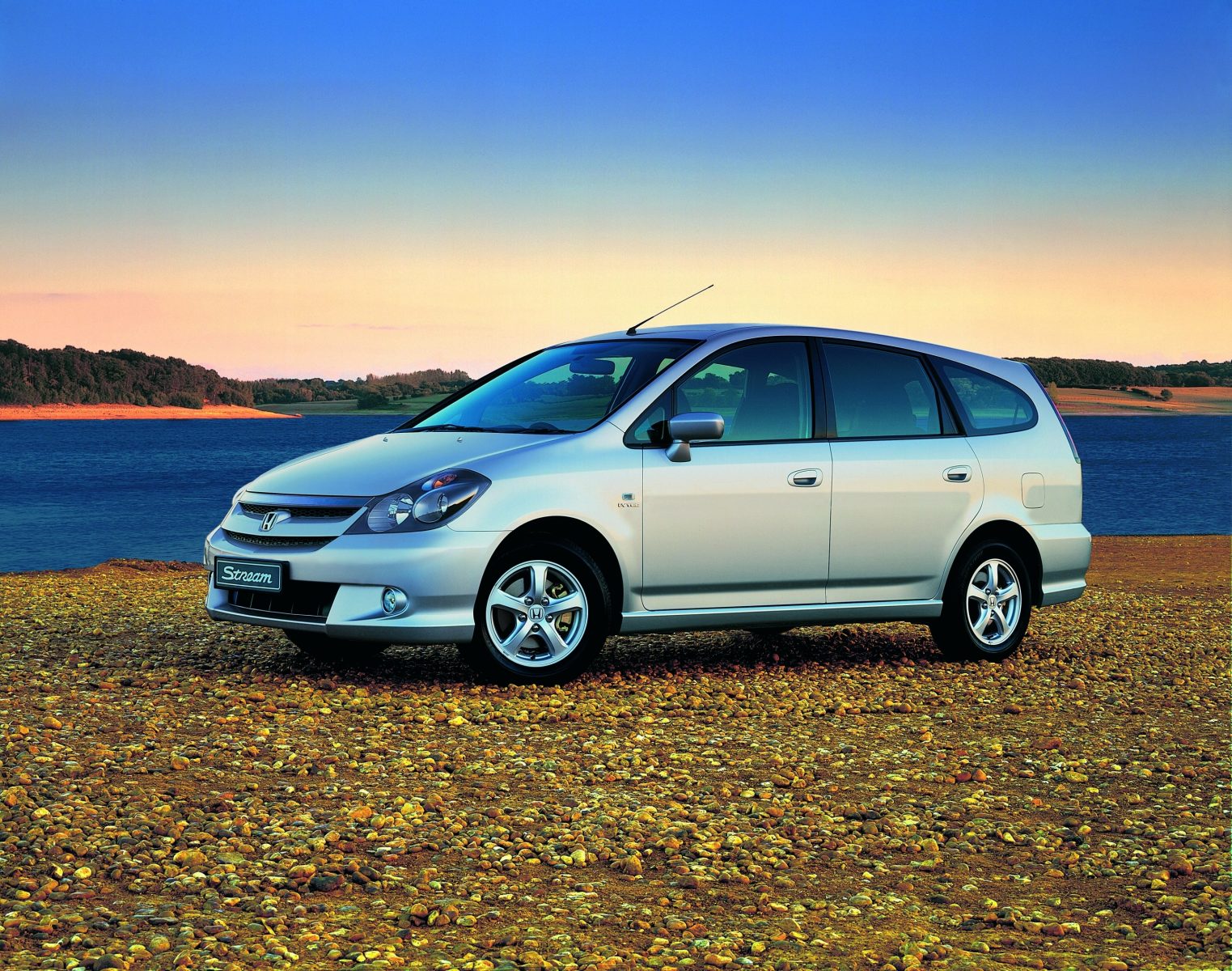
Honda may not be the go-to name for MPVs, but back in the mid-2000’s, it did offer an intriguing — if overlooked — competitor. This was the Honda Stream — a Honda Civic-based seven-seat.
It took a more compact form than most competitors of the time, but was equally as practical. Better yet, examples on today’s market can be had for as little as under a grand, and top out at about £5,000-6,000. With our budget, there’s plenty spare to pay for a proper family holiday. Or a Civic Type R weekend car, we won’t judge.
SsangYong Turismo
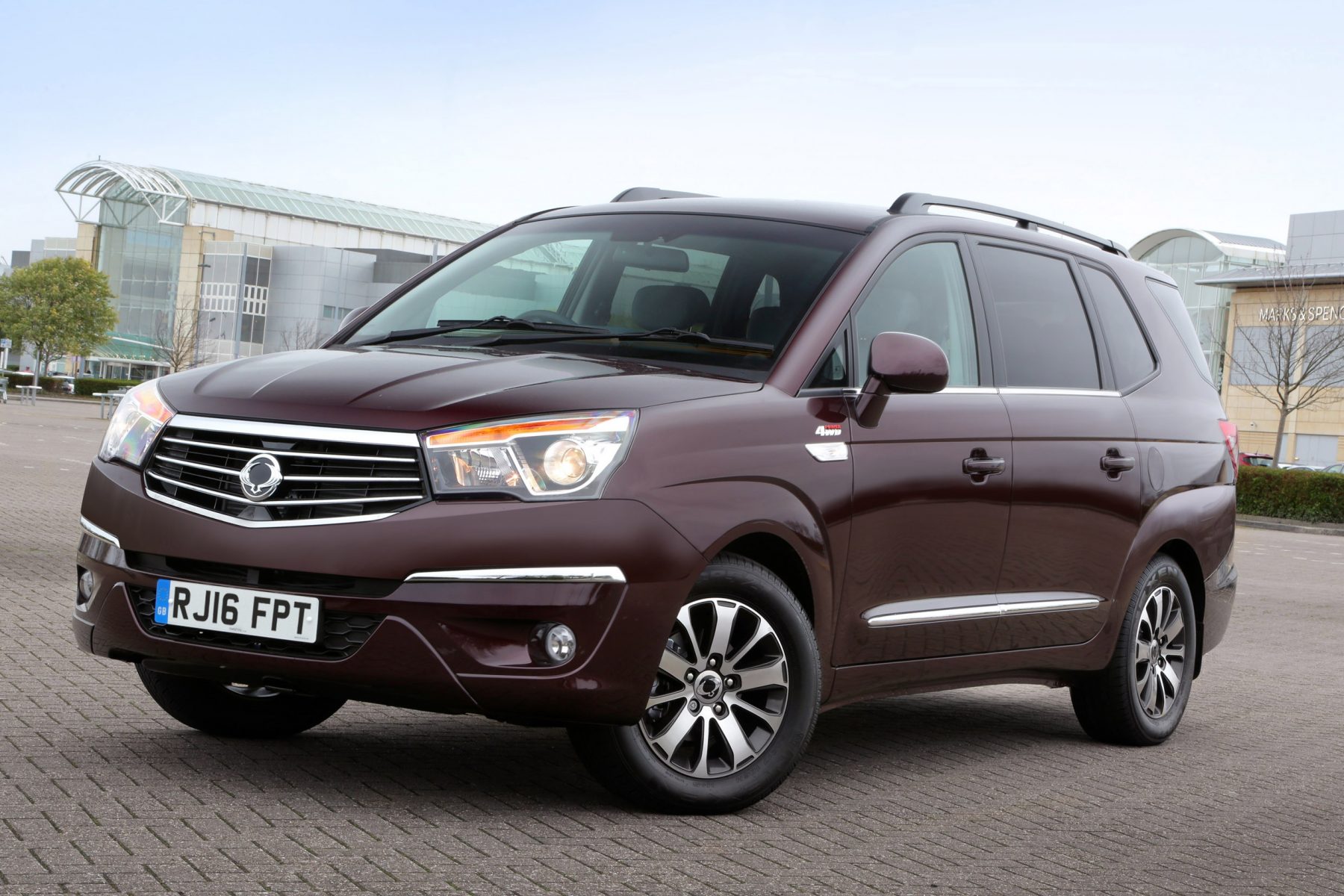
We’ll forgive you for not having heard of SsangYong. The little-known South Korean firm’s creations are far from a common sight on UK roads — but that’s not to say they shouldn’t be.
Focusing on the Turismo, it may be hard to get more car for the money in this budget. Examples from 2018 of the huge seven-seater come under budget, with slightly older but very-well equipped models comfortably available too.
Peugeot 5008
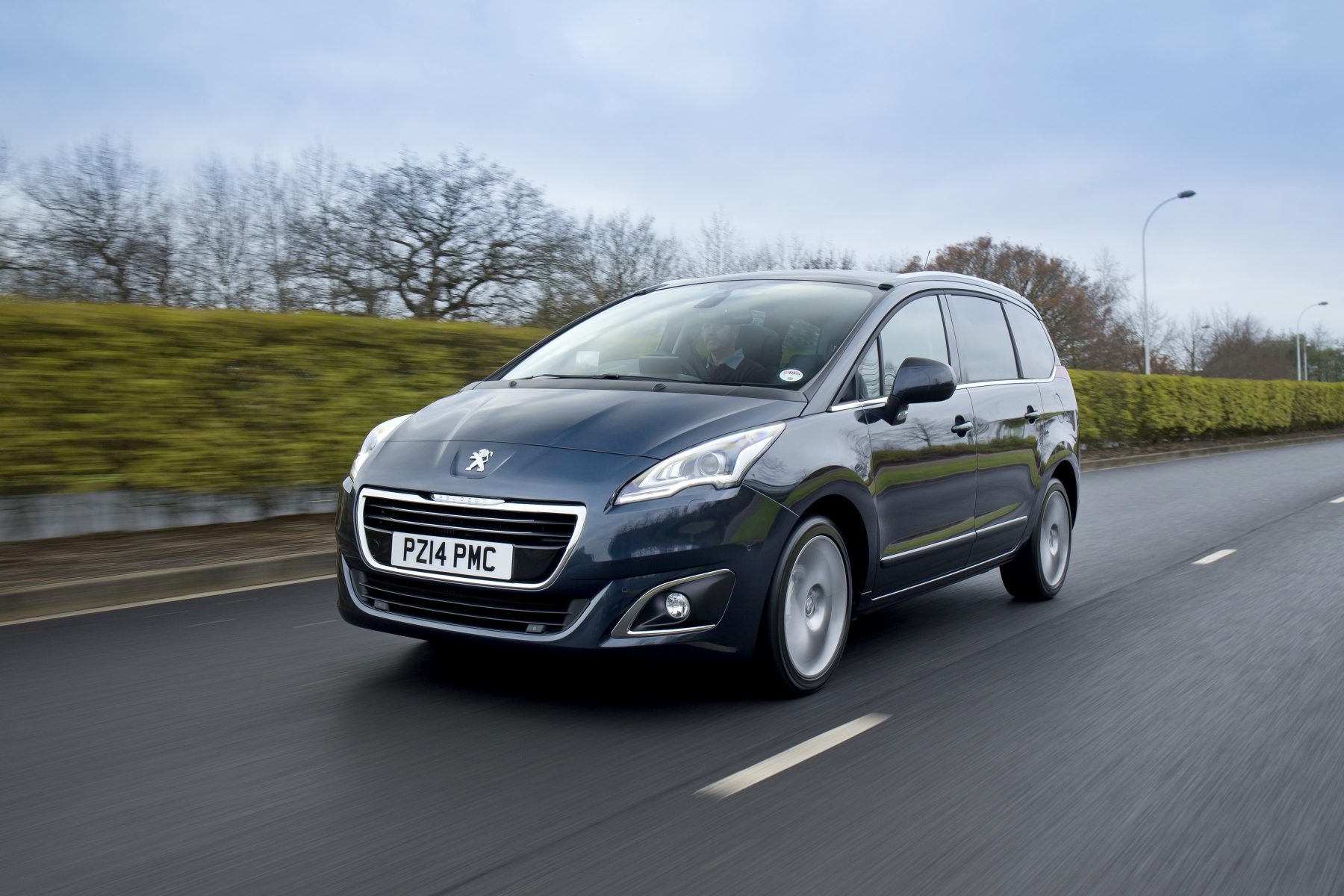
Peugeot’s stylish 5008 is arguably one of the better looking MPVs around. What’s more, it backs up the looks with decent build quality and a surprisingly involving drive.
Plenty of engine choices mean there’s likely to be a powertrain for all, while plenty of seating flexibility allow you to tailor your preference between outright boot space or passenger carrying abilities.
BMW 2 Series Gran Tourer
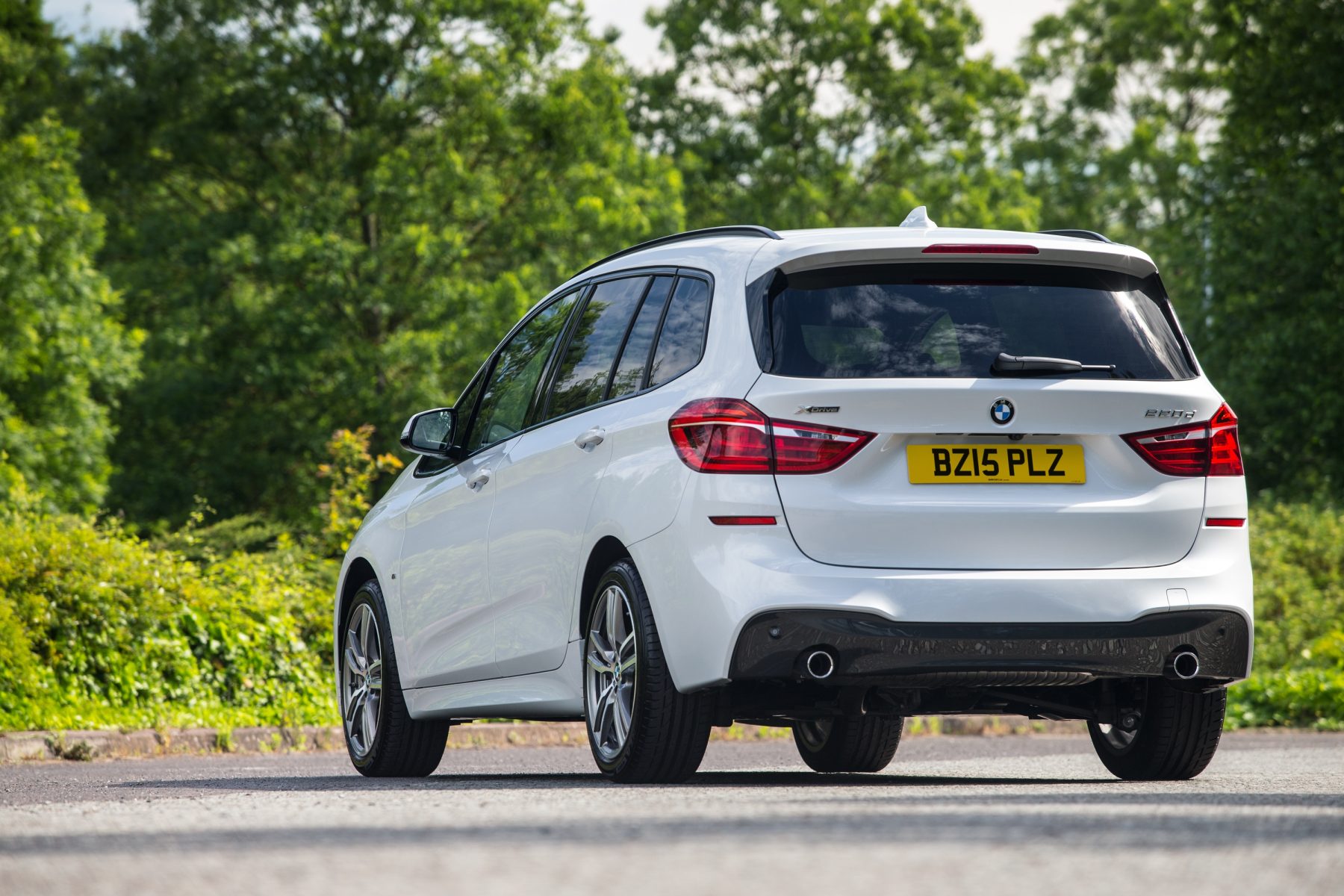
There was a certain amount of outcry when the BMW 2 Series Gran Tourer was announced. Reason being that it was one of the first front-wheel-drive BMWs made, representing a significant departure from the firm’s tried-and-tested rear-drive layout.
However, the 2 Series Gran Tourer makes up for this with decent levels of interior space, as well as excellent built quality. It may not sparkle when it comes to an overall drive, but it does well everywhere else.
Nissan Elgrand
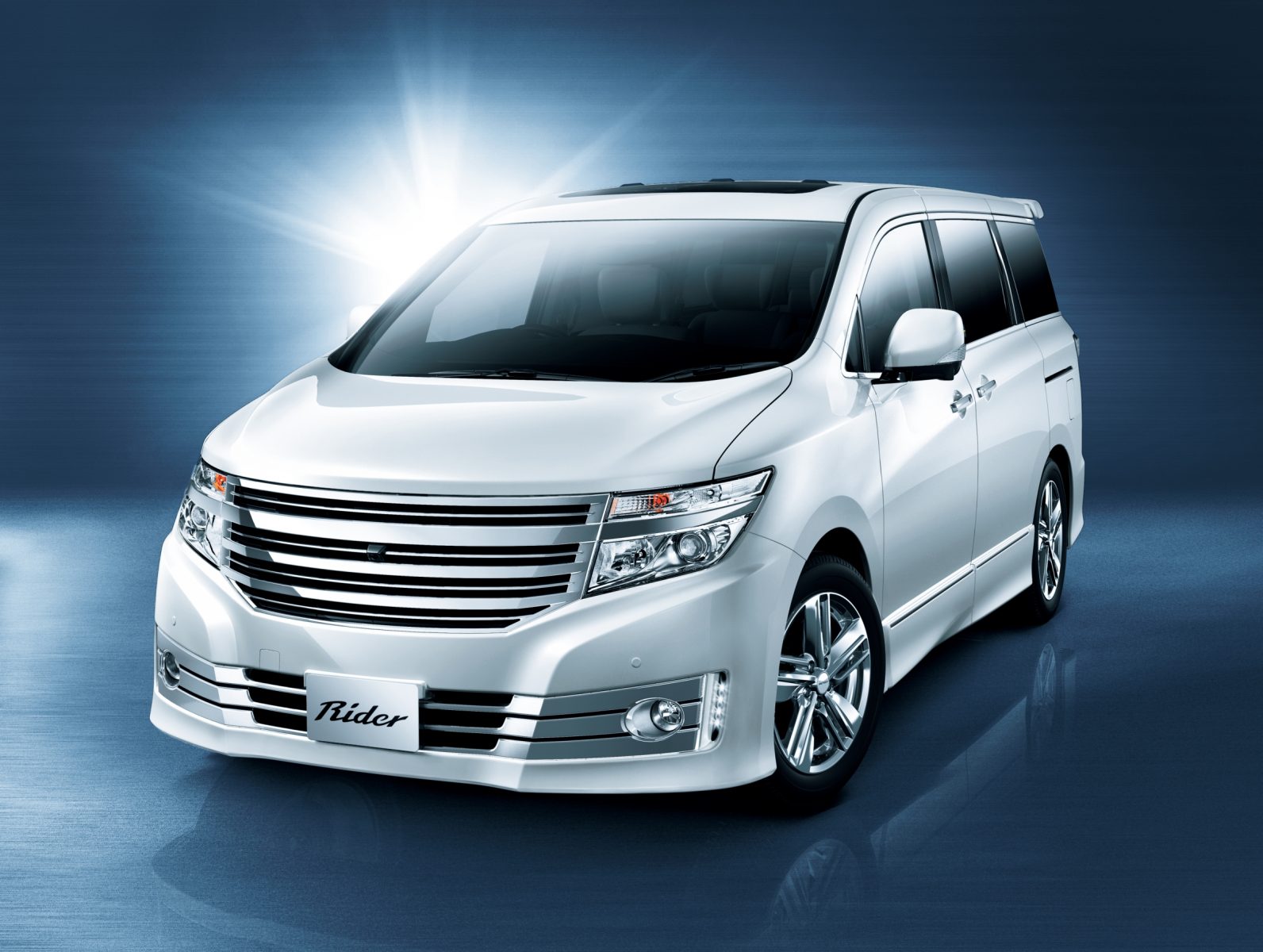
Who said MPVs had to be boring? If you turn to the market of wild Japanese imports, there’s plenty of interesting multi-seaters available — and the Nissan Elgrand.
Not only can this funky-looking machine swallow a lot of people, it can keep them entertained with drop-down screens with integrated DVD players. The best bit? It’s also got a 3.5-litre V6 straight from the 350Z. Examples from 2011 can be had well within budget.
Kia Carens
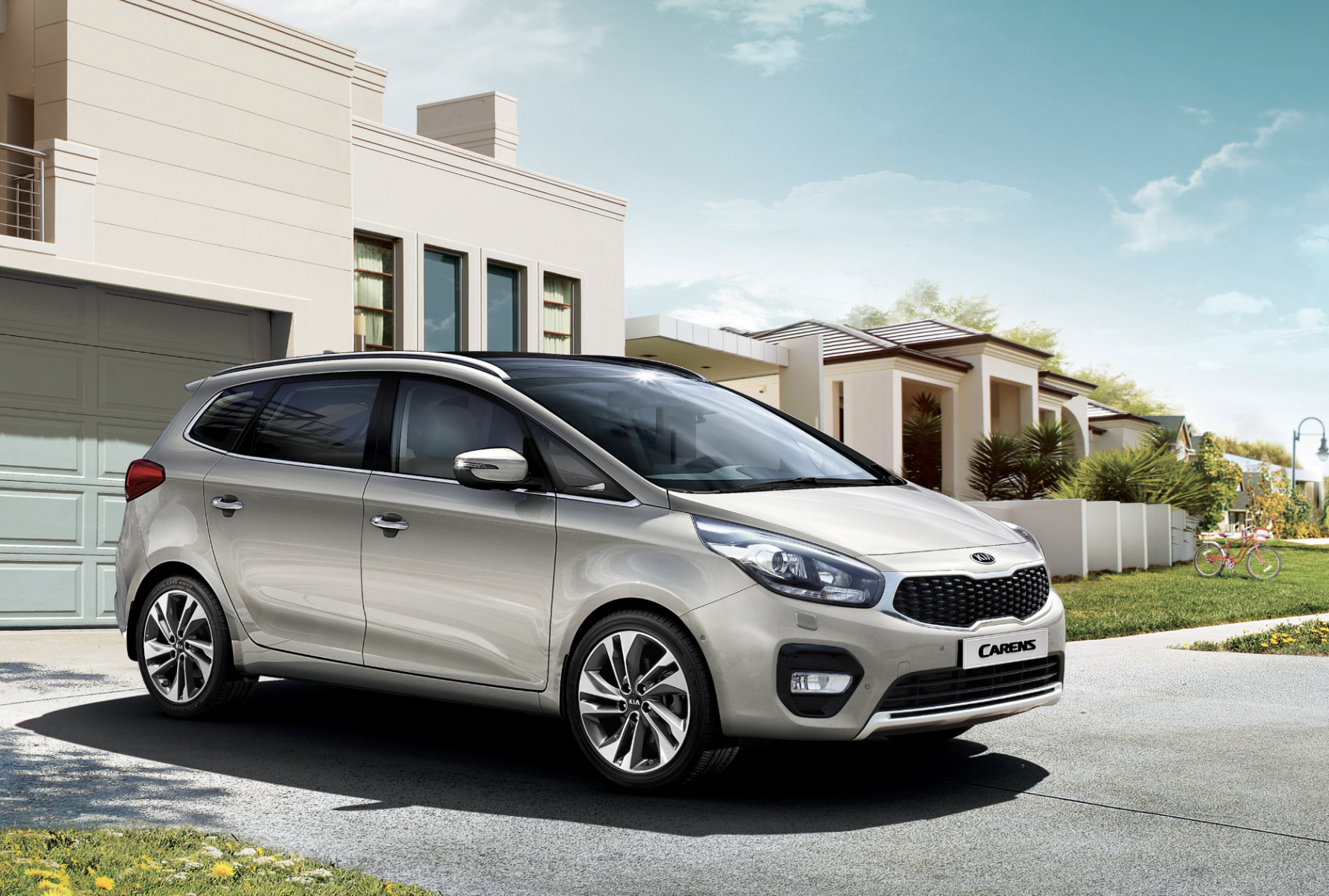
Kia’s practical Carens may not be much to look at, but it packs everything that you could want from an MPV. It offers seven seats, for starters, with driver and passengers able to get comfortable thanks to plenty of space and a refined interior.
And, being a Kia, it’s reliable too. Factor this into the remaining positives, and you’ve got yourself a well-rounded zero-fuss MPV option.

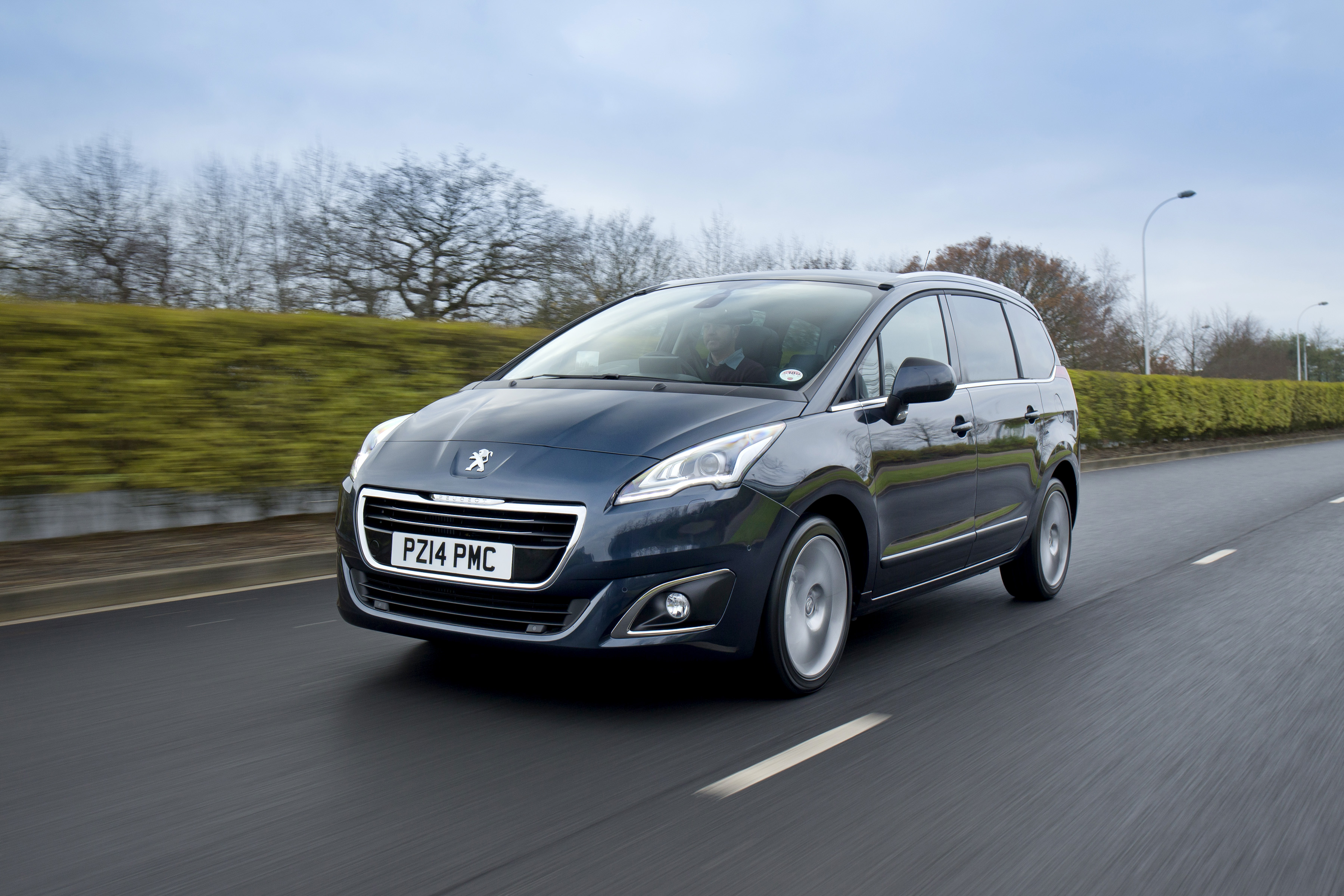
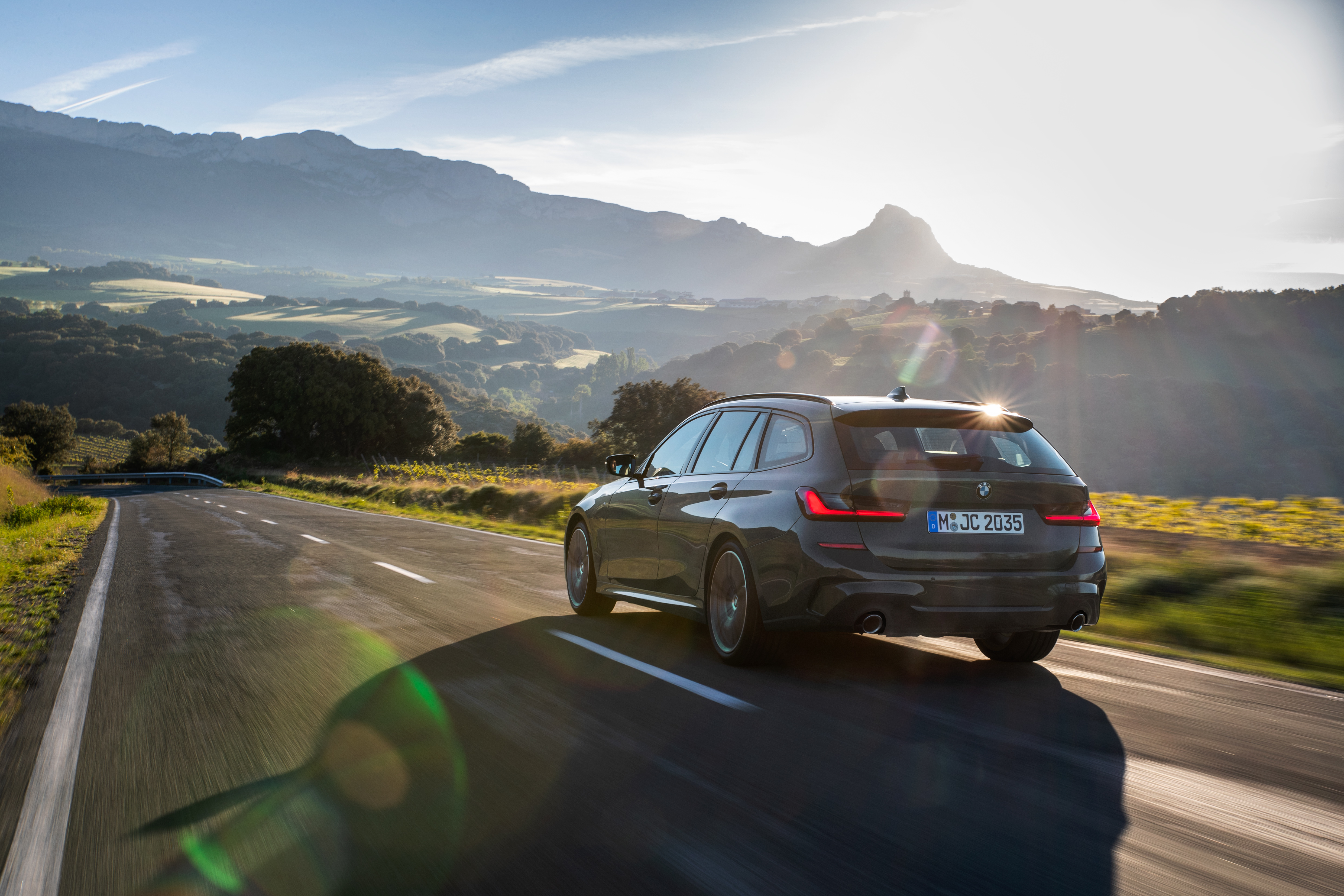
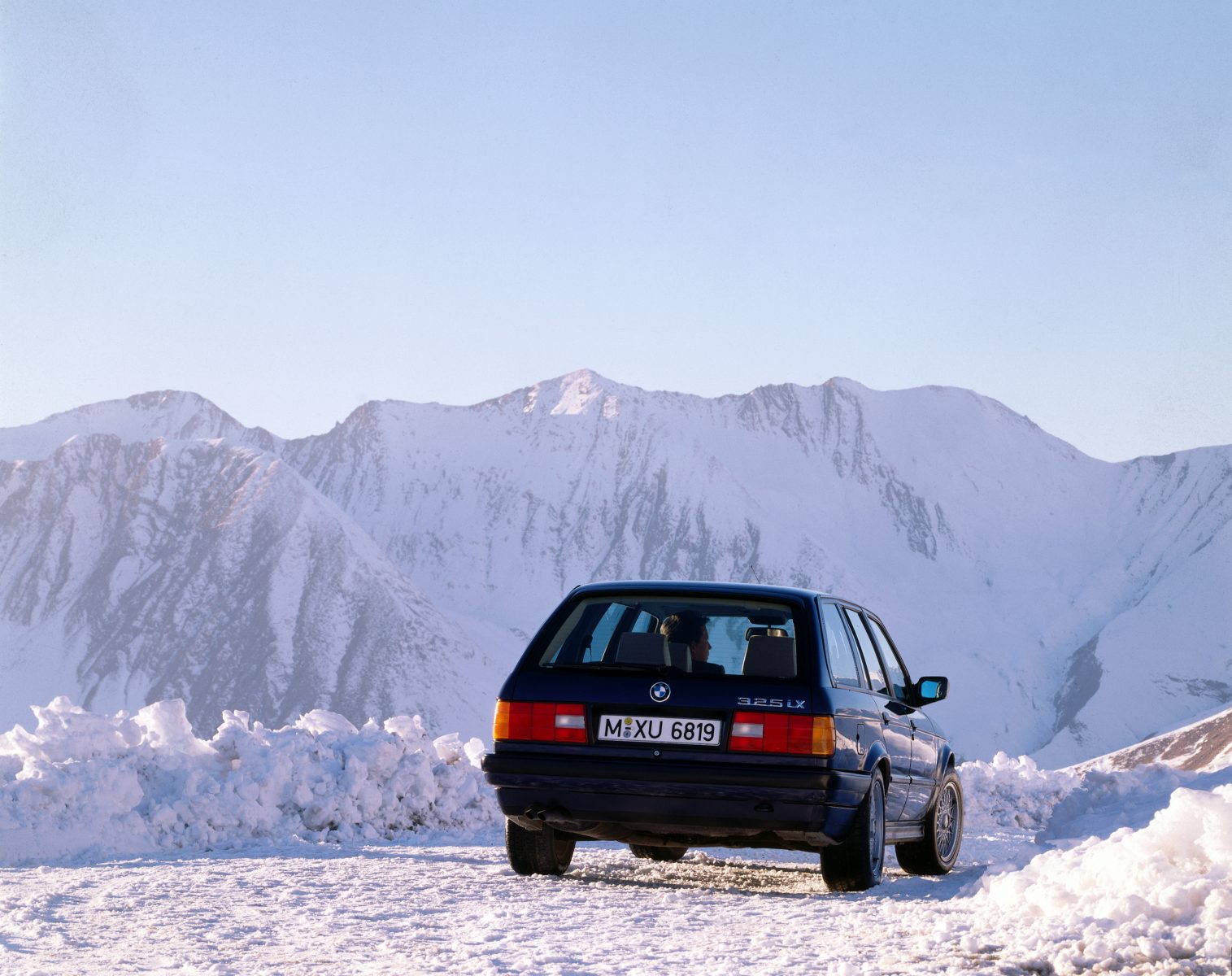 BMW bosses had not planned to offer an estate version of the second-generation 3 Series because no rival models did, and none offered enough practicality for the 3 Series to be left behind. However, a prototype engineer called Max Reisböck was getting frustrated at the lack of space in the saloon for his family.
BMW bosses had not planned to offer an estate version of the second-generation 3 Series because no rival models did, and none offered enough practicality for the 3 Series to be left behind. However, a prototype engineer called Max Reisböck was getting frustrated at the lack of space in the saloon for his family.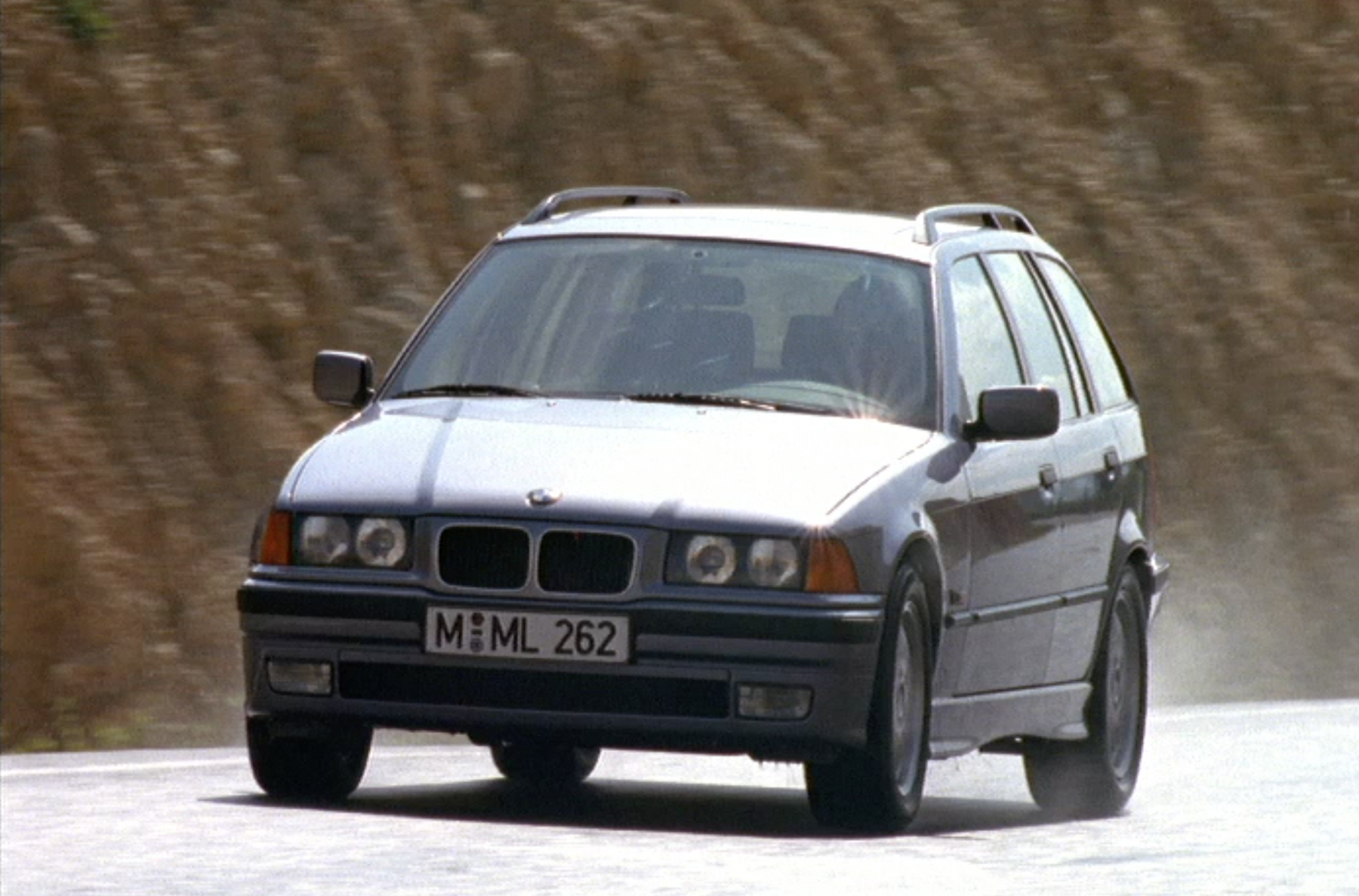 Following the warm reception of the previous generation, BMW knew it was on to a winner with the 3 Series estate. The E30 might not have been a huge sales success, but it showed there was appetite for the body shape, and it was simply ahead of its time.
Following the warm reception of the previous generation, BMW knew it was on to a winner with the 3 Series estate. The E30 might not have been a huge sales success, but it showed there was appetite for the body shape, and it was simply ahead of its time.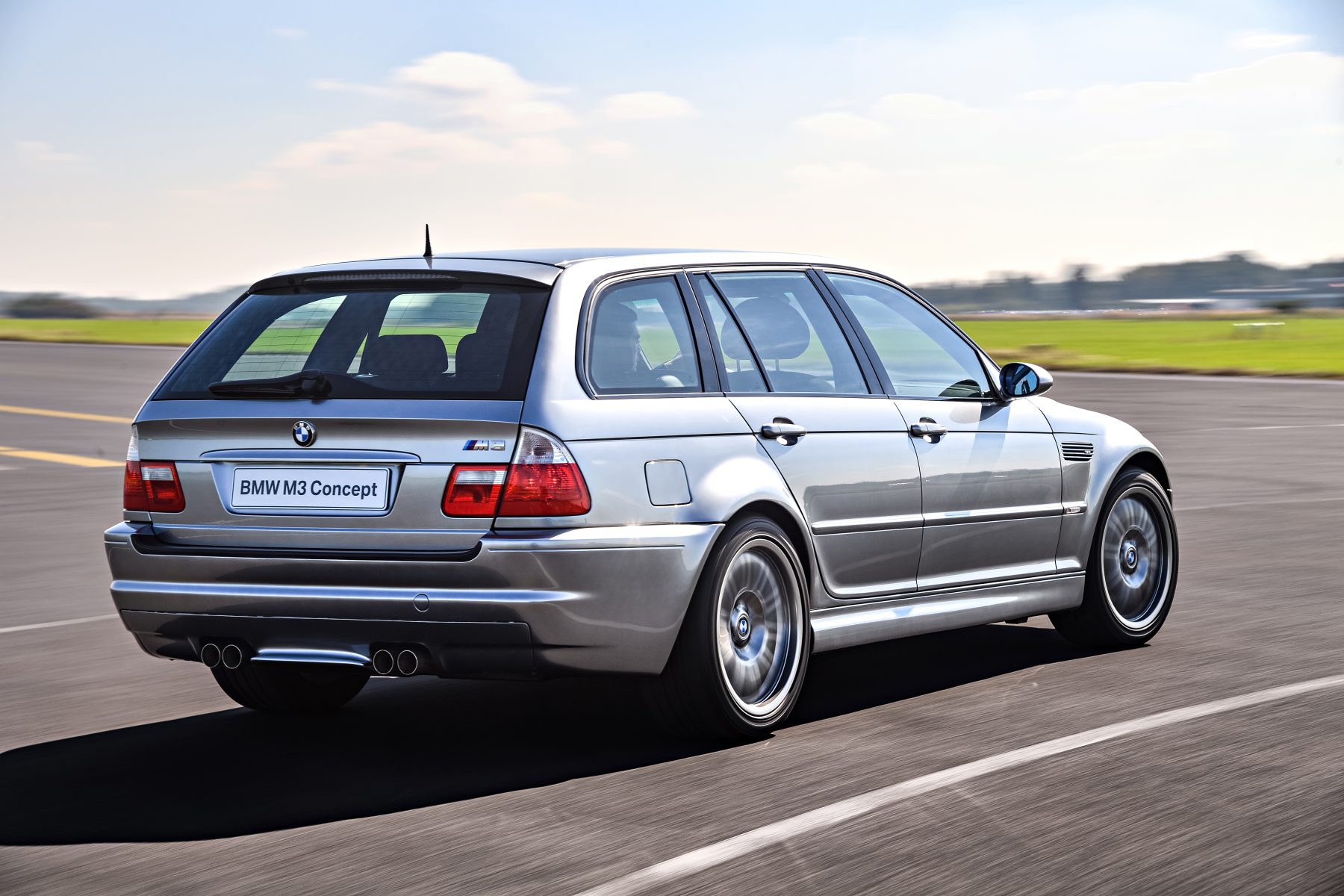 Arguably the prettiest generation of 3 Series, the Touring was a given now that it had established itself as a market leader. Now well-established, BMW considered creating a high-performance version.
Arguably the prettiest generation of 3 Series, the Touring was a given now that it had established itself as a market leader. Now well-established, BMW considered creating a high-performance version.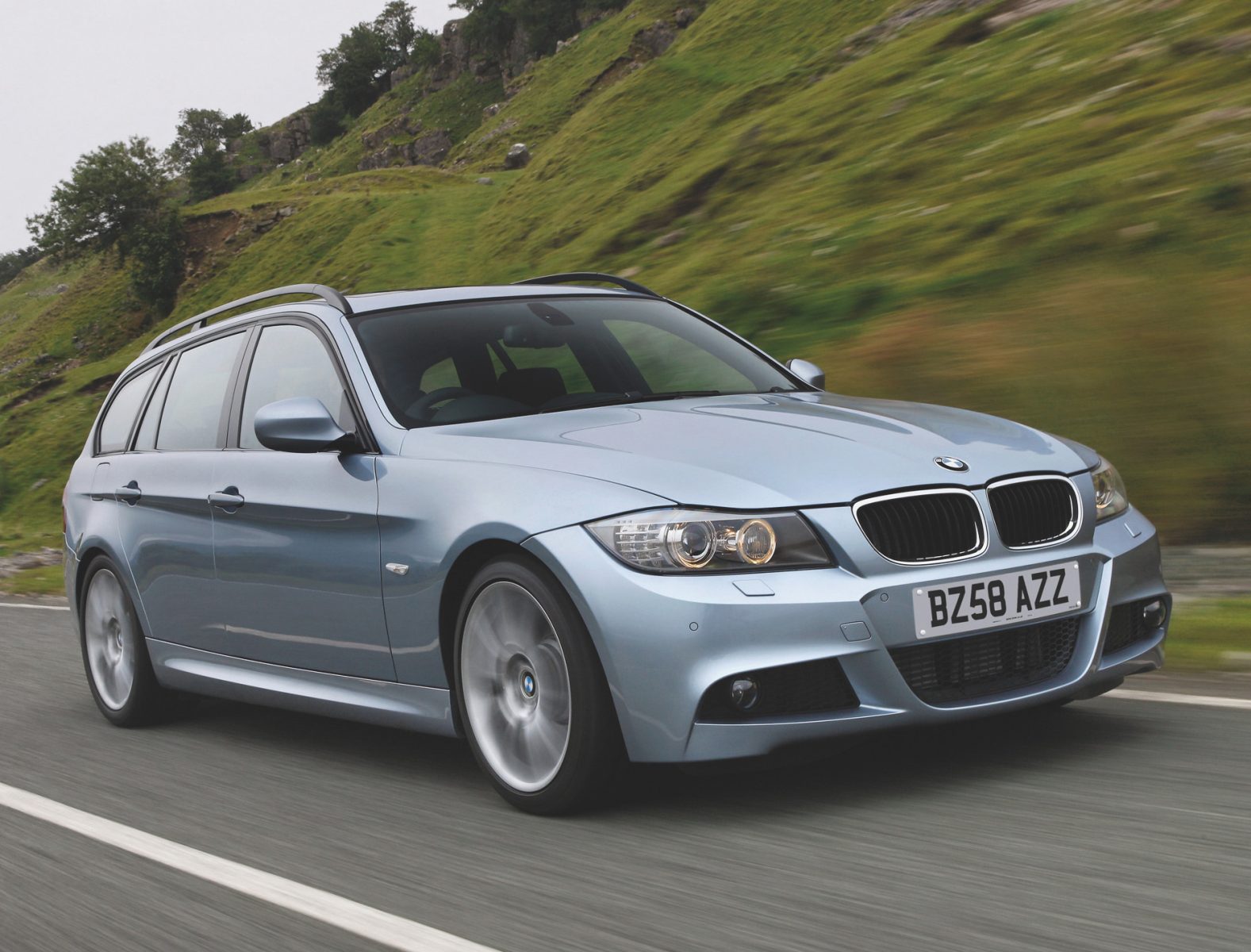 Based on the E90 saloon that debuted in 2005, the E91 was not the biggest or most practical estate at its price point. However, it still earned admiration and drew customers, thanks in part to BMW’s class-leading chassis dynamics, and the prestige of the badge.
Based on the E90 saloon that debuted in 2005, the E91 was not the biggest or most practical estate at its price point. However, it still earned admiration and drew customers, thanks in part to BMW’s class-leading chassis dynamics, and the prestige of the badge. 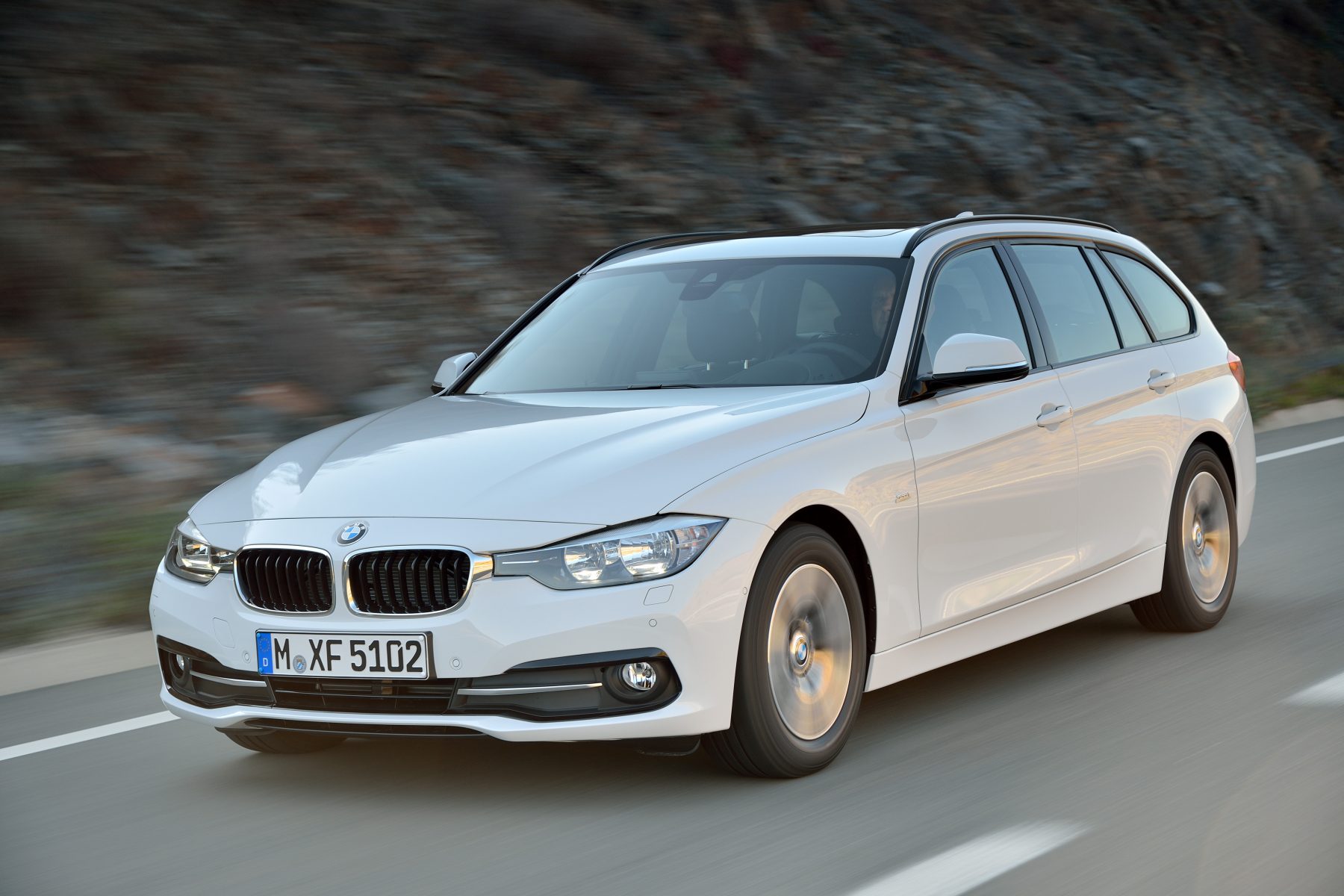 By time the F31 generation Touring came into being, it wasn’t lacking competition from within its own model range.
By time the F31 generation Touring came into being, it wasn’t lacking competition from within its own model range. 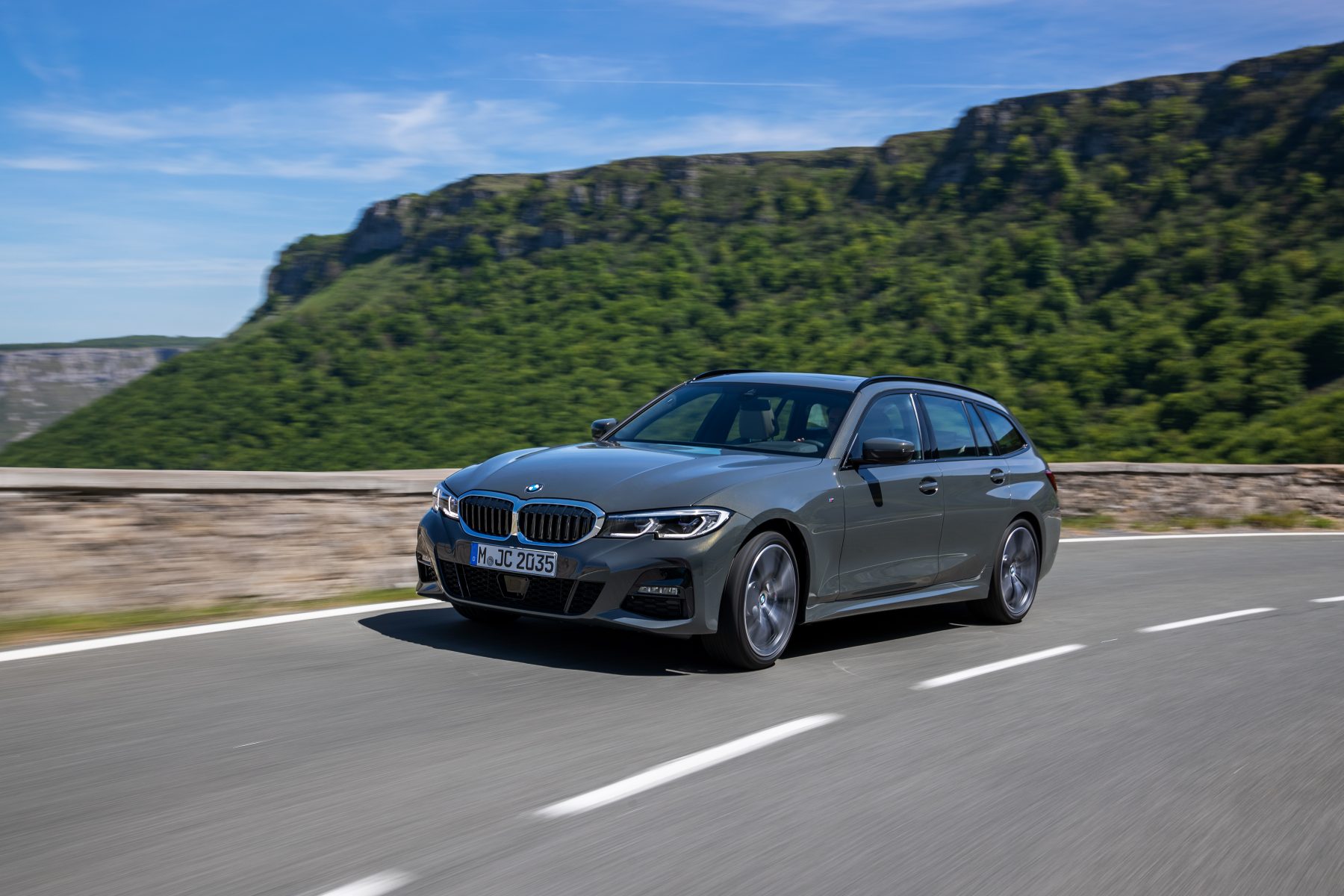 The newly-revealed estate version of the current 3 Series is unlikely to provide many surprises. It will drive superbly and be a little down on space relative to some rivals, while still managing to be one of the best estate options out there courtesy of its other abilities.
The newly-revealed estate version of the current 3 Series is unlikely to provide many surprises. It will drive superbly and be a little down on space relative to some rivals, while still managing to be one of the best estate options out there courtesy of its other abilities.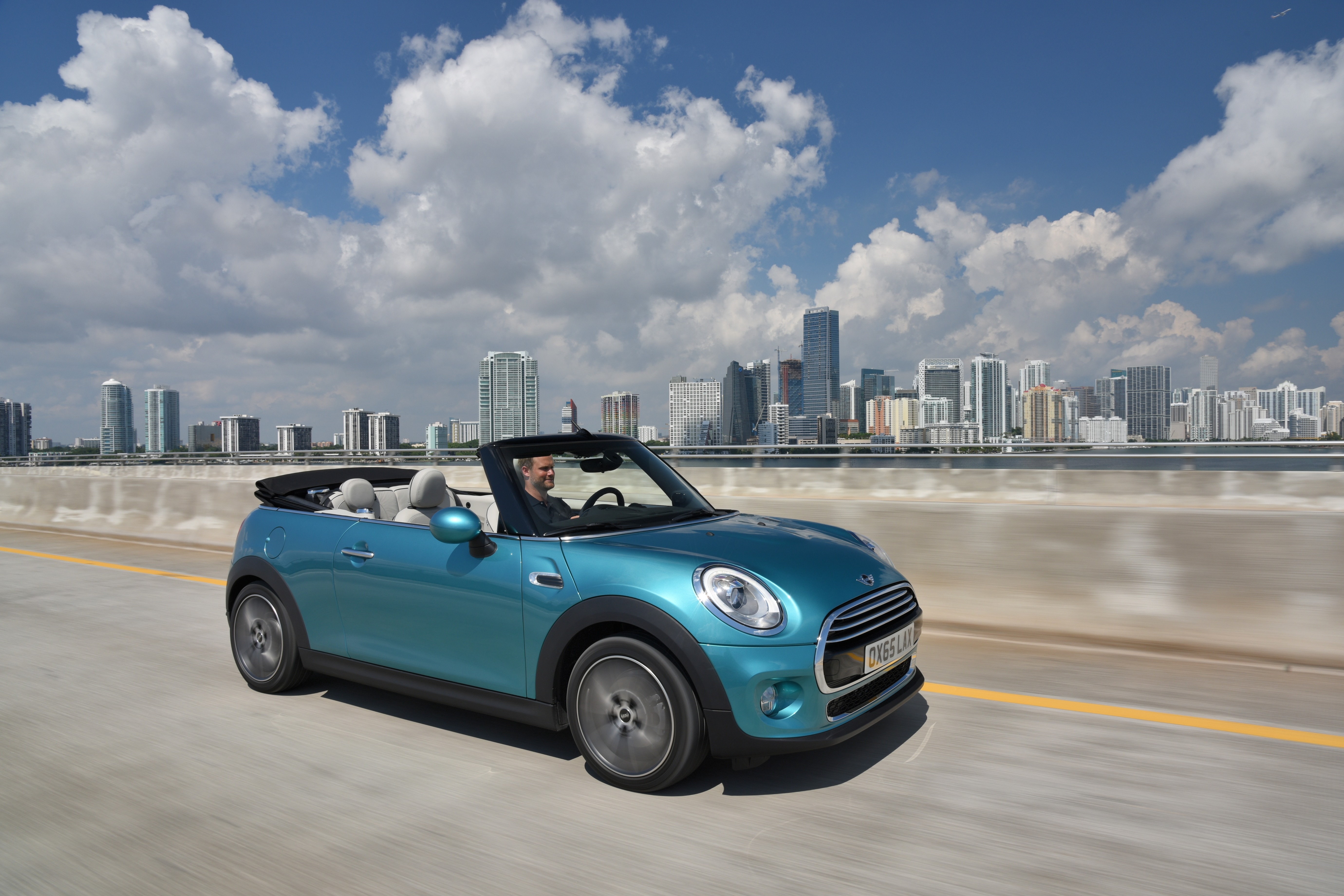
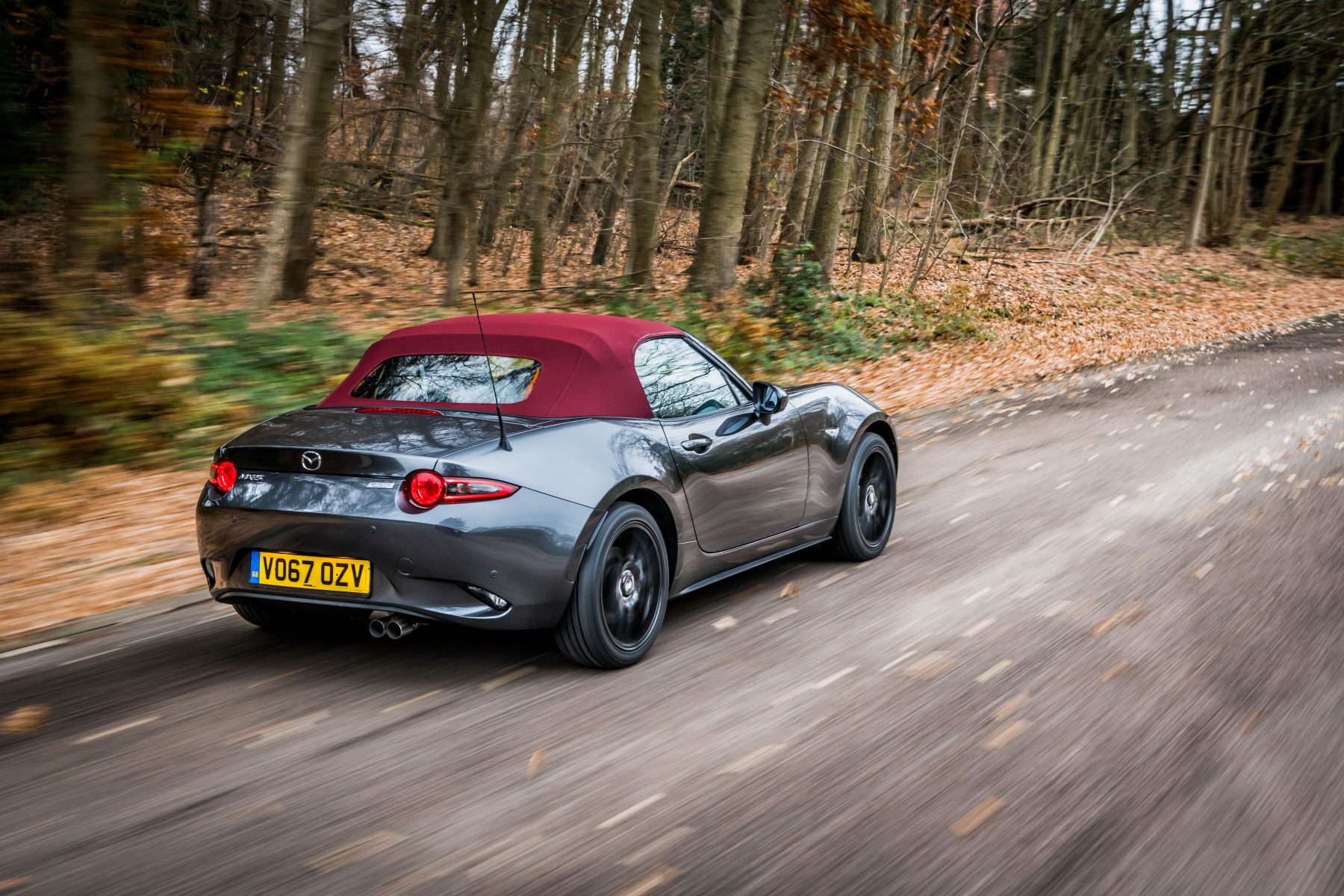 The MX-5 is a bit of an obvious choice when it comes to summer cars. It’s a drop-top, for starters, which means you can fully enjoy the summer sun when it finally arrives. It’s also involving to drive, as well as reliable and relatively cheap to run, too.
The MX-5 is a bit of an obvious choice when it comes to summer cars. It’s a drop-top, for starters, which means you can fully enjoy the summer sun when it finally arrives. It’s also involving to drive, as well as reliable and relatively cheap to run, too. 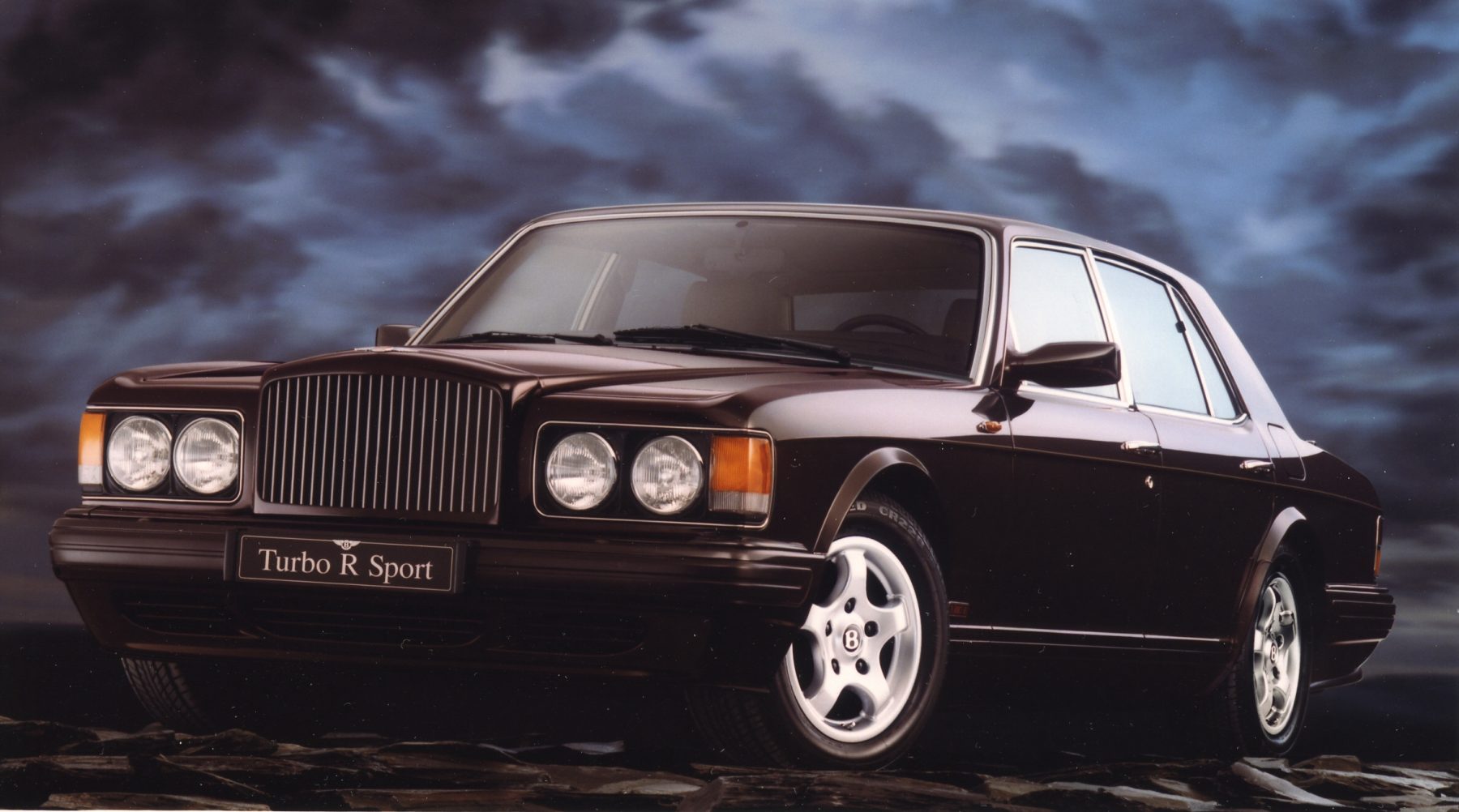 If you’re going to make the most of the summer, then why not do it in style? Enter the Bentley Turbo R. With a 6.7-litre V8 it’s immensely powerful, and will quickly waft you from point A to point B in effortless luxury.
If you’re going to make the most of the summer, then why not do it in style? Enter the Bentley Turbo R. With a 6.7-litre V8 it’s immensely powerful, and will quickly waft you from point A to point B in effortless luxury.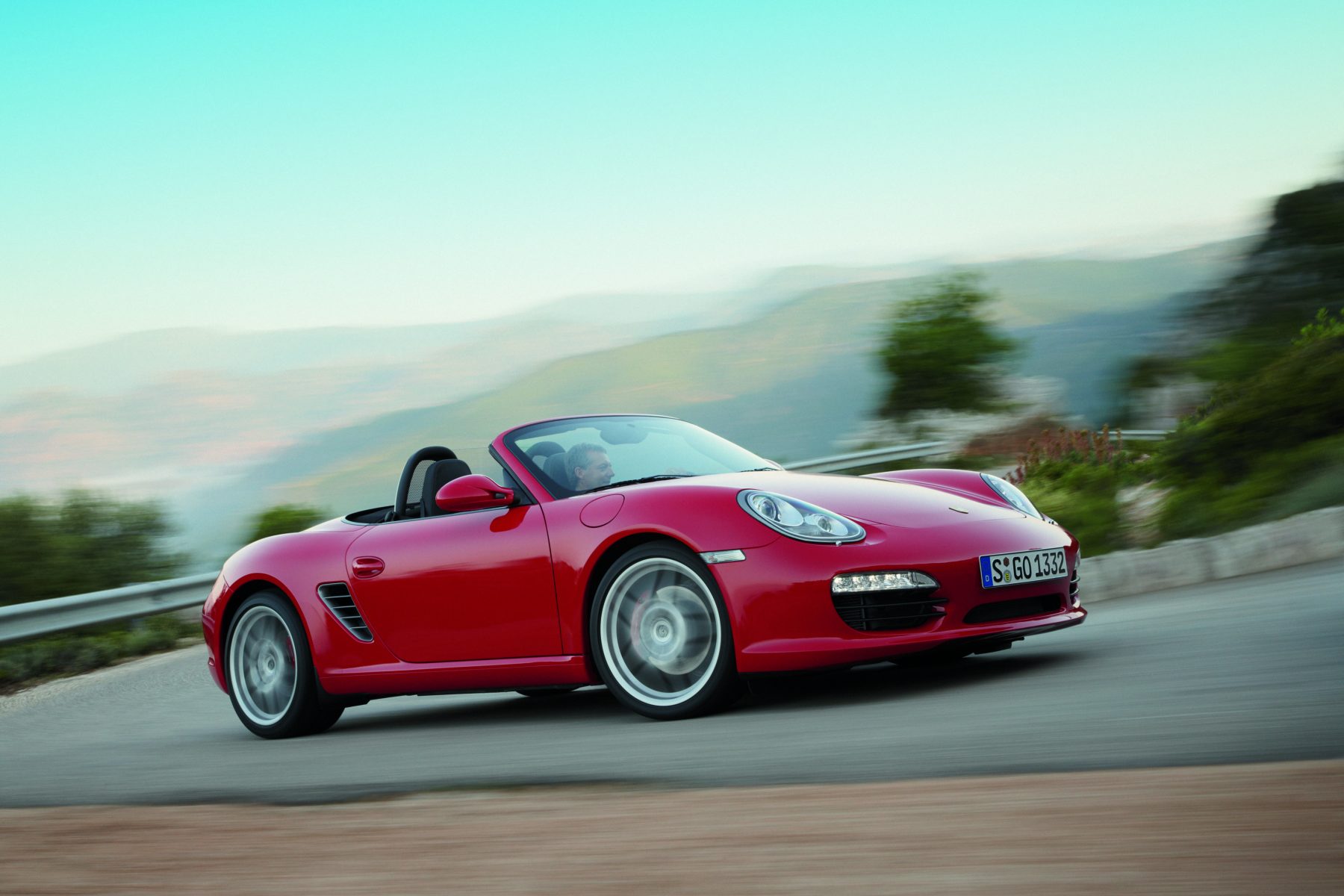 Debuting as the pint-sized Porsche for those who couldn’t quite afford a 911, the Boxster has carved out a fanbase and market all of its own over the course of a 20+ year career to date.
Debuting as the pint-sized Porsche for those who couldn’t quite afford a 911, the Boxster has carved out a fanbase and market all of its own over the course of a 20+ year career to date. 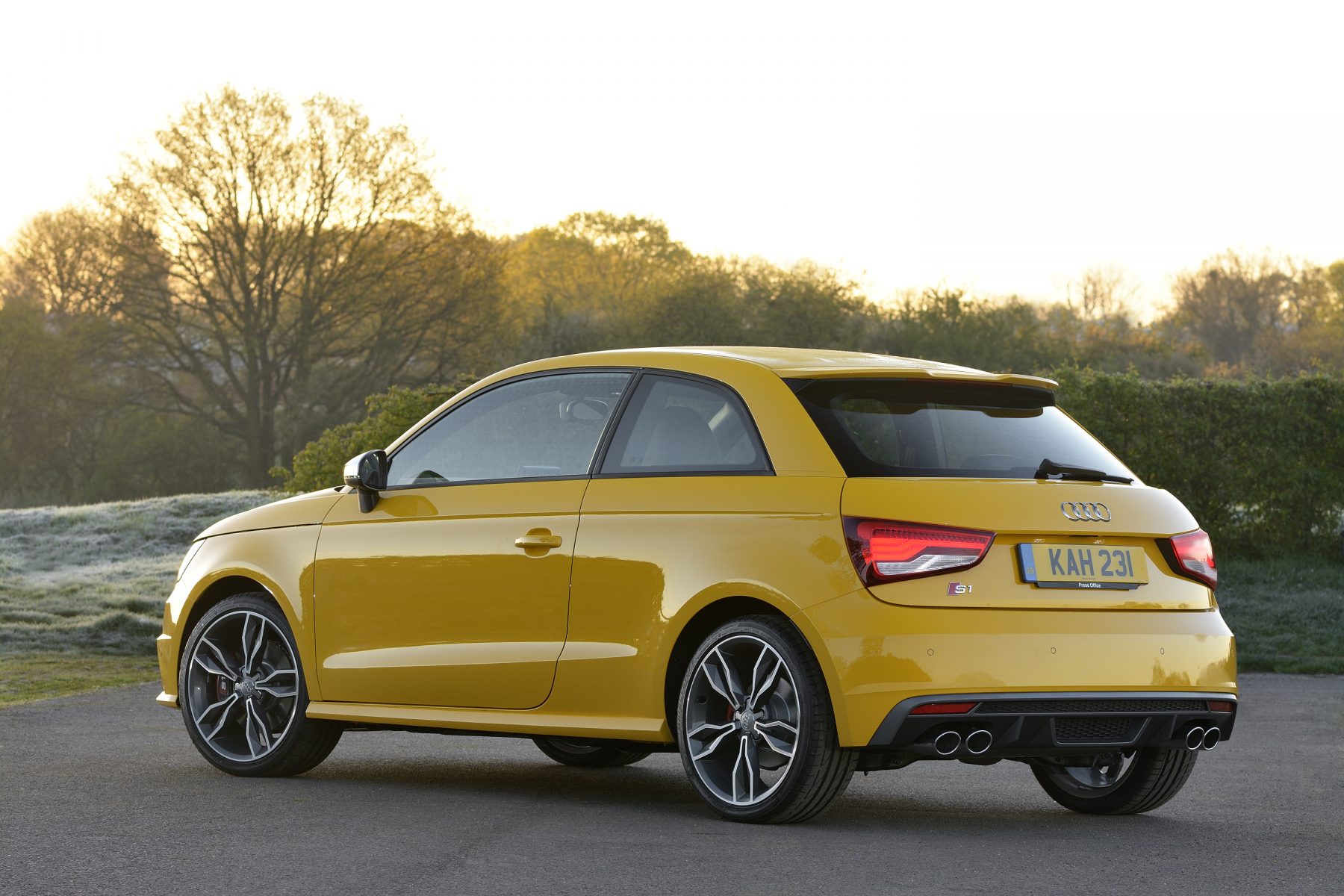 Audi’s pocket-sized A1 may have been the last car people expected the German firm to give its ‘S’ treatment to, but it did – resulting in the S1. With a 2.0-litre engine under the bonnet giving 227bhp to play with, its performance far exceed what its cutesy looks would lead you to believe.
Audi’s pocket-sized A1 may have been the last car people expected the German firm to give its ‘S’ treatment to, but it did – resulting in the S1. With a 2.0-litre engine under the bonnet giving 227bhp to play with, its performance far exceed what its cutesy looks would lead you to believe. 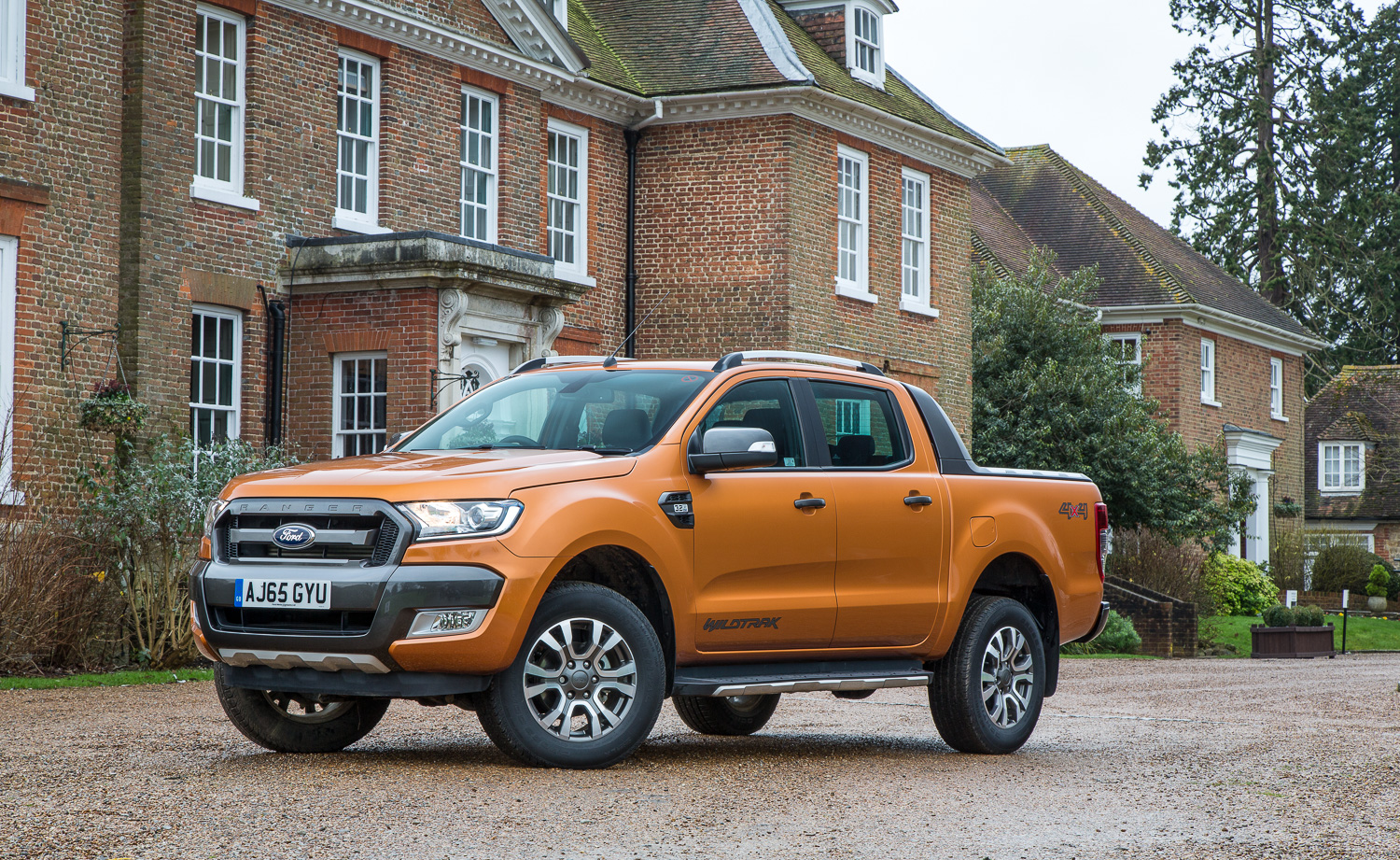 A pick-up is always an enjoyable mode of summertime transport, and the Ford Ranger Wildtrak is a great option. It’s big, brash and in-your-face, but that’s what you’d expect from a big pick-up truck.
A pick-up is always an enjoyable mode of summertime transport, and the Ford Ranger Wildtrak is a great option. It’s big, brash and in-your-face, but that’s what you’d expect from a big pick-up truck.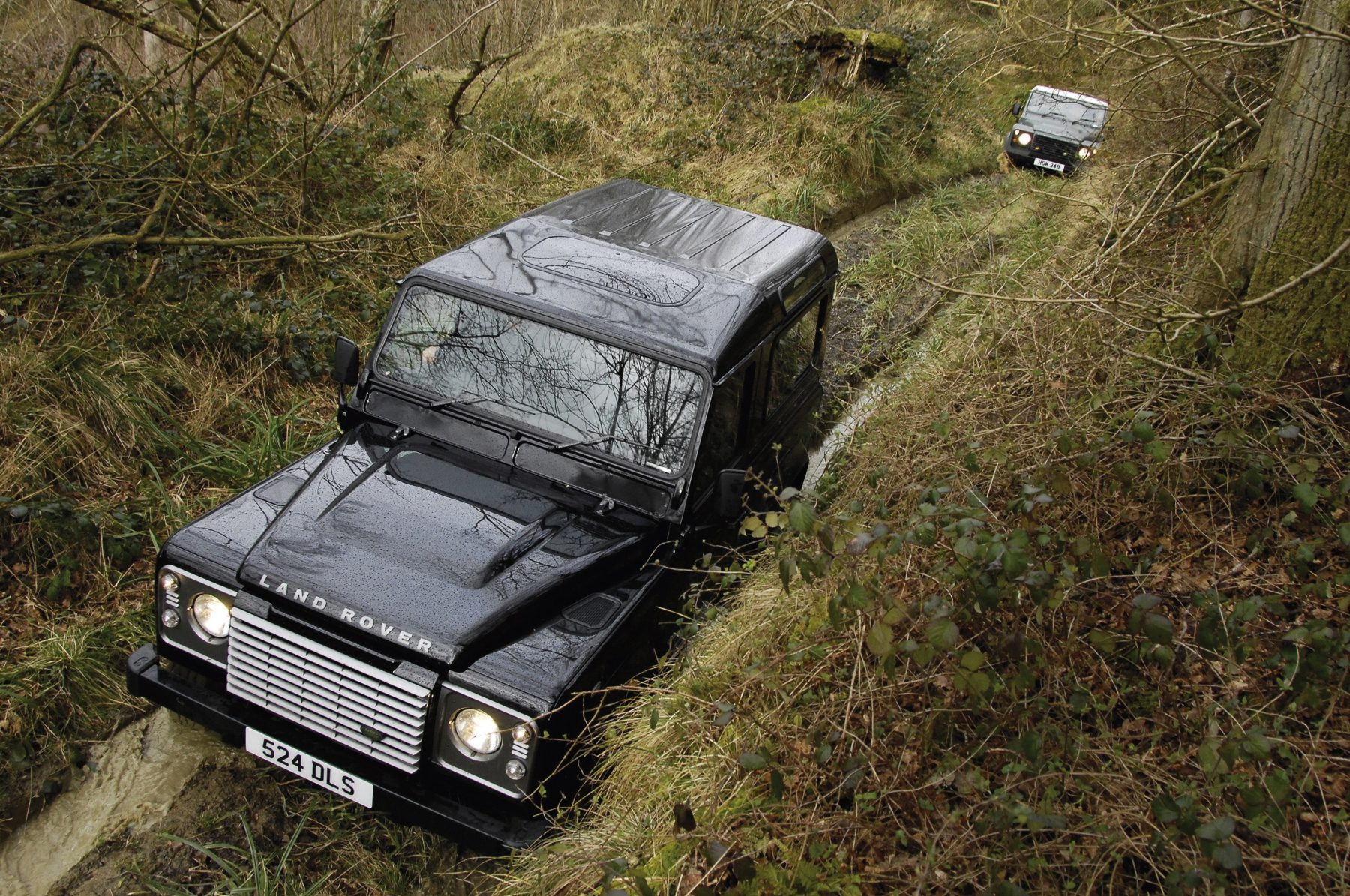 In truth, the Defender is perhaps the car for all weather, but it certainly suits the sun. At under £15,000 you can find quite a few factory-spec vehicles, many of which are currently geared more for commercial use, as well as many examples that have been tastefully modified by previous owners.
In truth, the Defender is perhaps the car for all weather, but it certainly suits the sun. At under £15,000 you can find quite a few factory-spec vehicles, many of which are currently geared more for commercial use, as well as many examples that have been tastefully modified by previous owners. 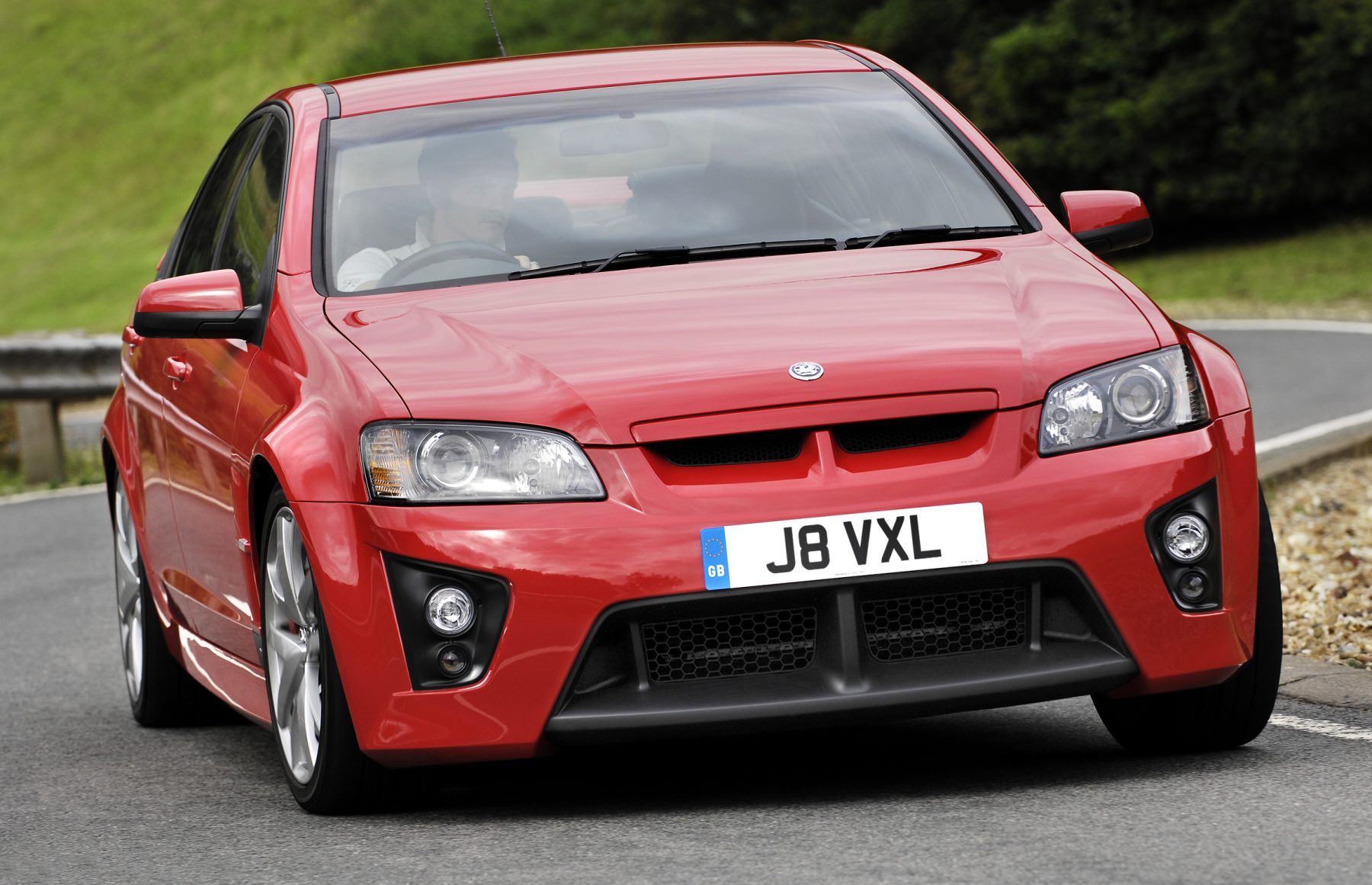 As many may already know, the VXR8 is a Vauxhall in name only. The reality is this car is a production of General Motors’ Australian subsidy Holden, more specifically, its Holden Special Vehicles (HSV) performance division. This lump of Aussie muscle borrows the 6.2-litre V8 from a Chevrolet Corvette, with 430bhp on tap.
As many may already know, the VXR8 is a Vauxhall in name only. The reality is this car is a production of General Motors’ Australian subsidy Holden, more specifically, its Holden Special Vehicles (HSV) performance division. This lump of Aussie muscle borrows the 6.2-litre V8 from a Chevrolet Corvette, with 430bhp on tap.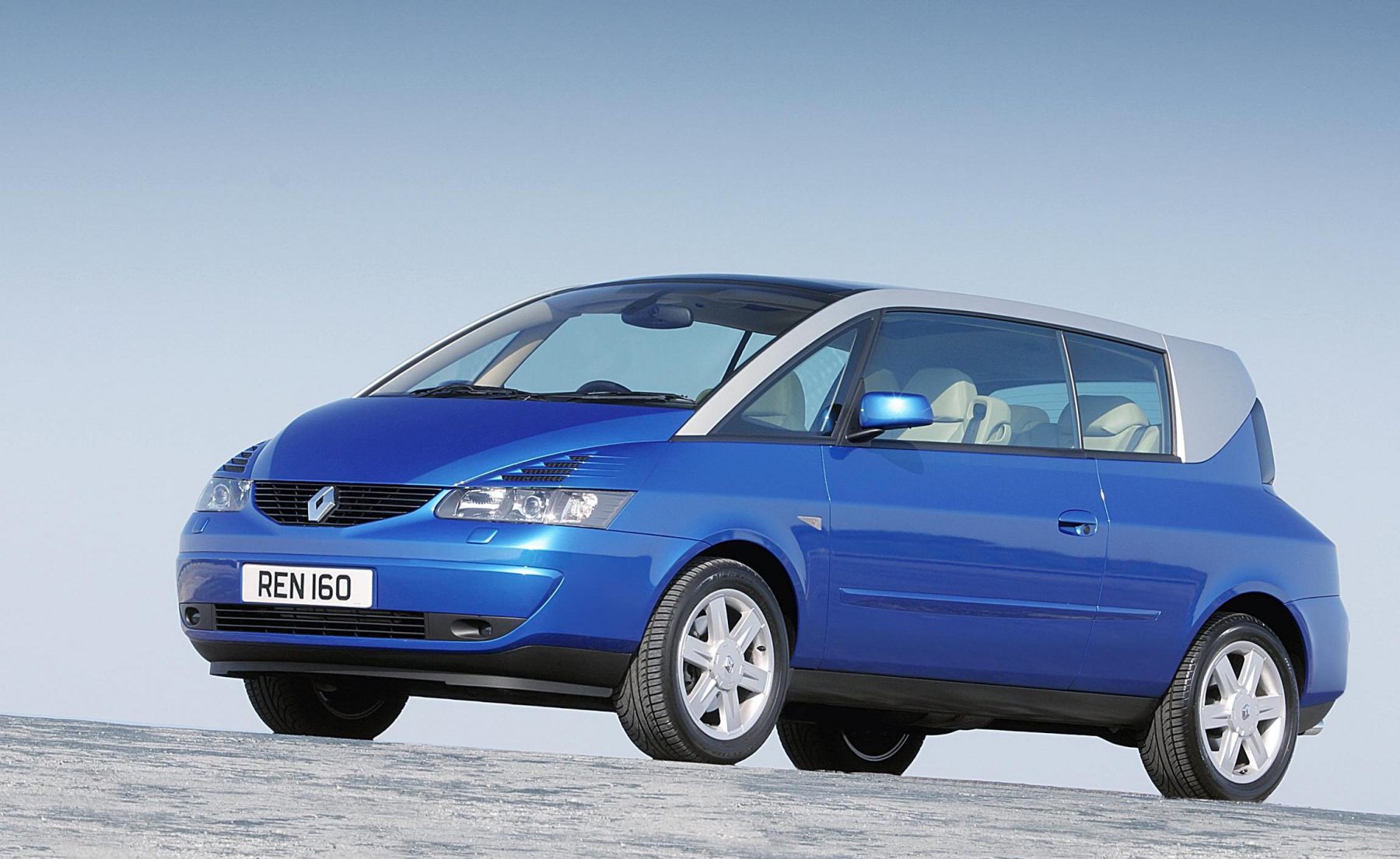 Is an MPV really a summer car? In this instance, absolutely.
Is an MPV really a summer car? In this instance, absolutely. 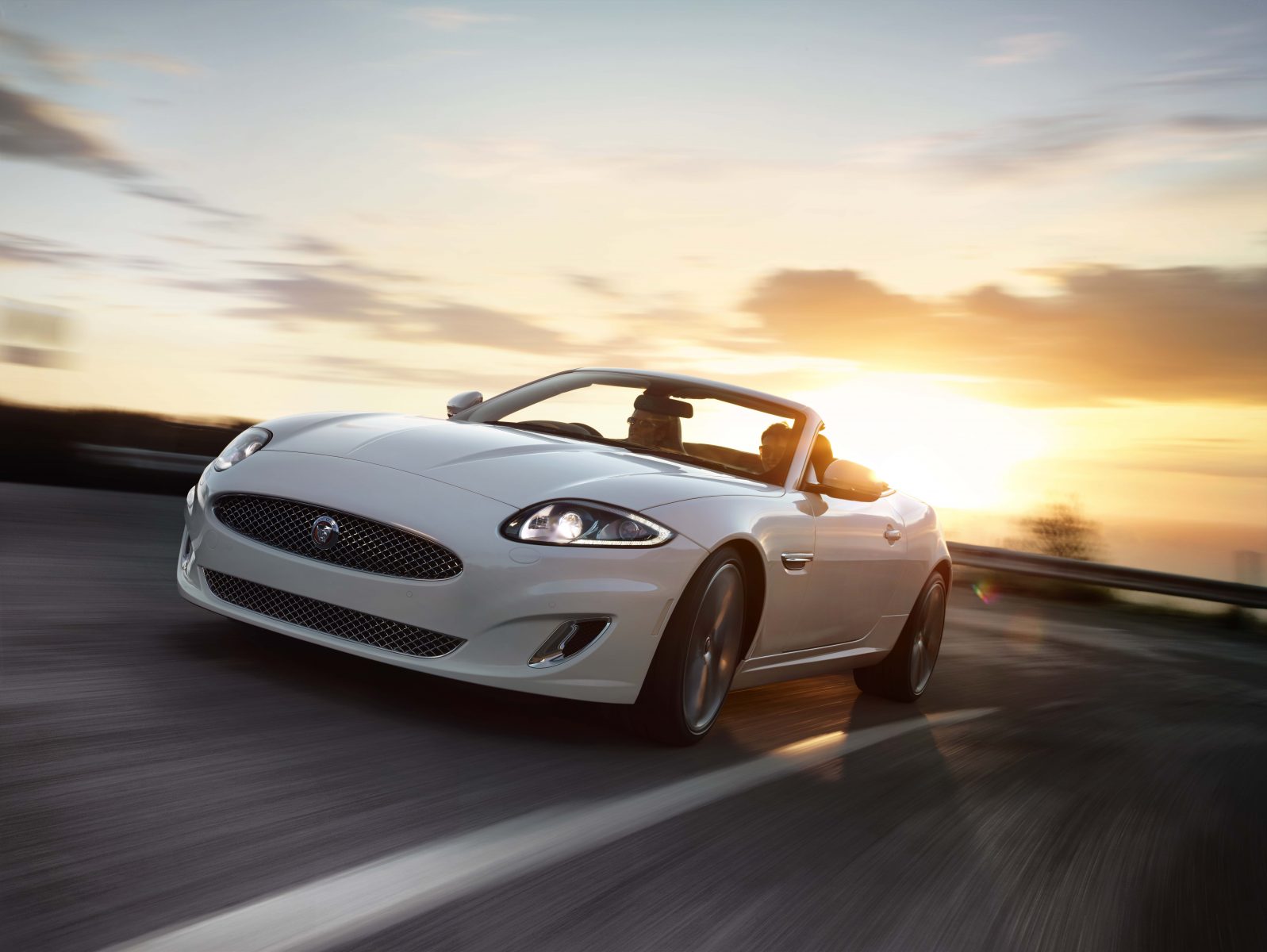 What would such a list be without a V8, drop-top sports car?
What would such a list be without a V8, drop-top sports car?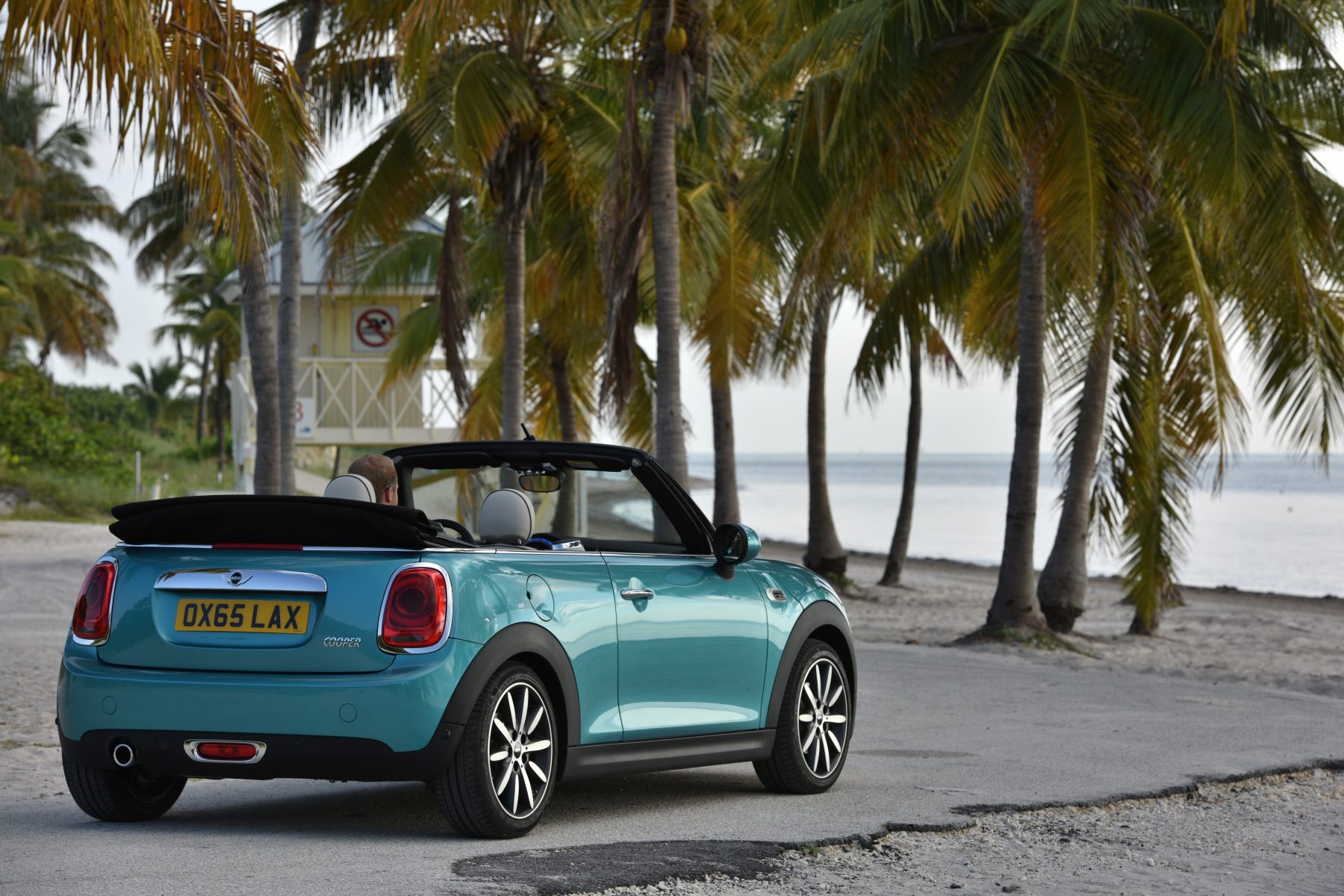 If you want something chic that suits the city, look no further than the Mini.
If you want something chic that suits the city, look no further than the Mini. 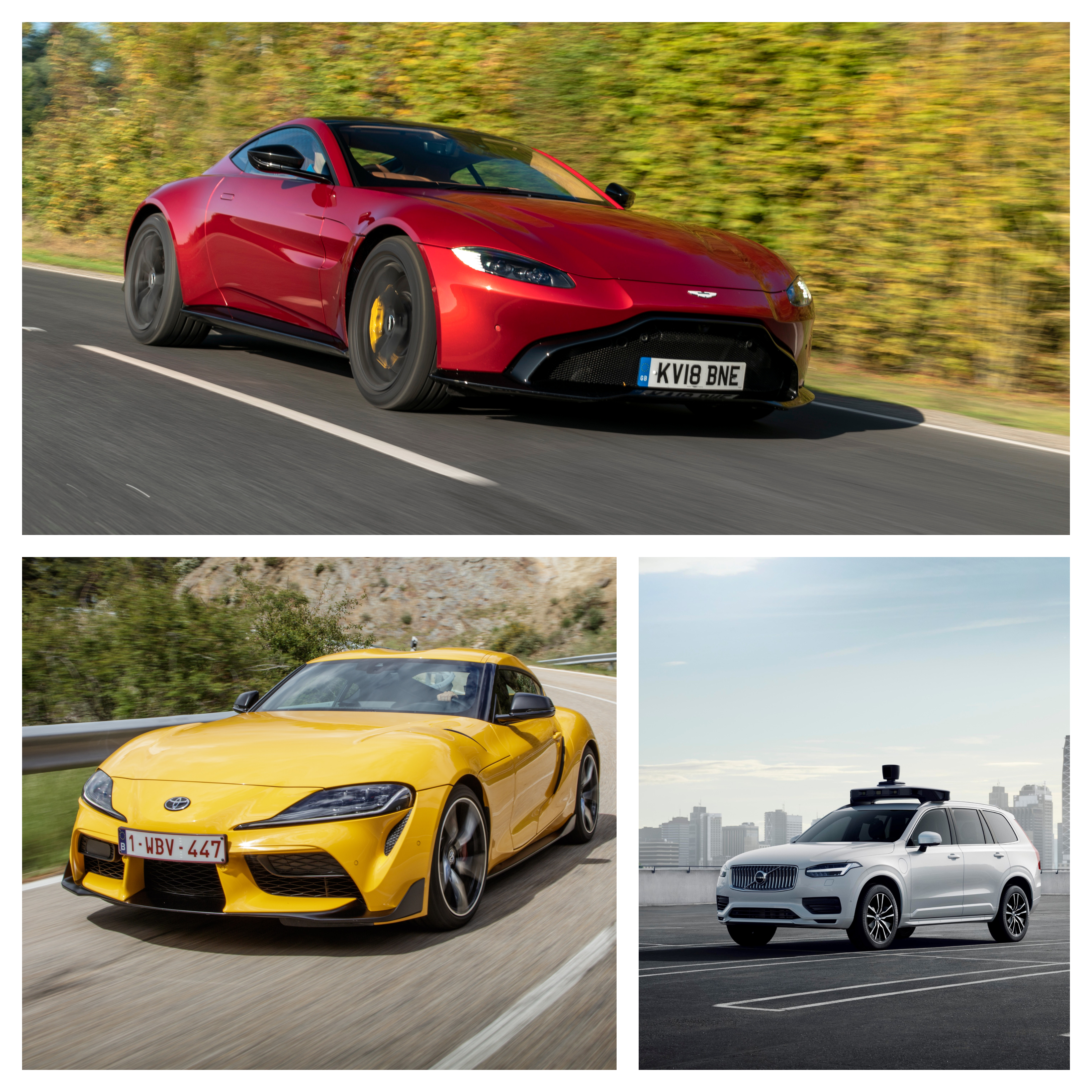
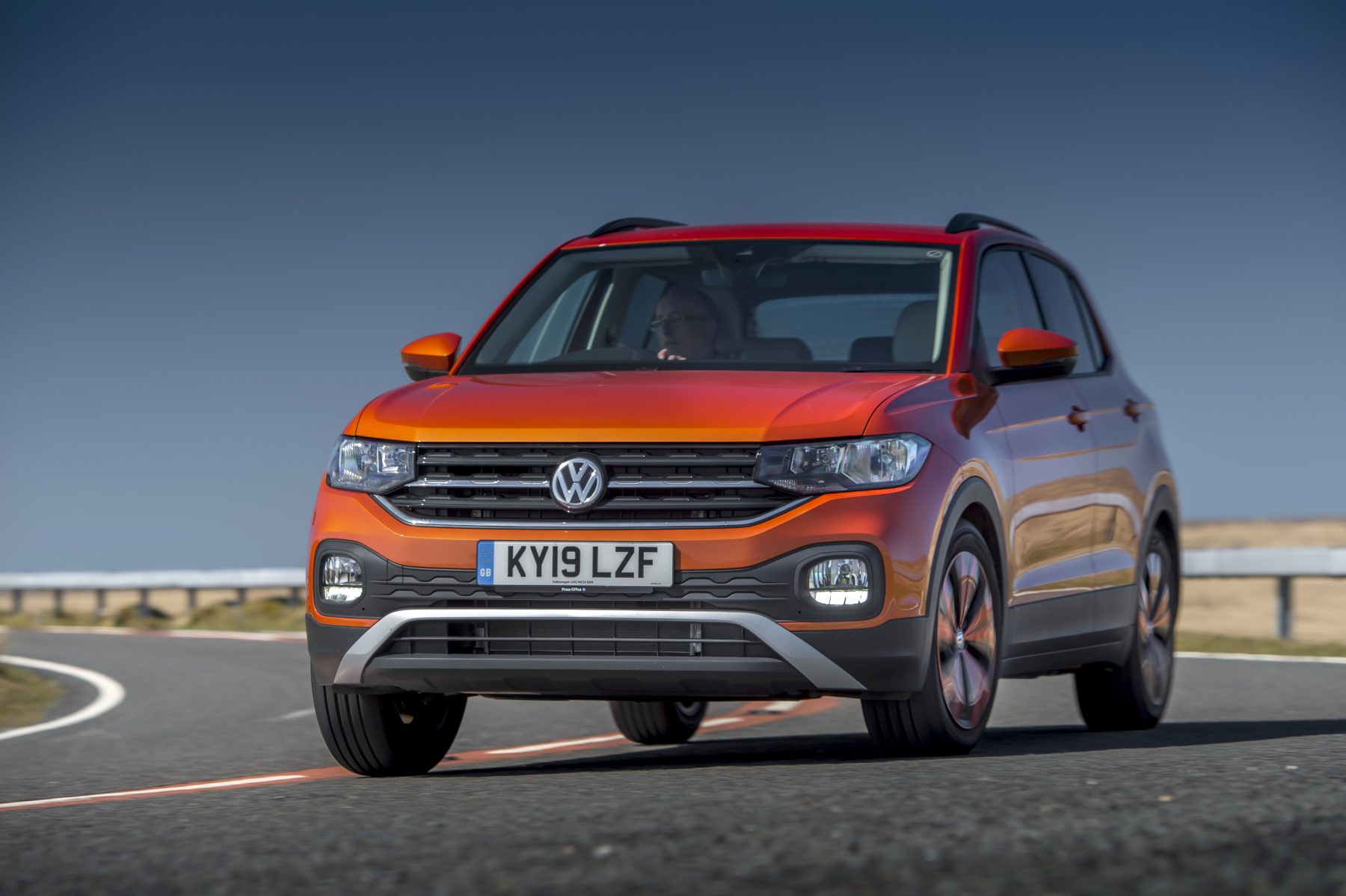

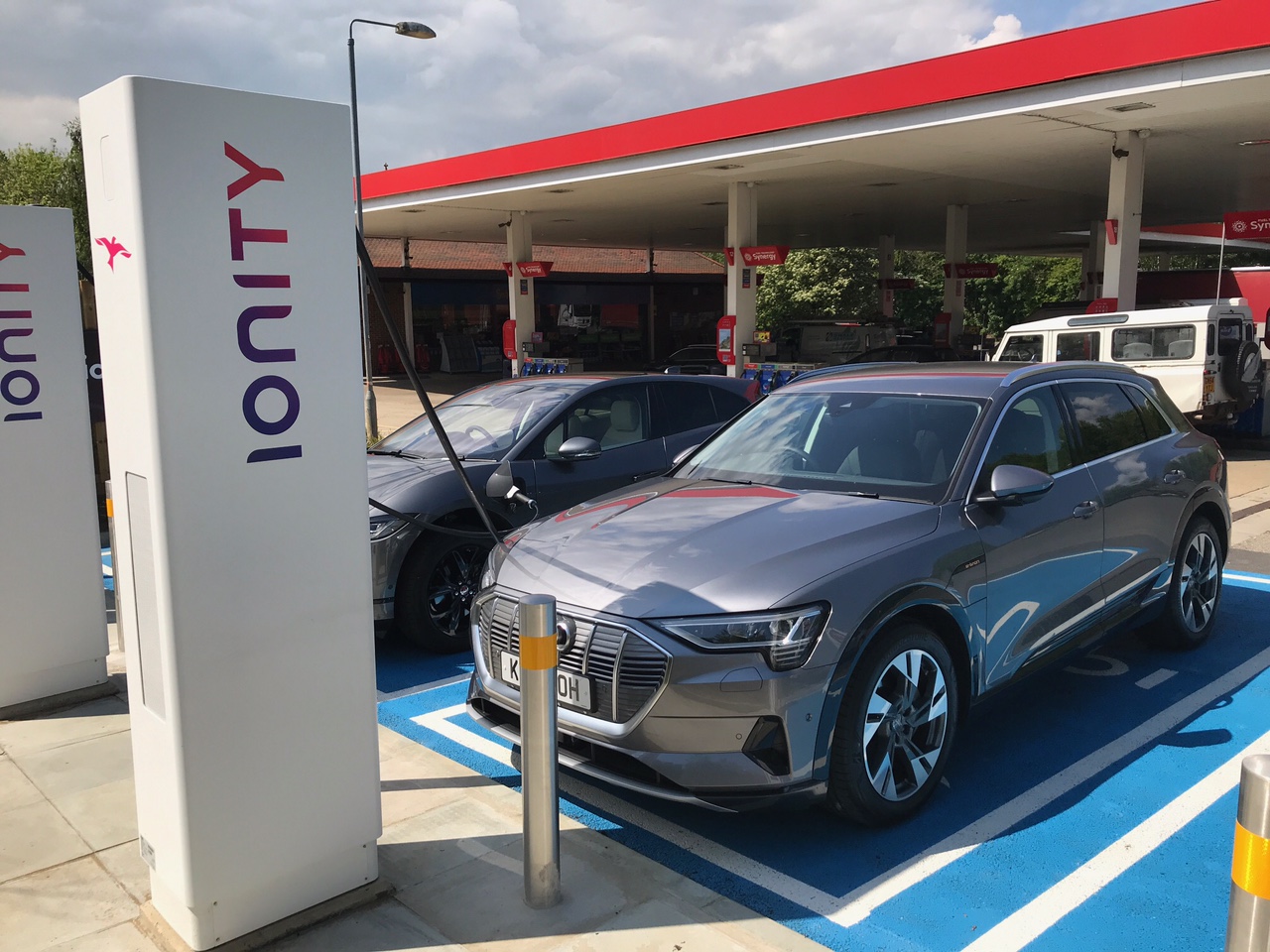
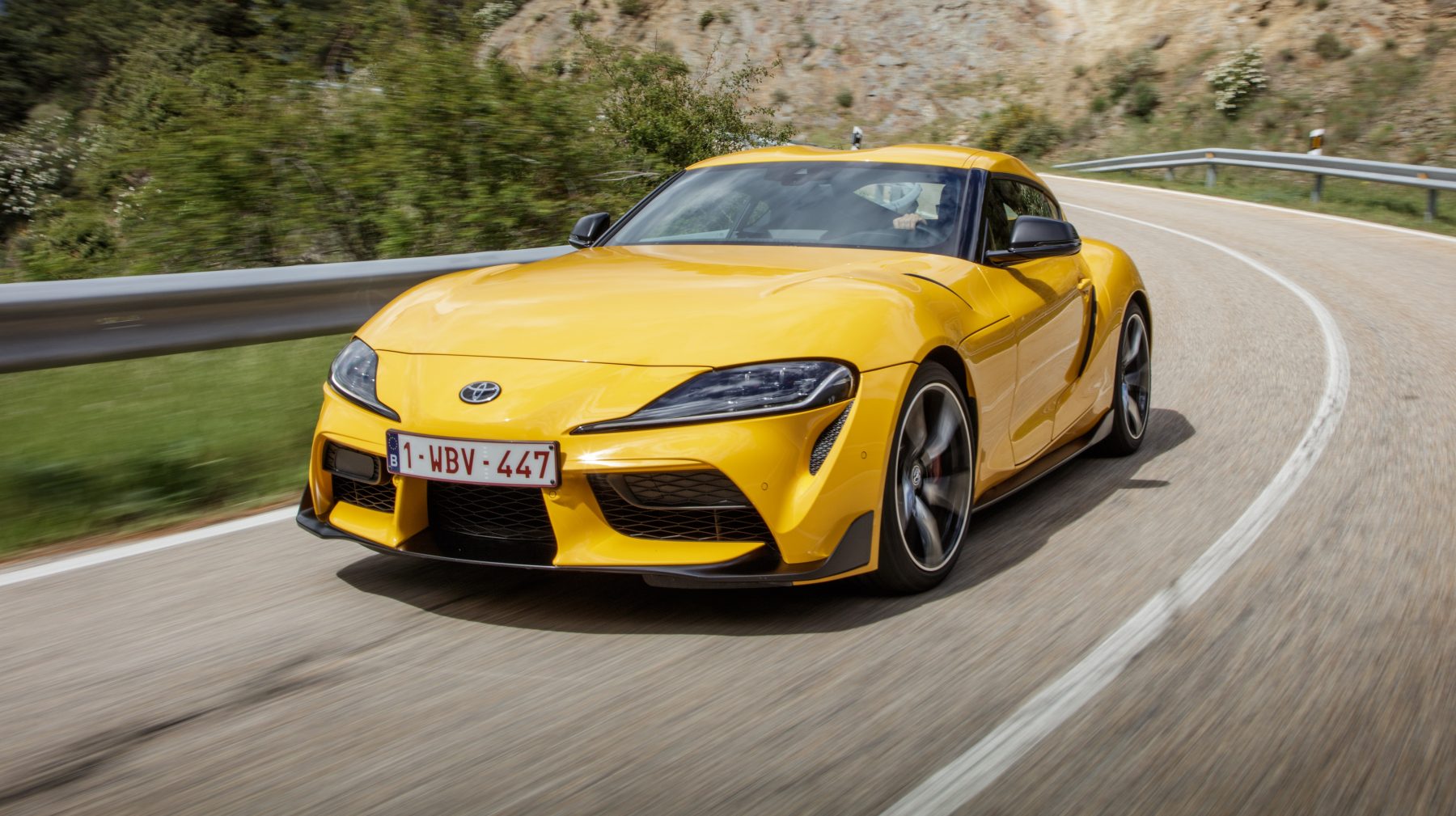
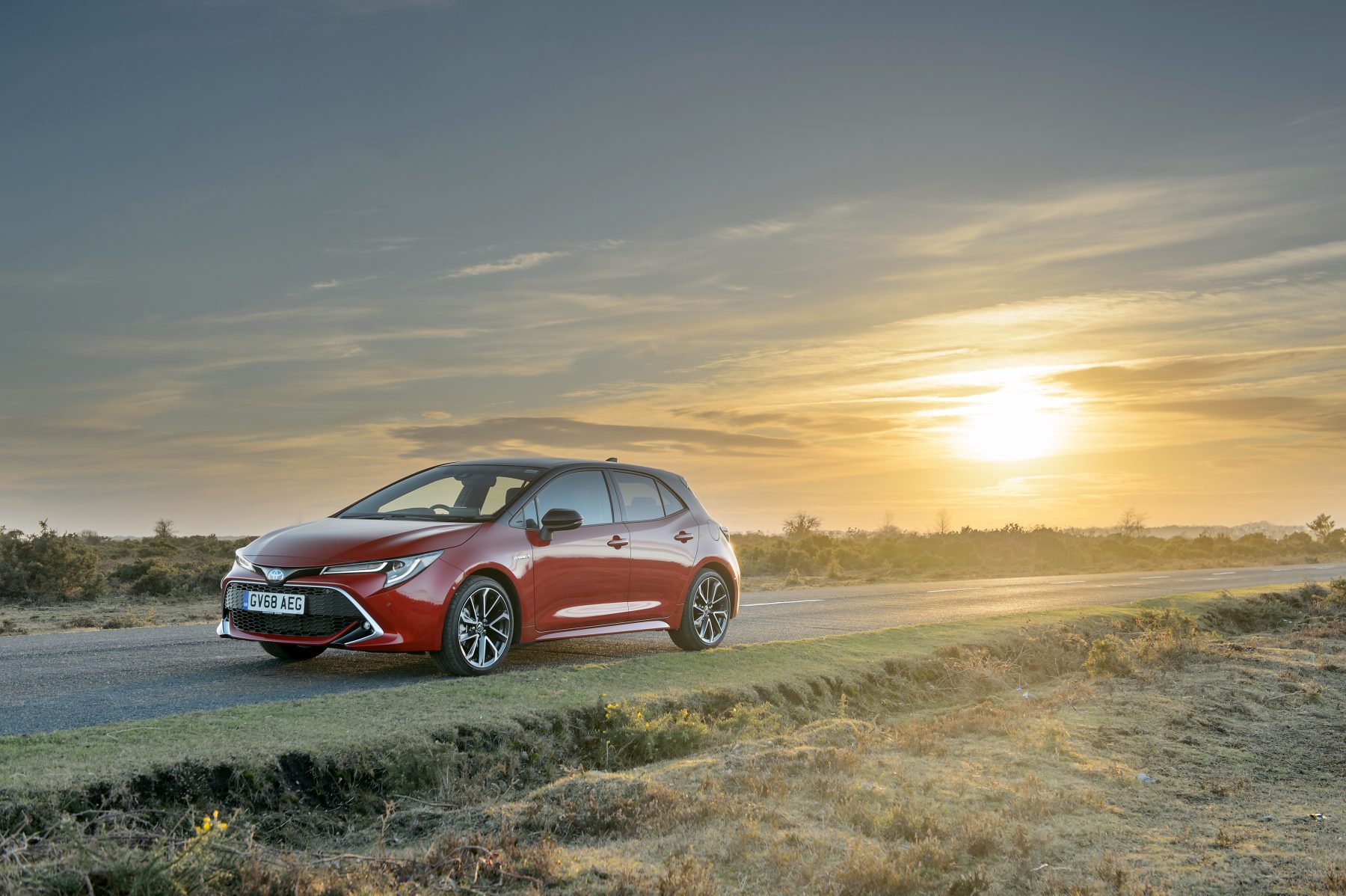

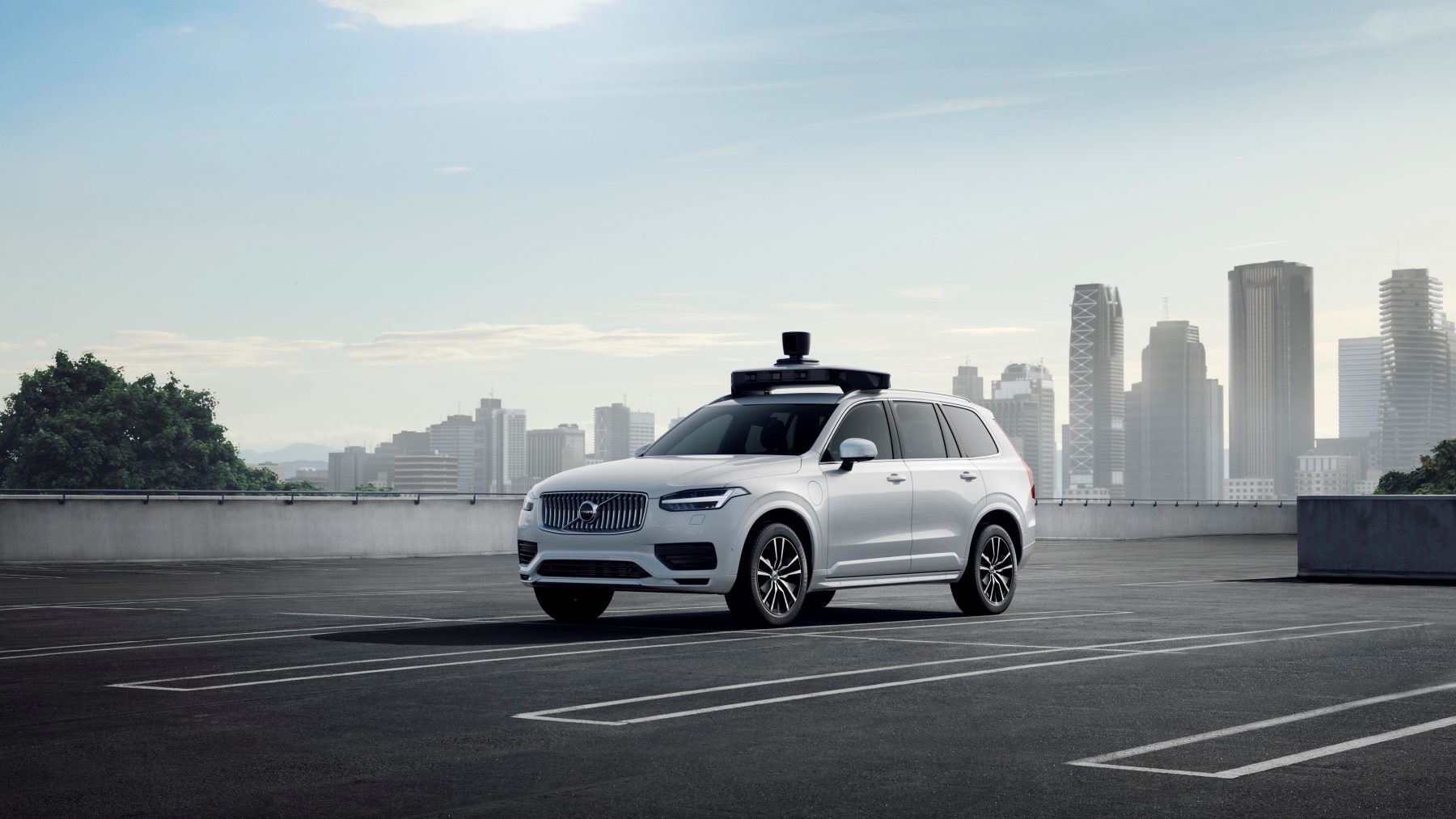

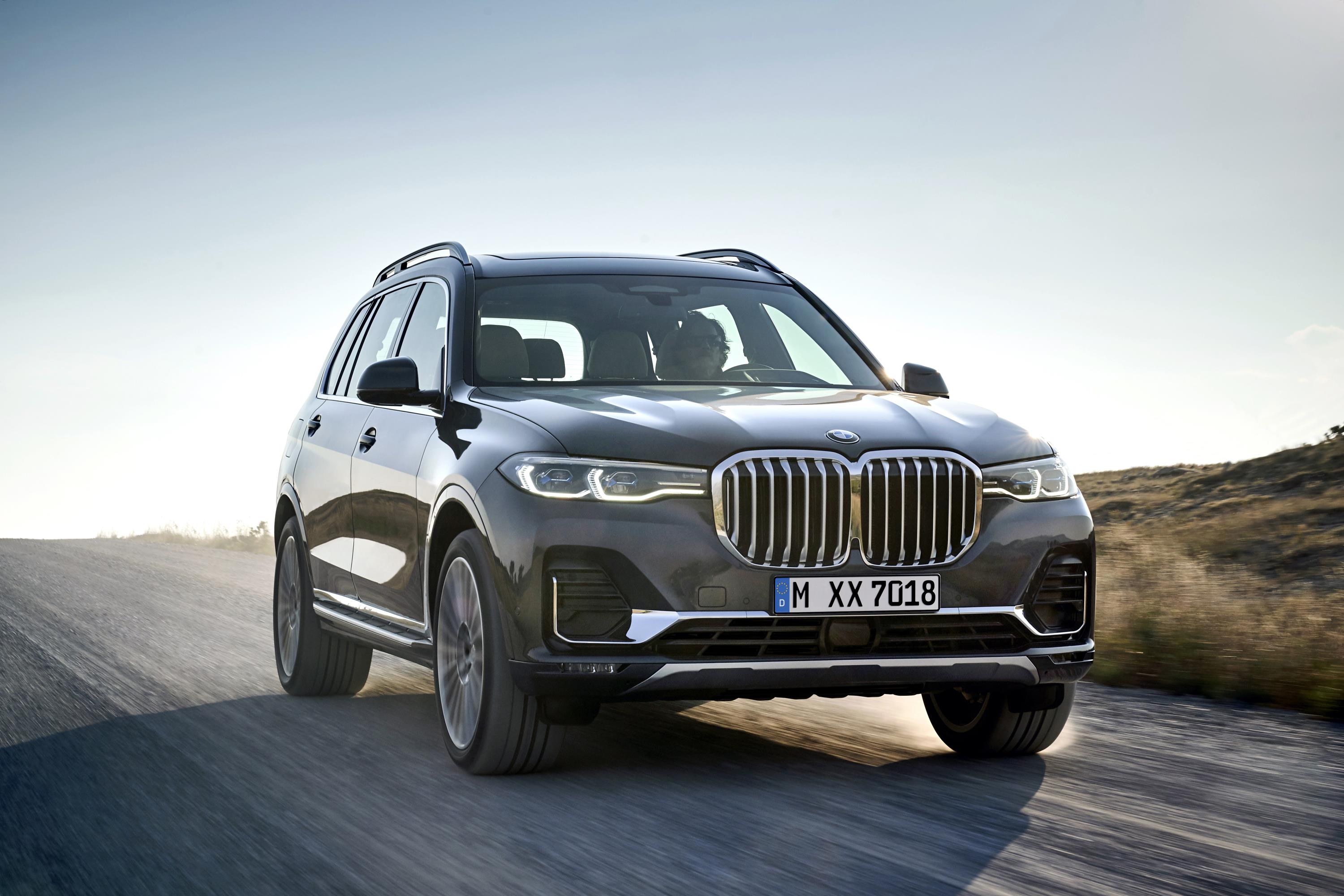
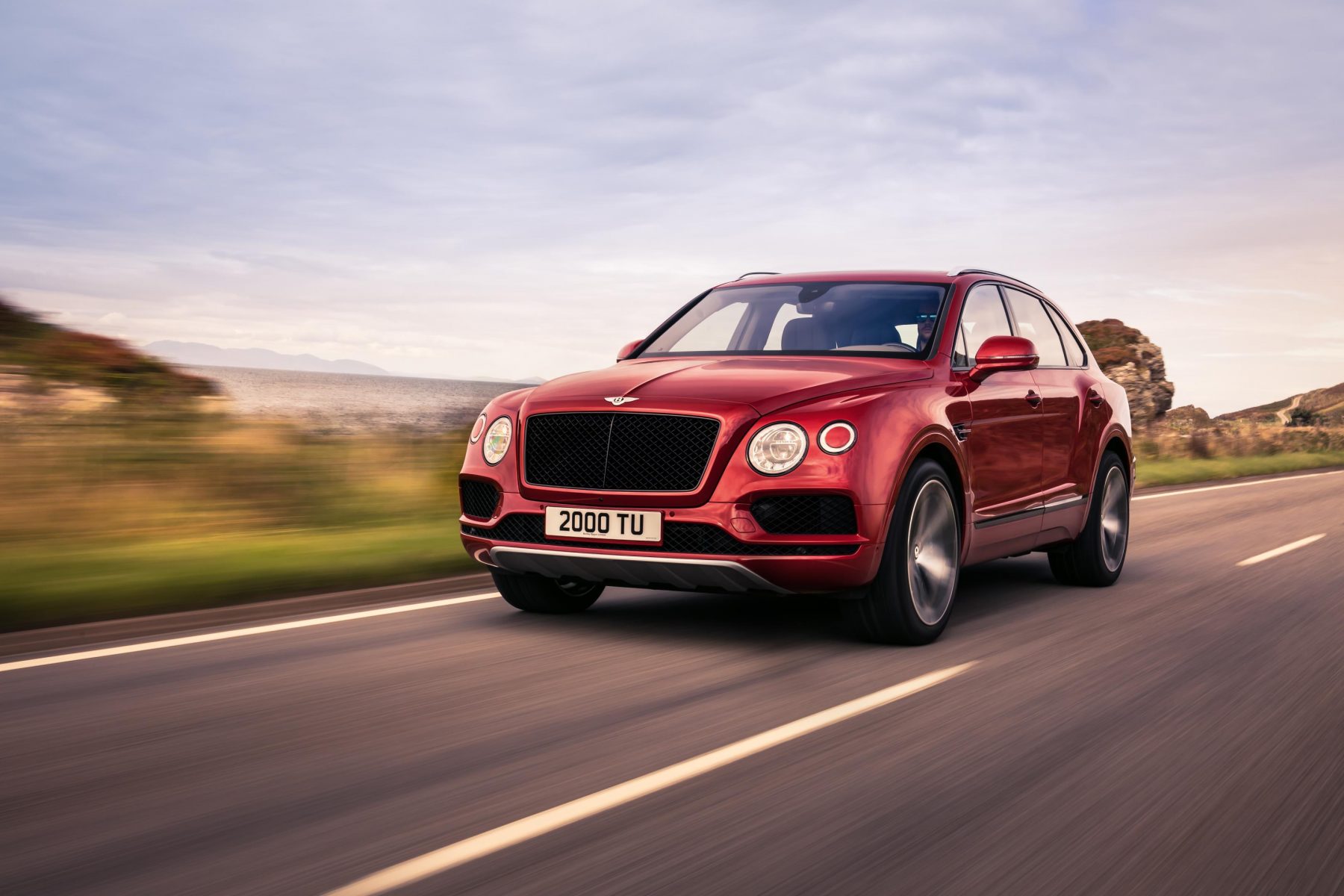
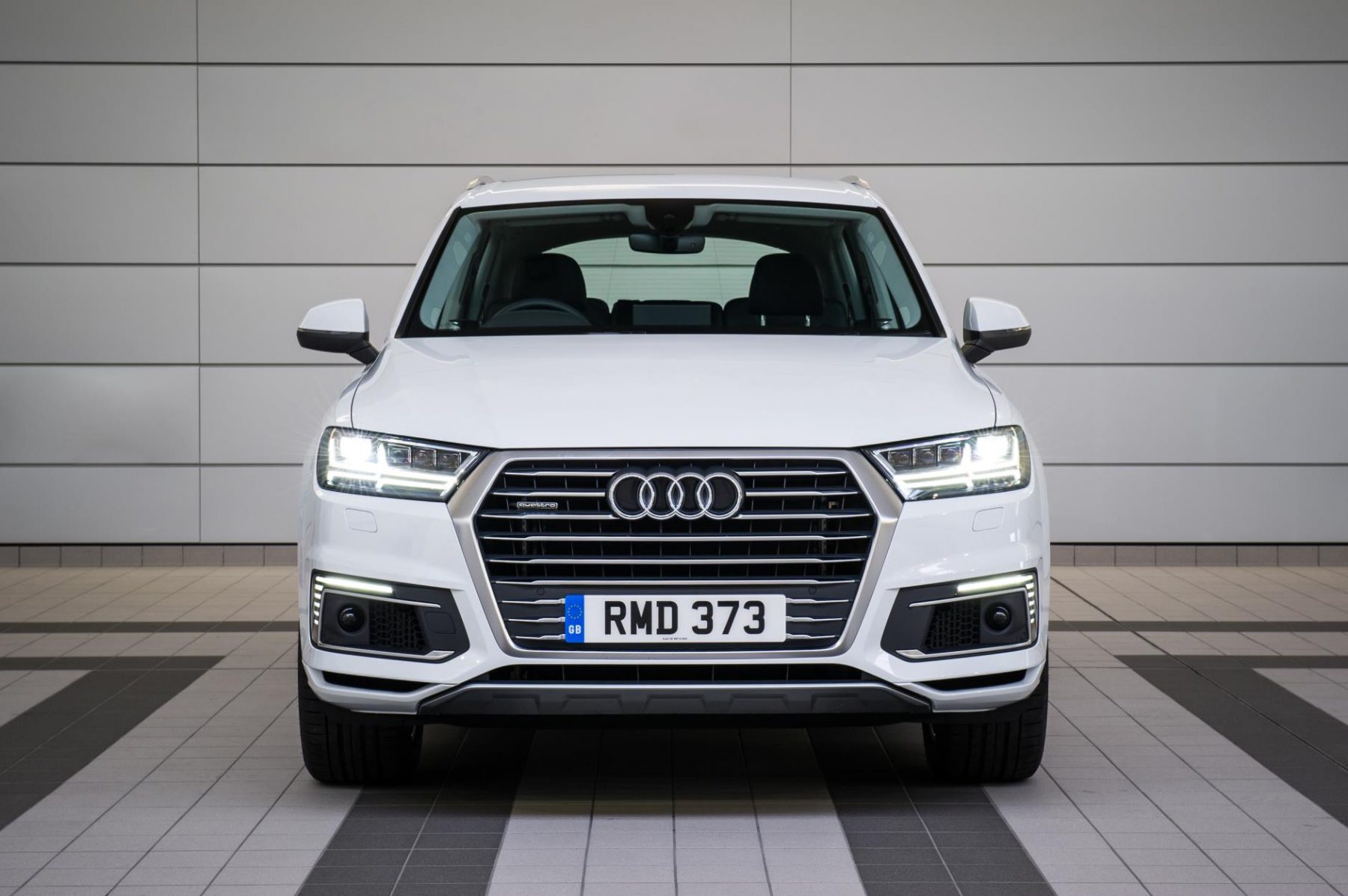

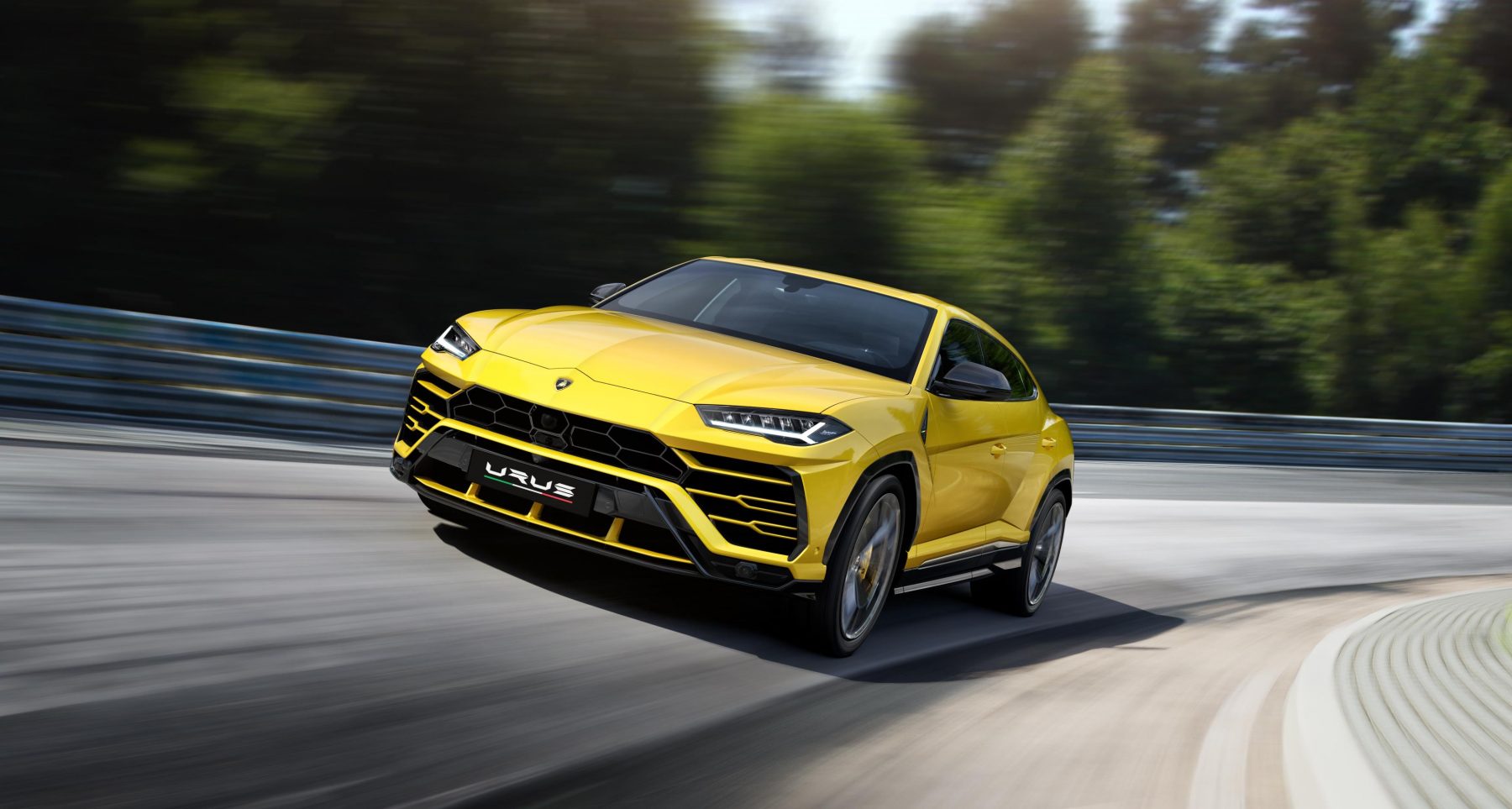
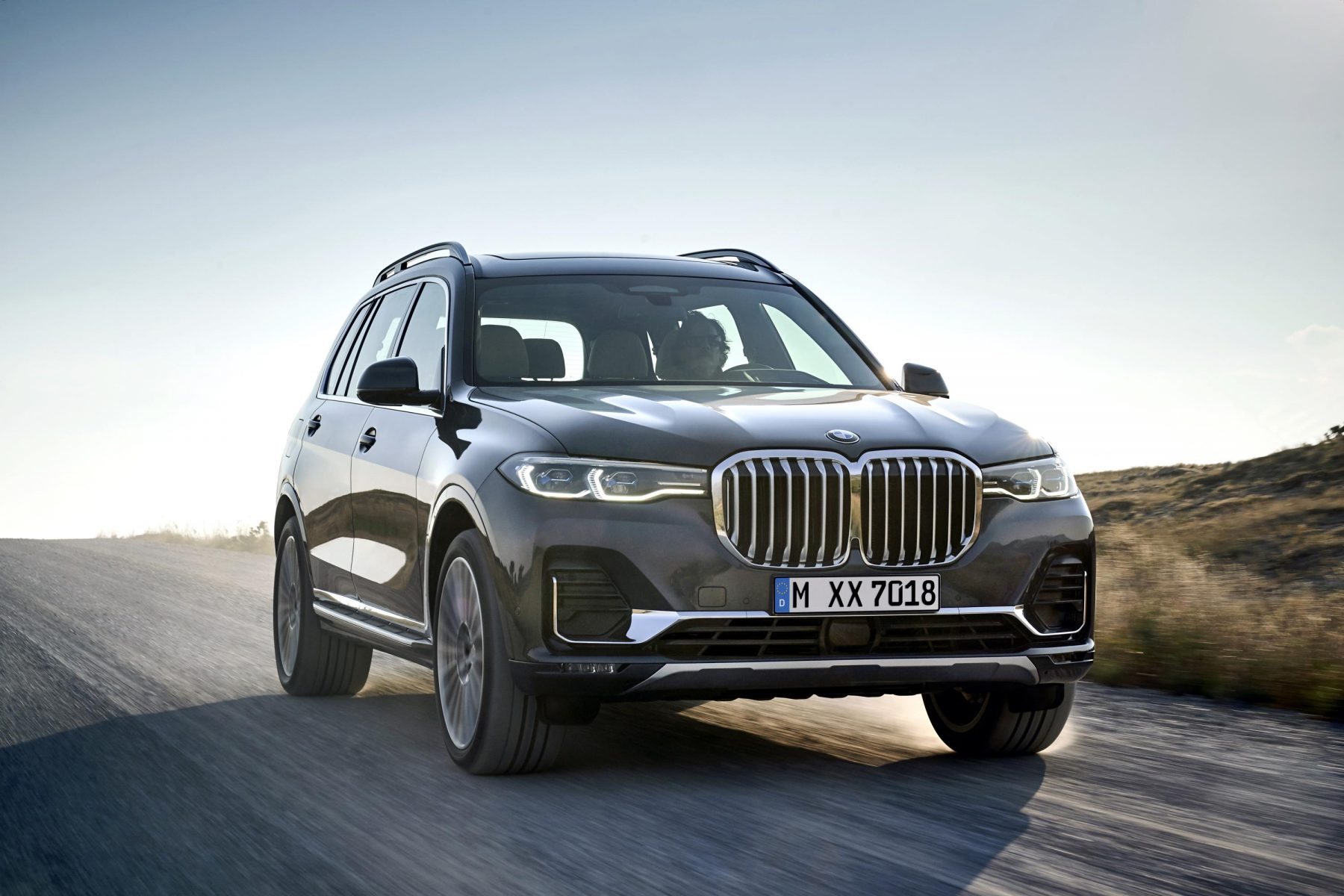
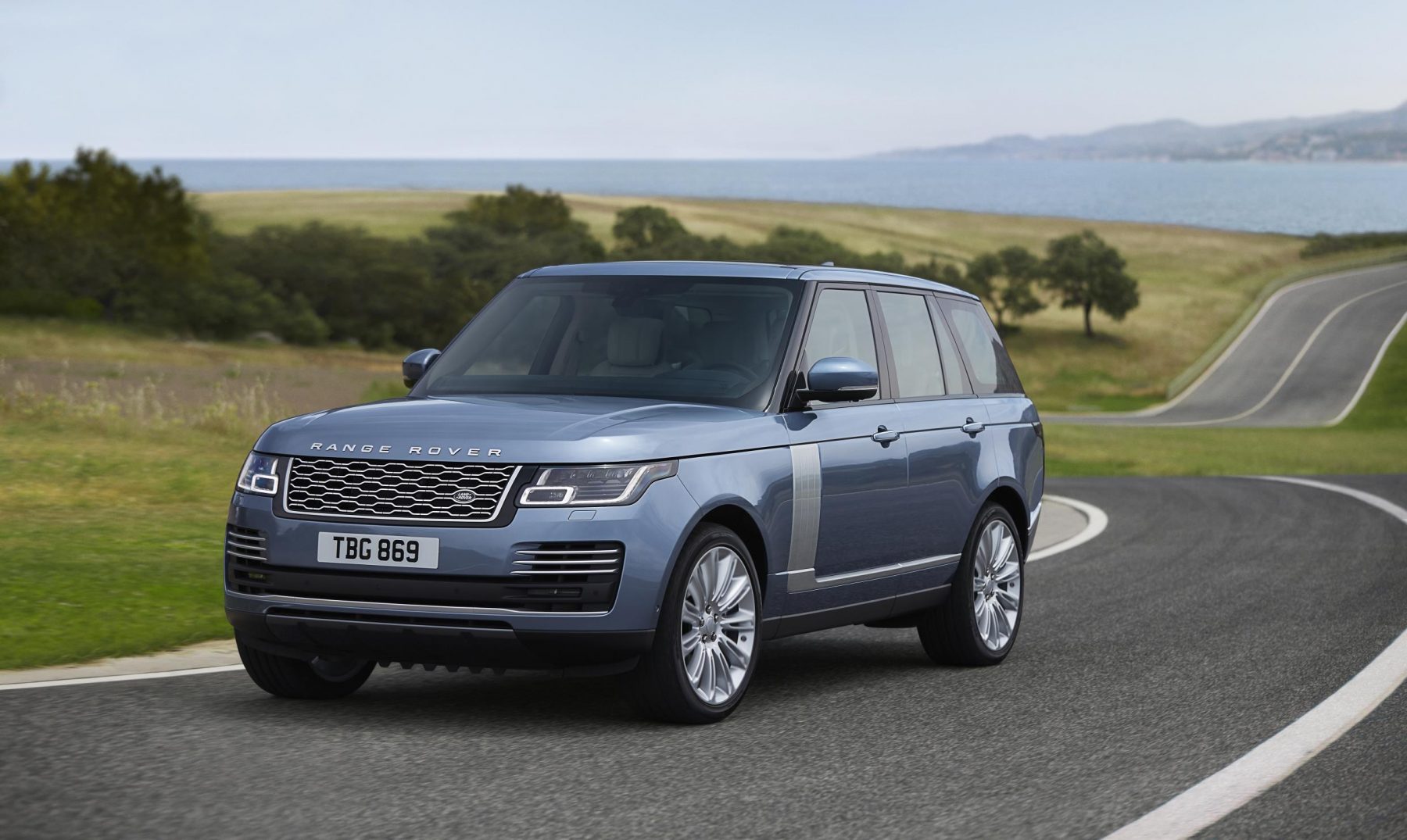
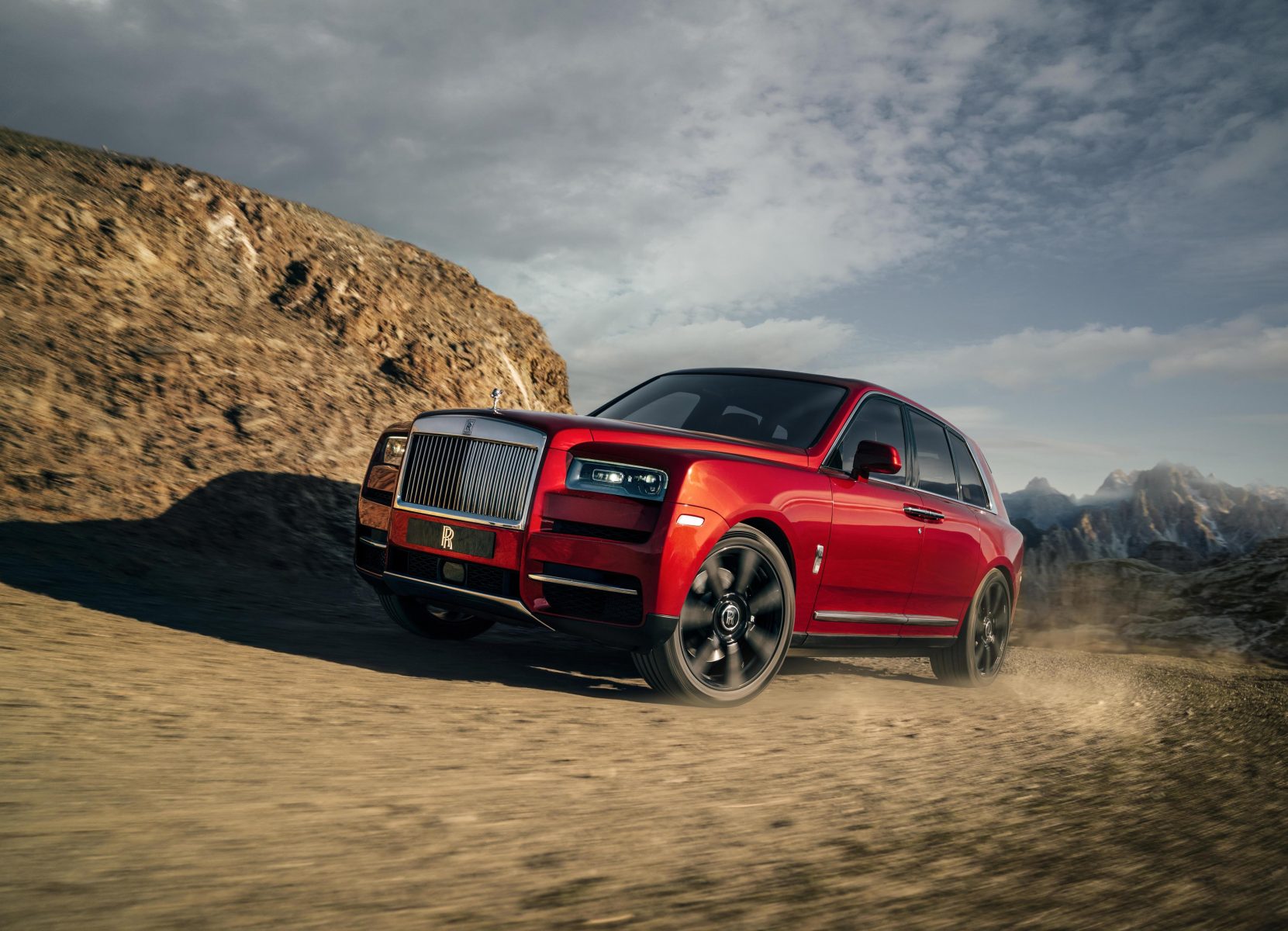

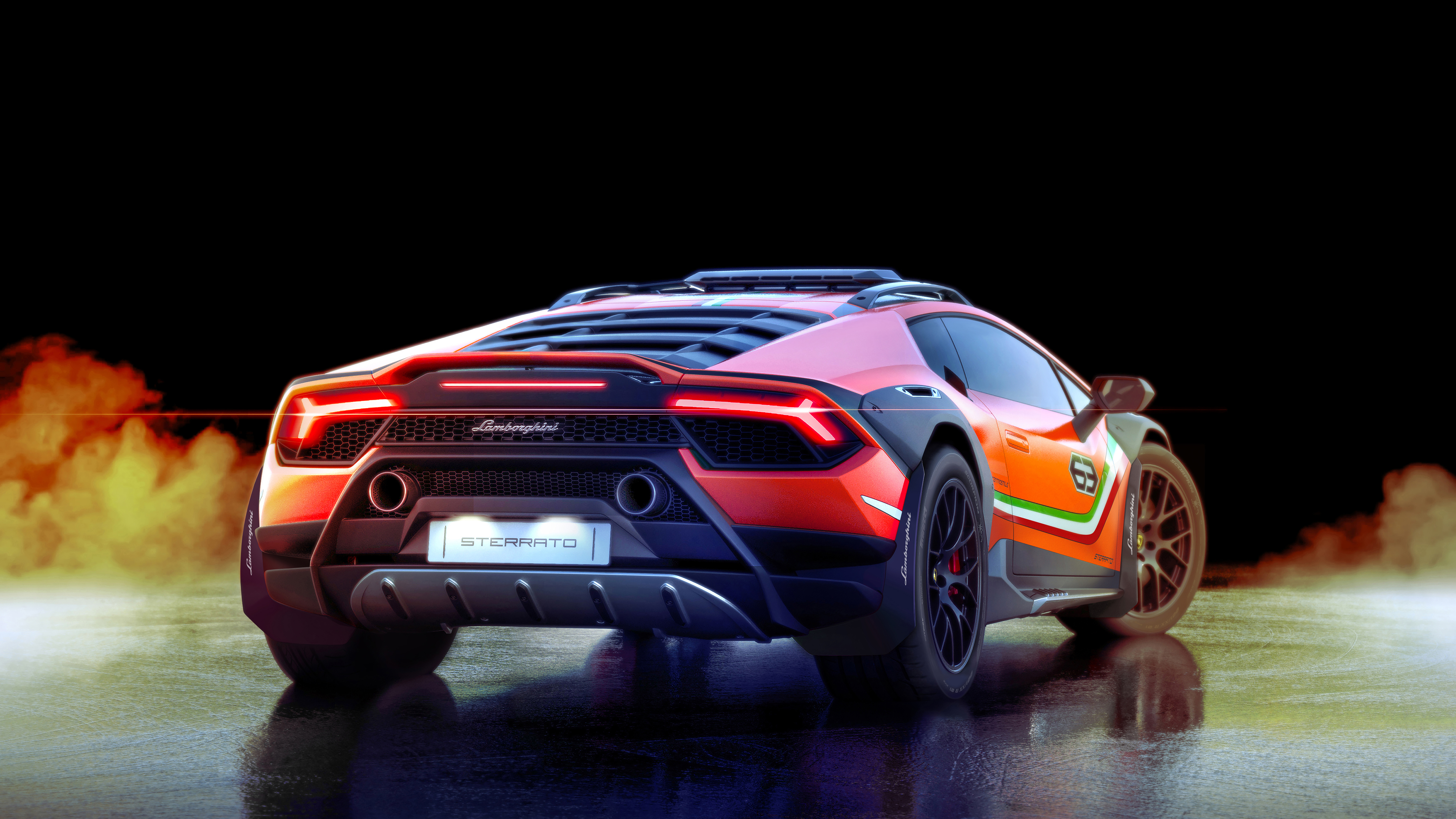
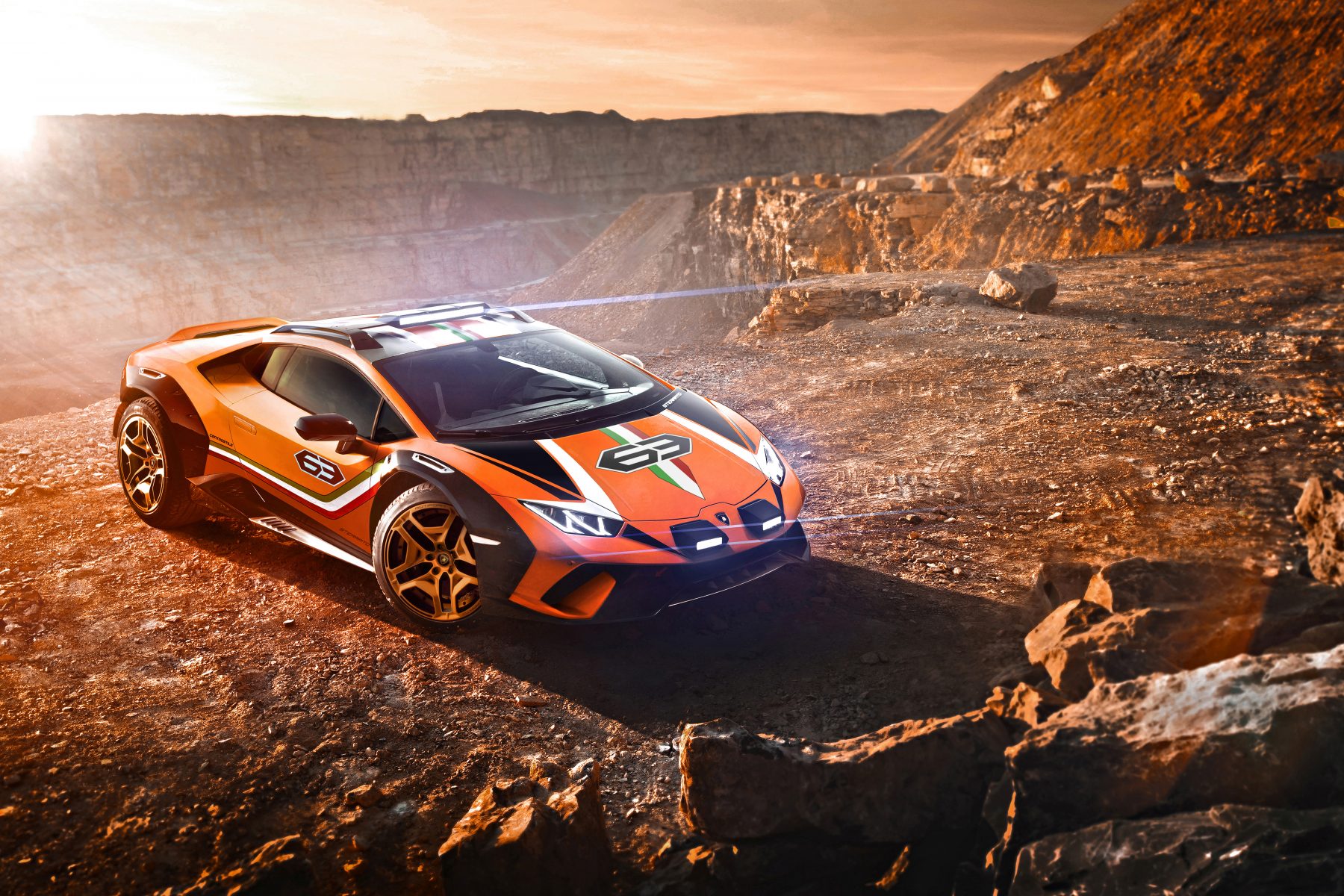
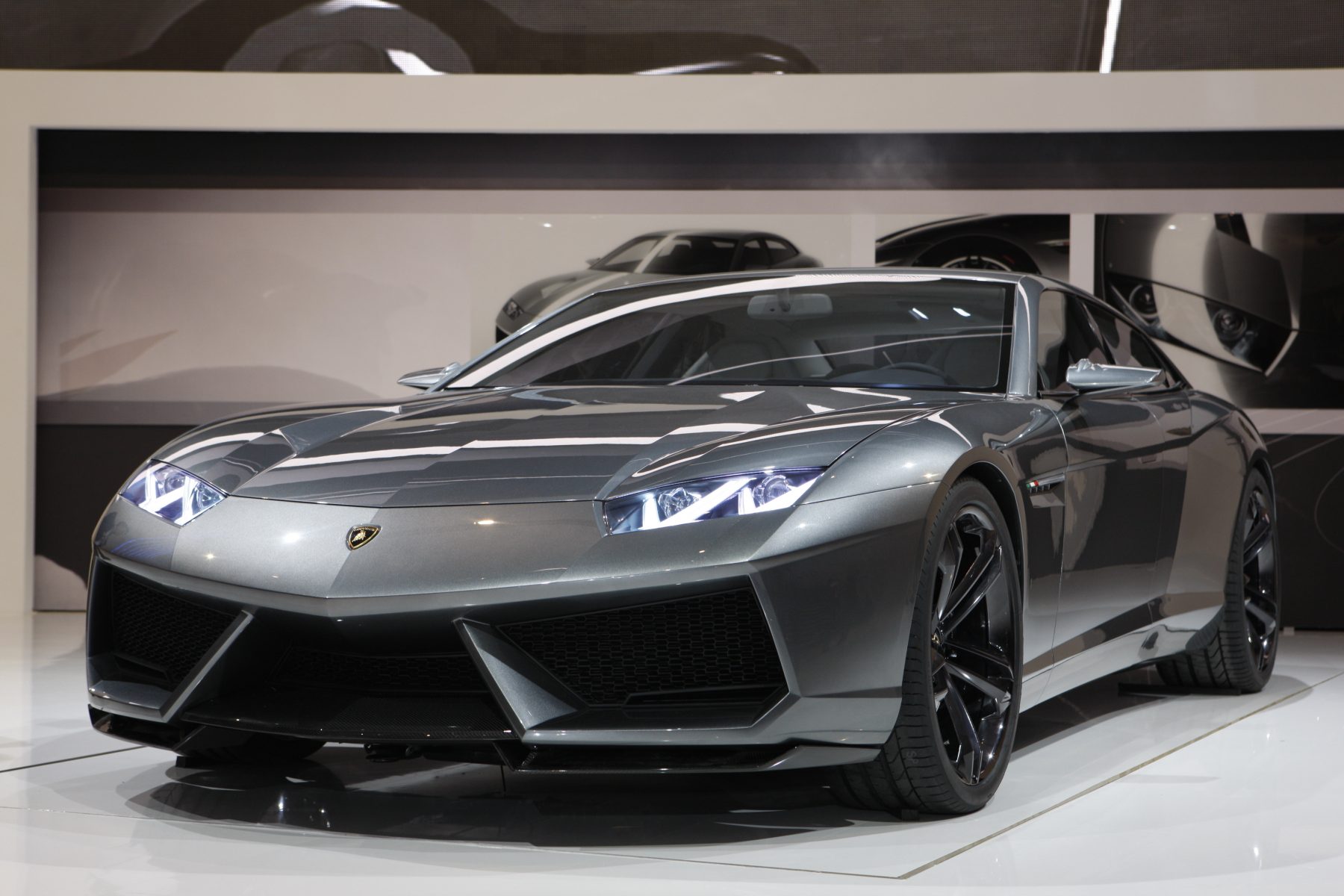
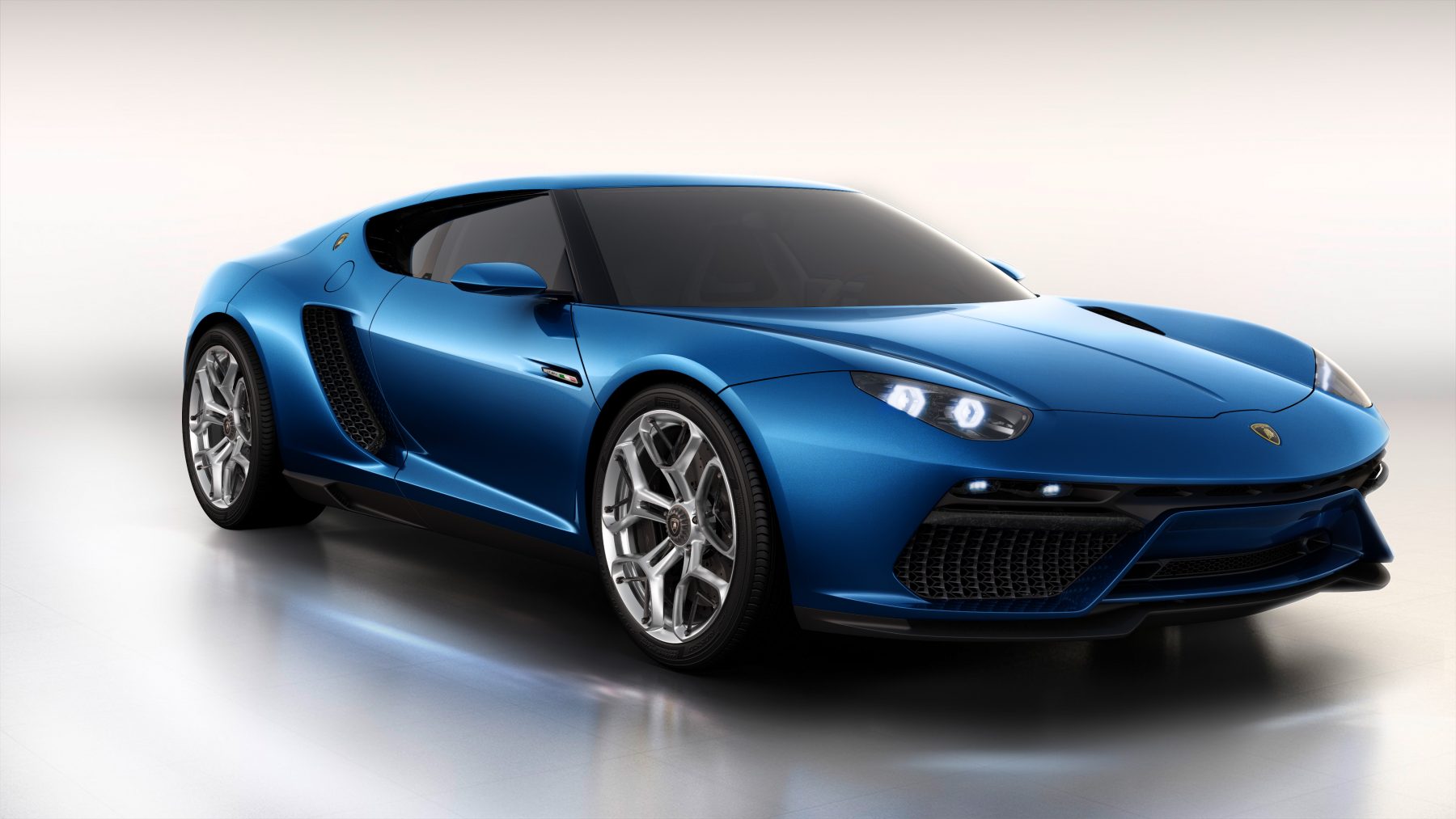


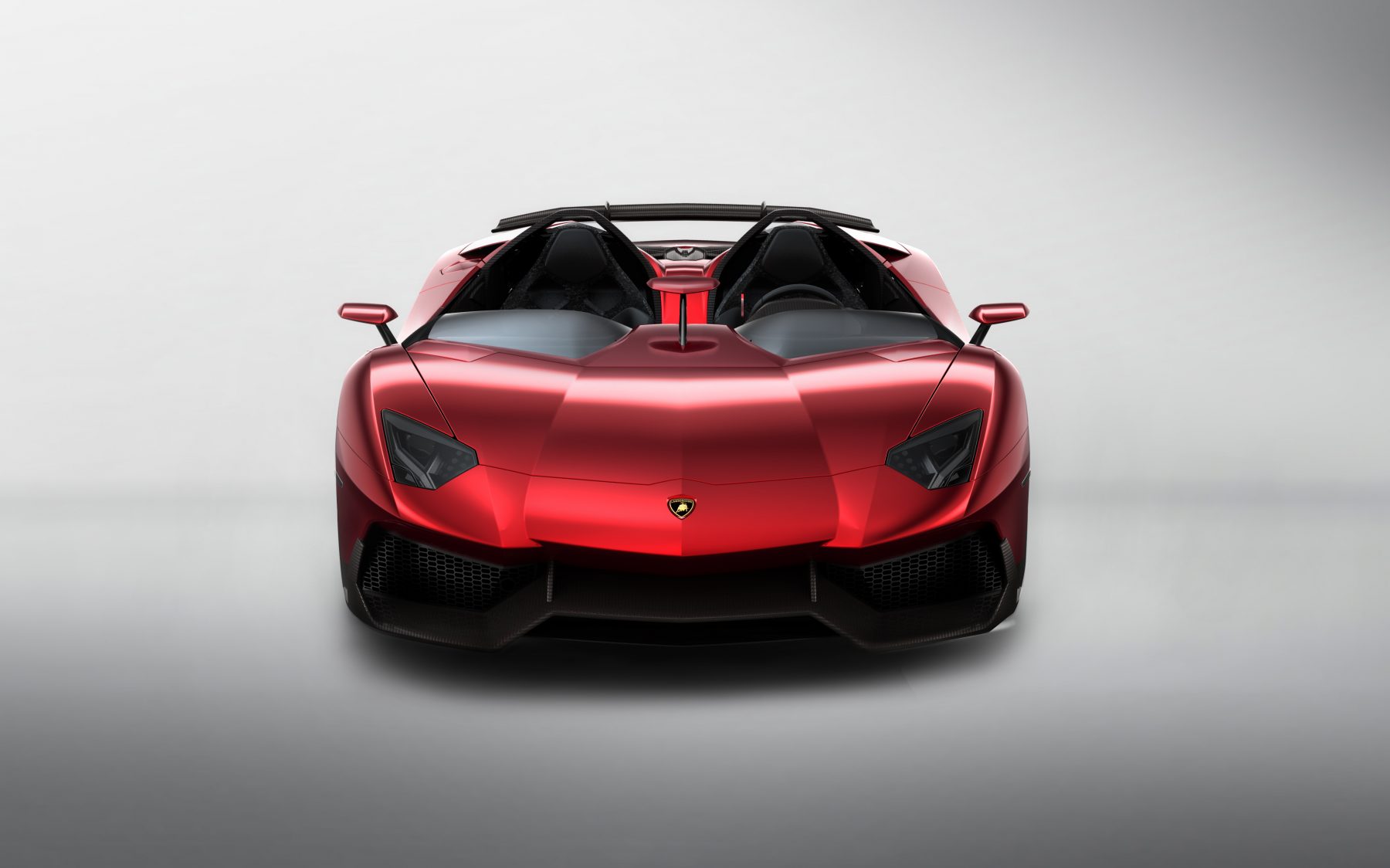
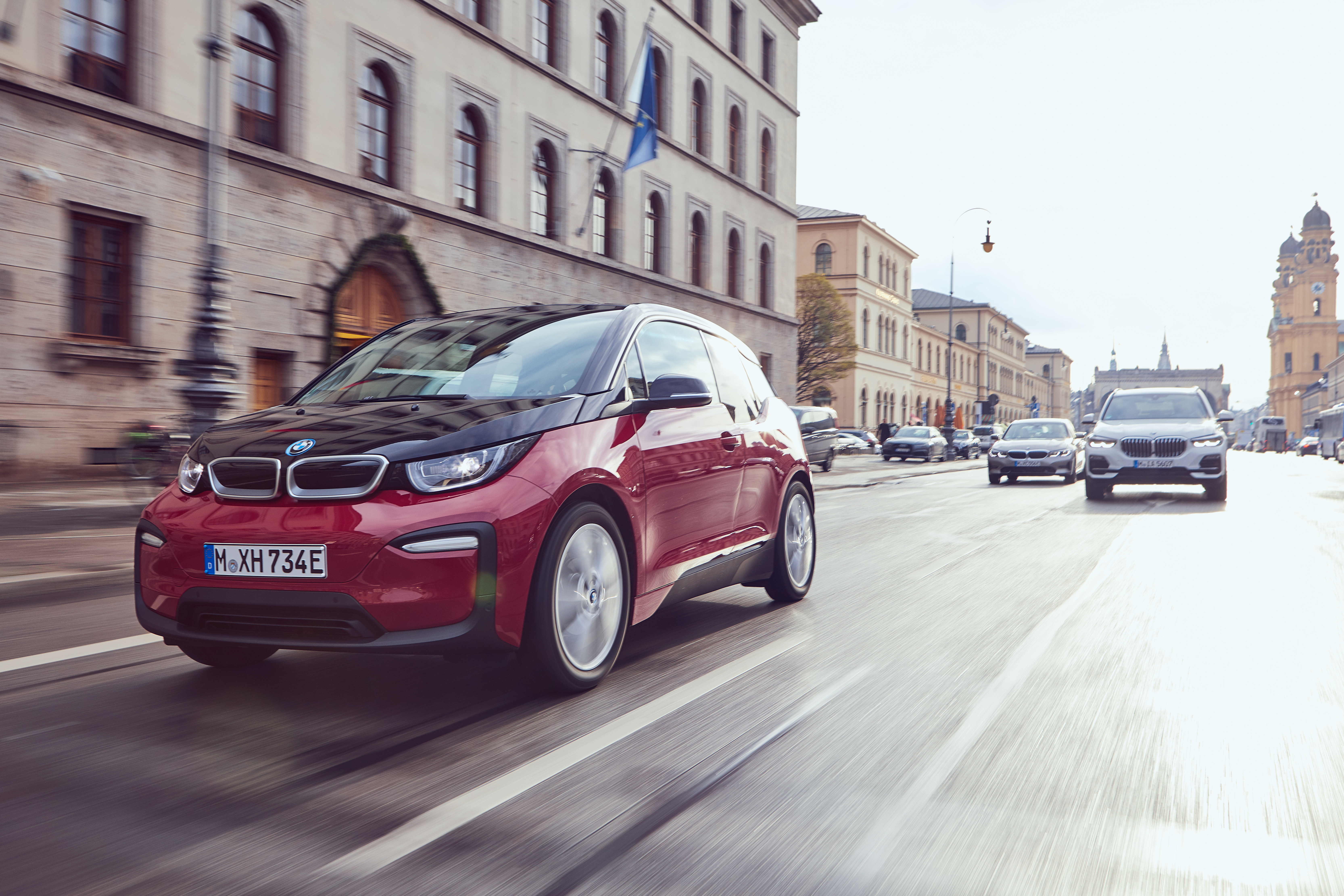
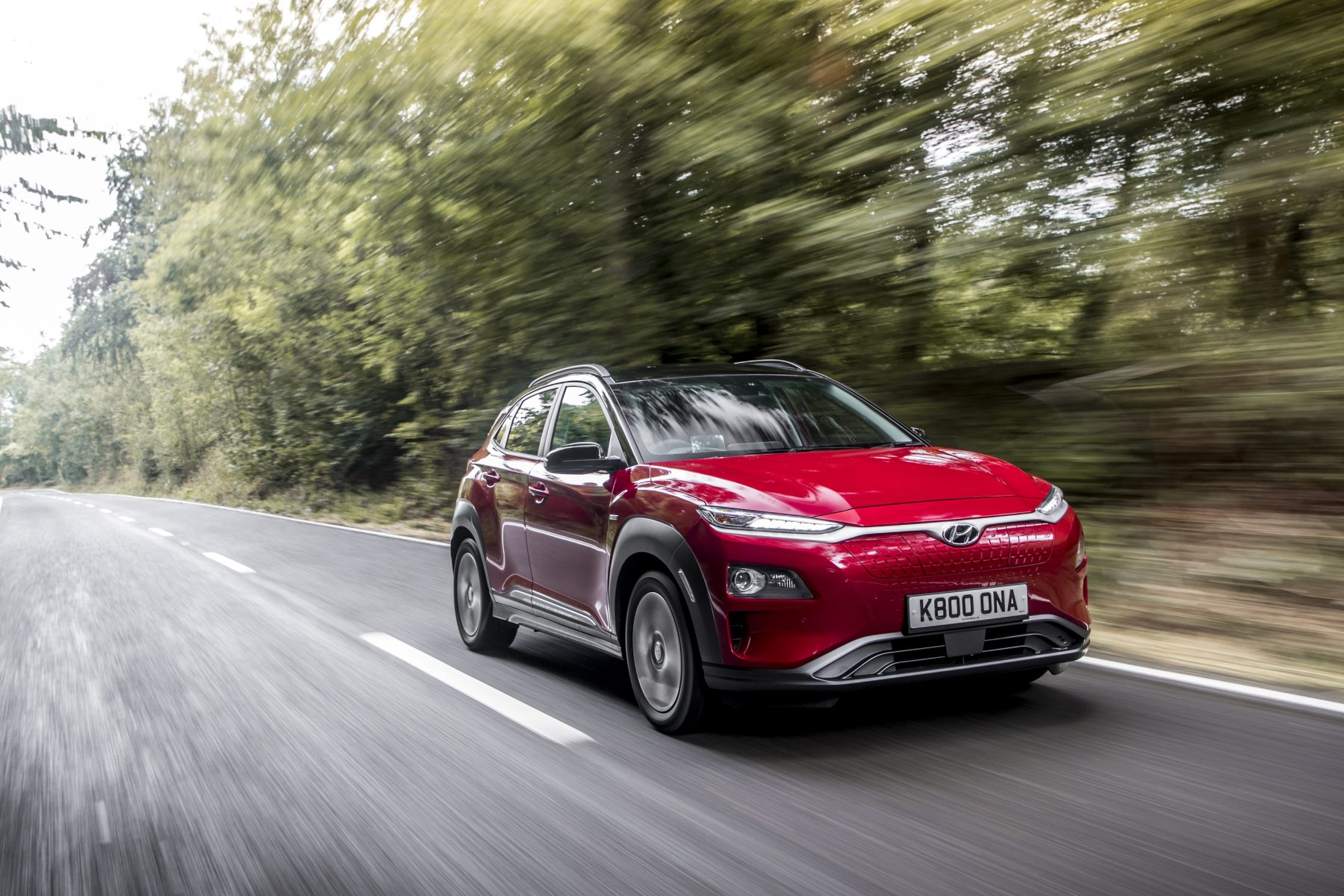
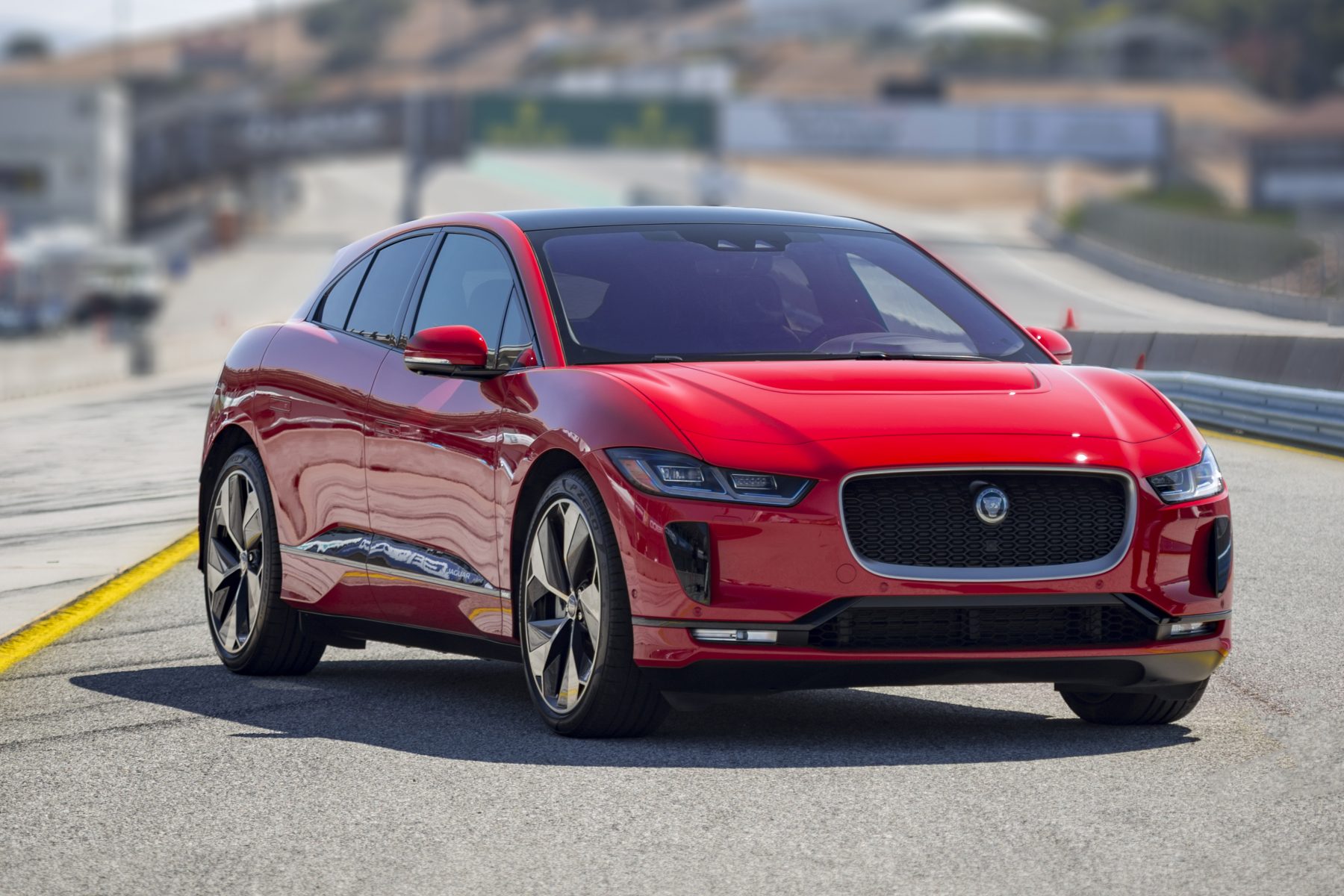
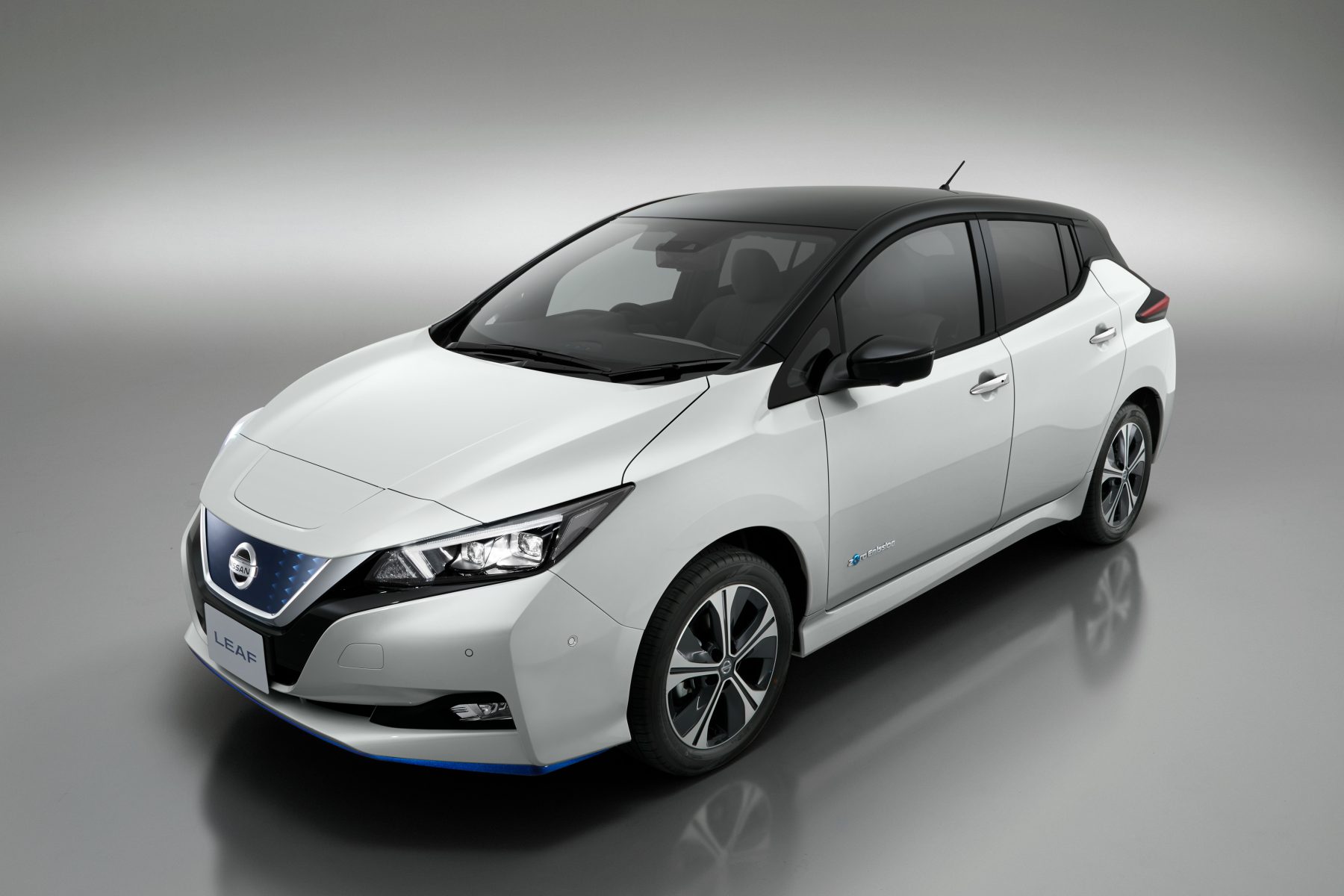


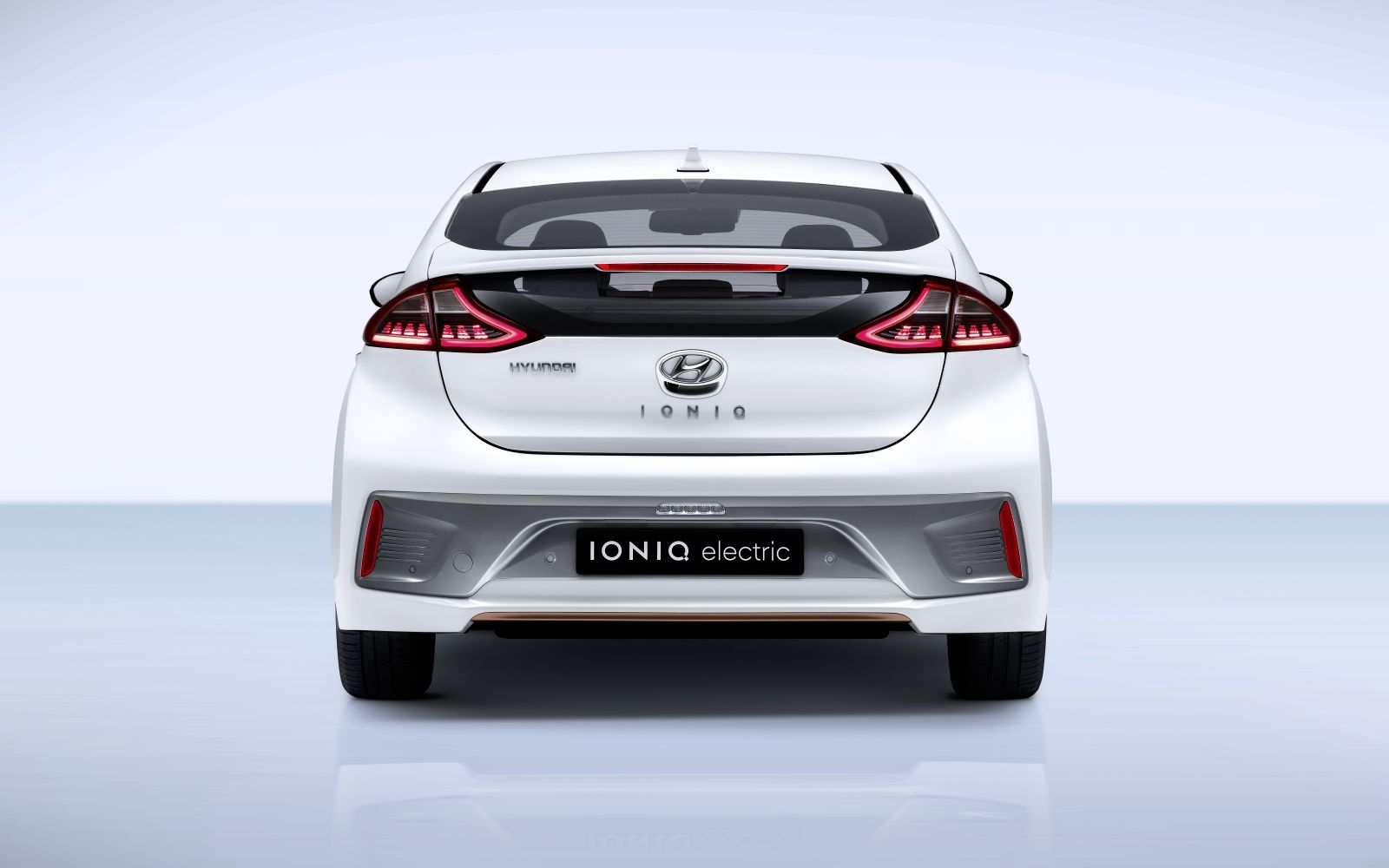
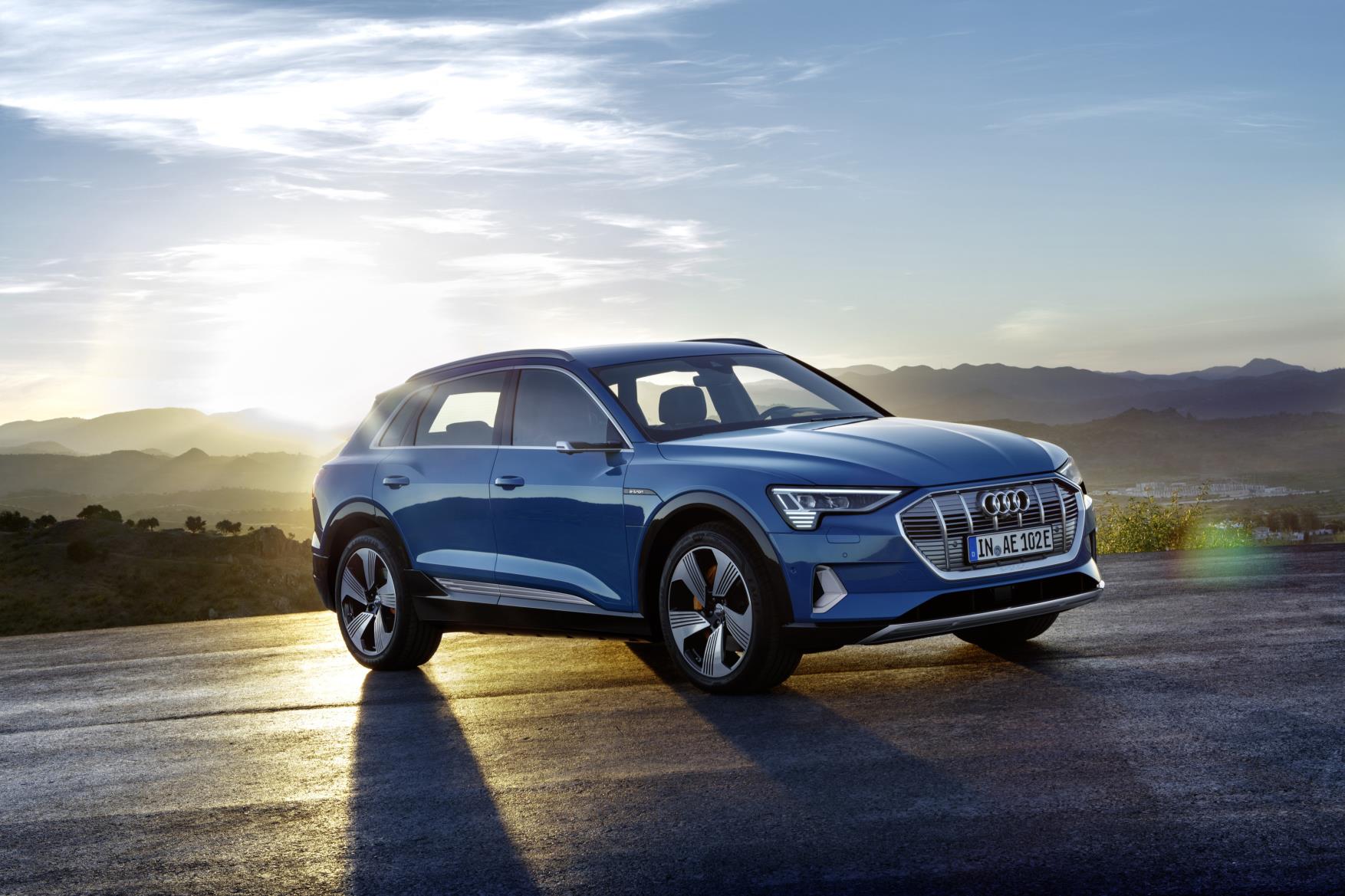
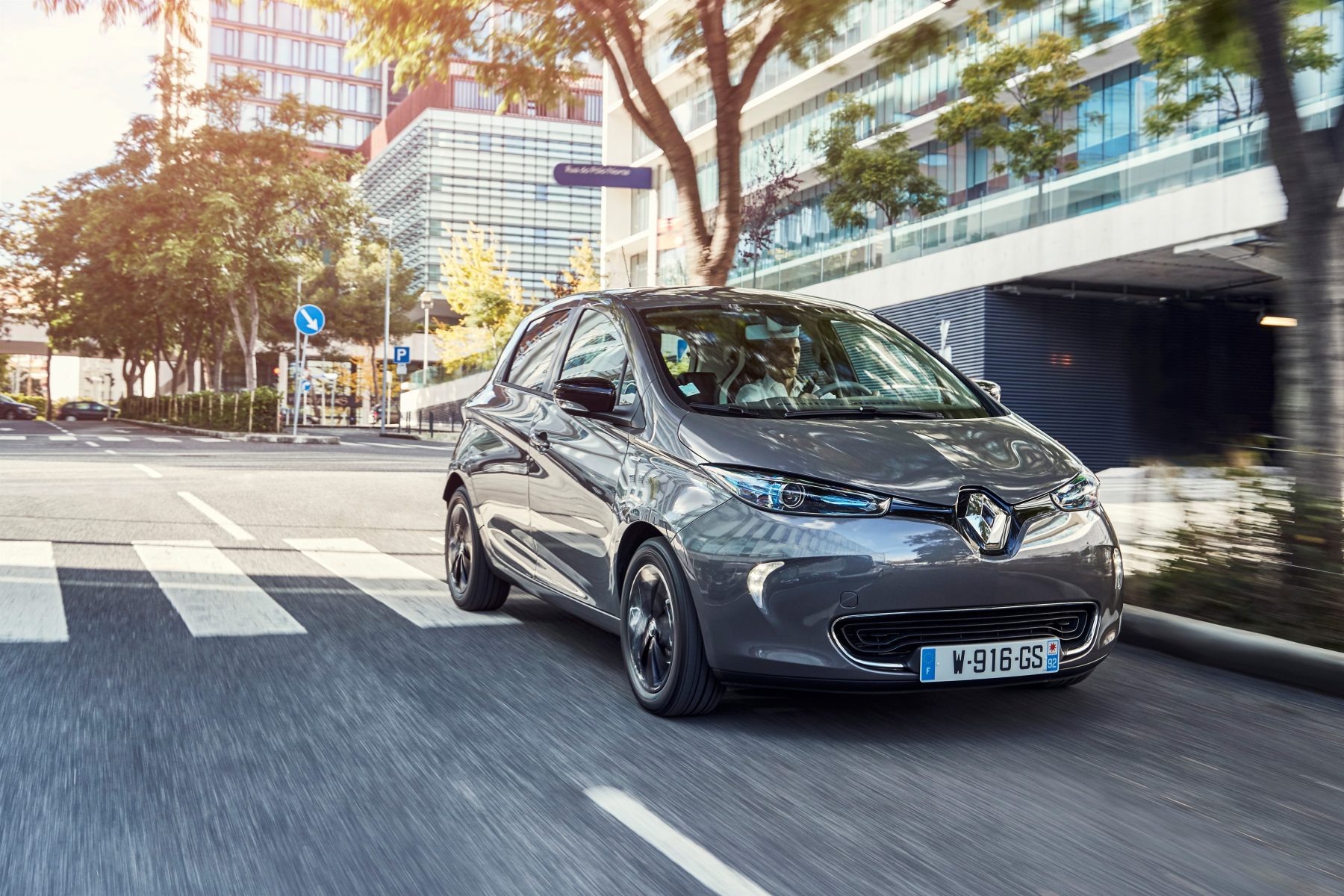
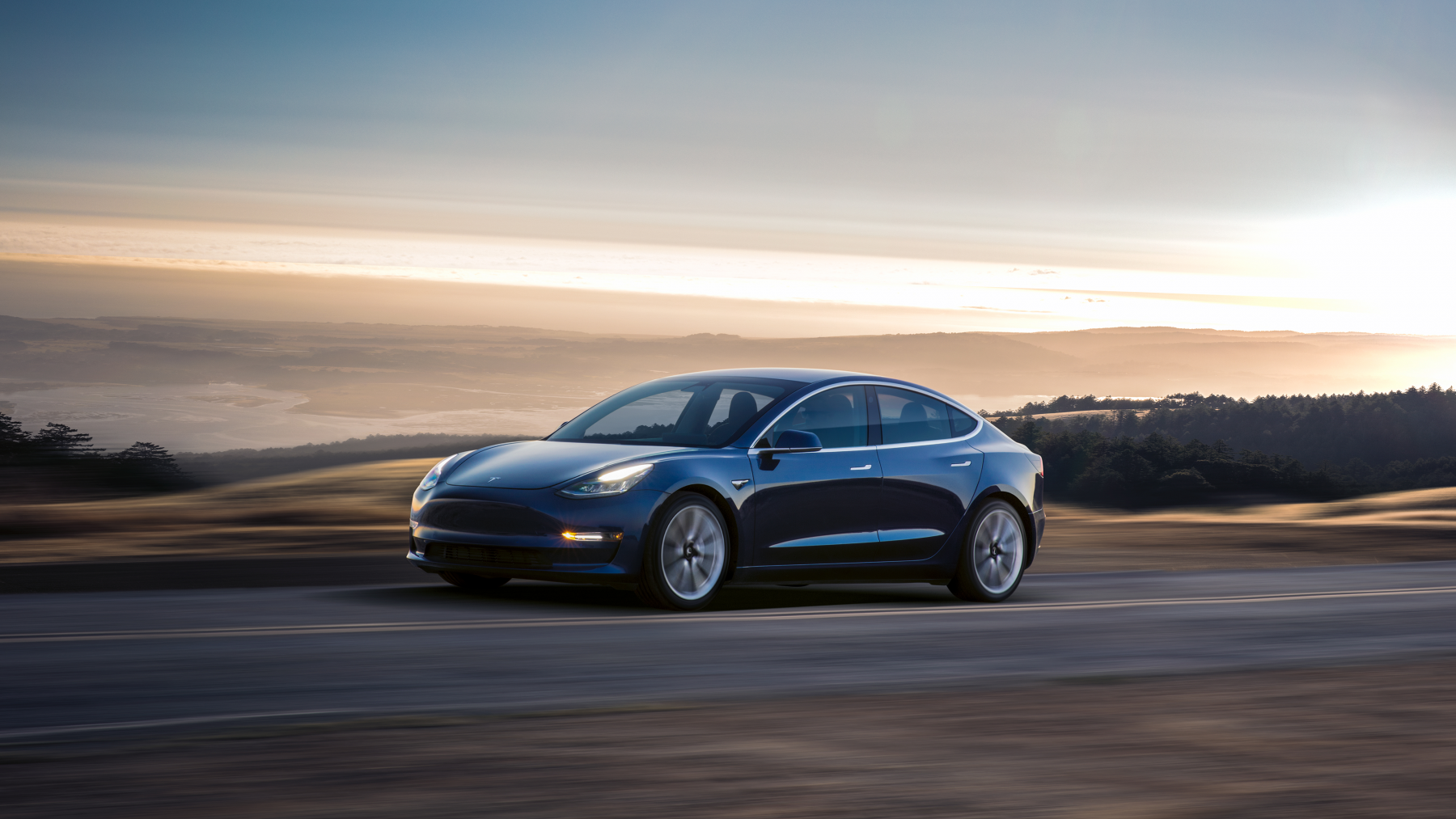
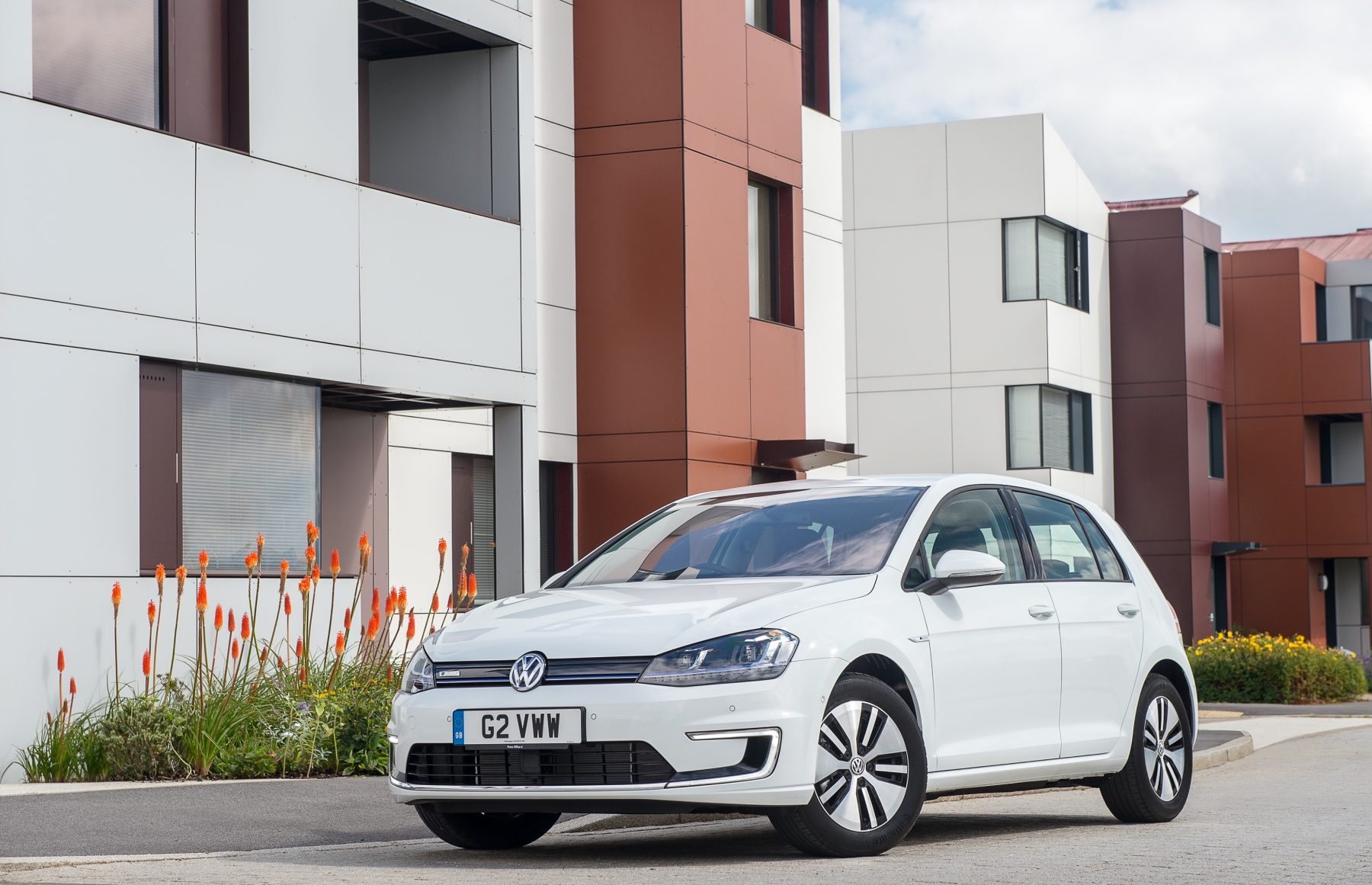
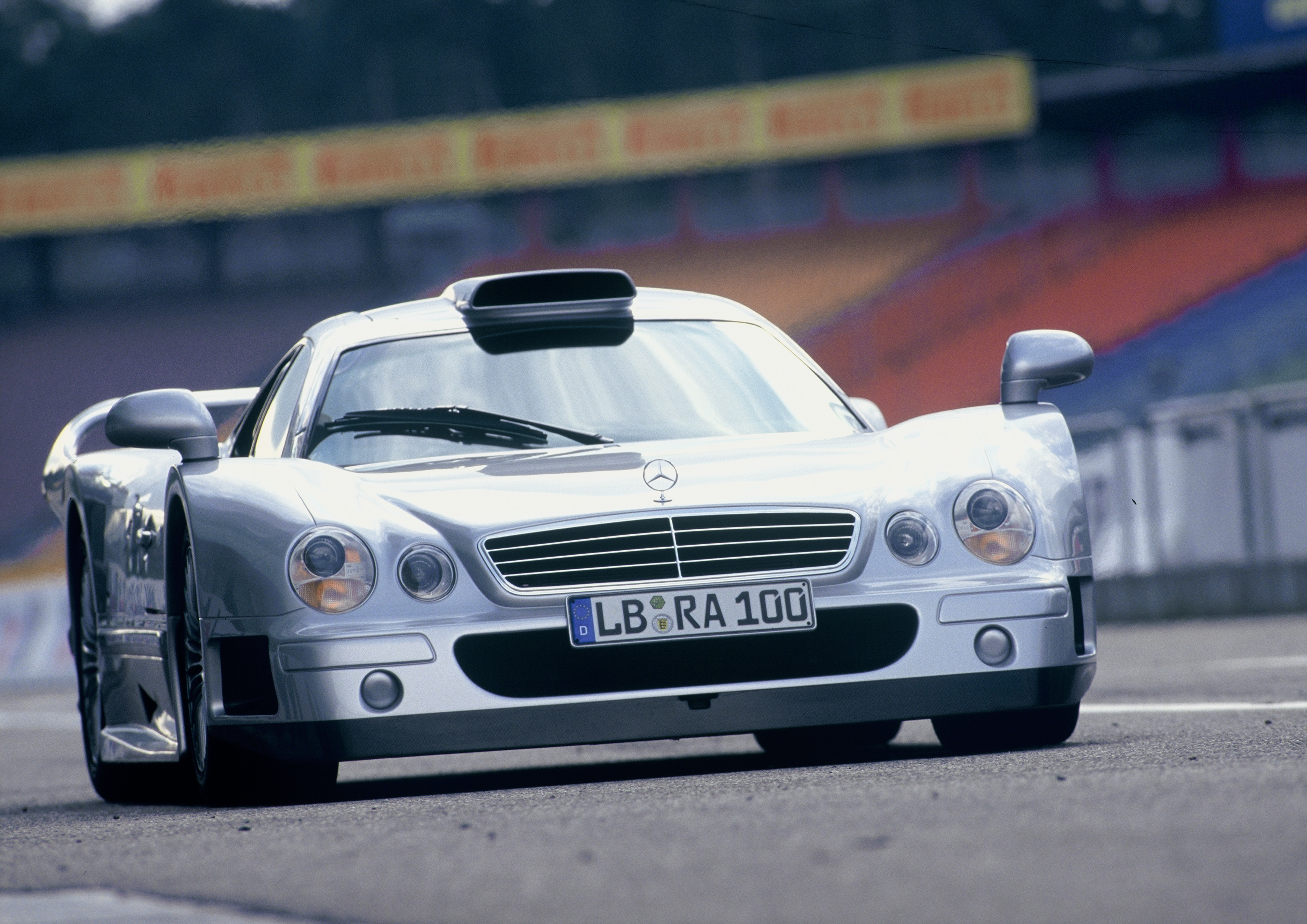
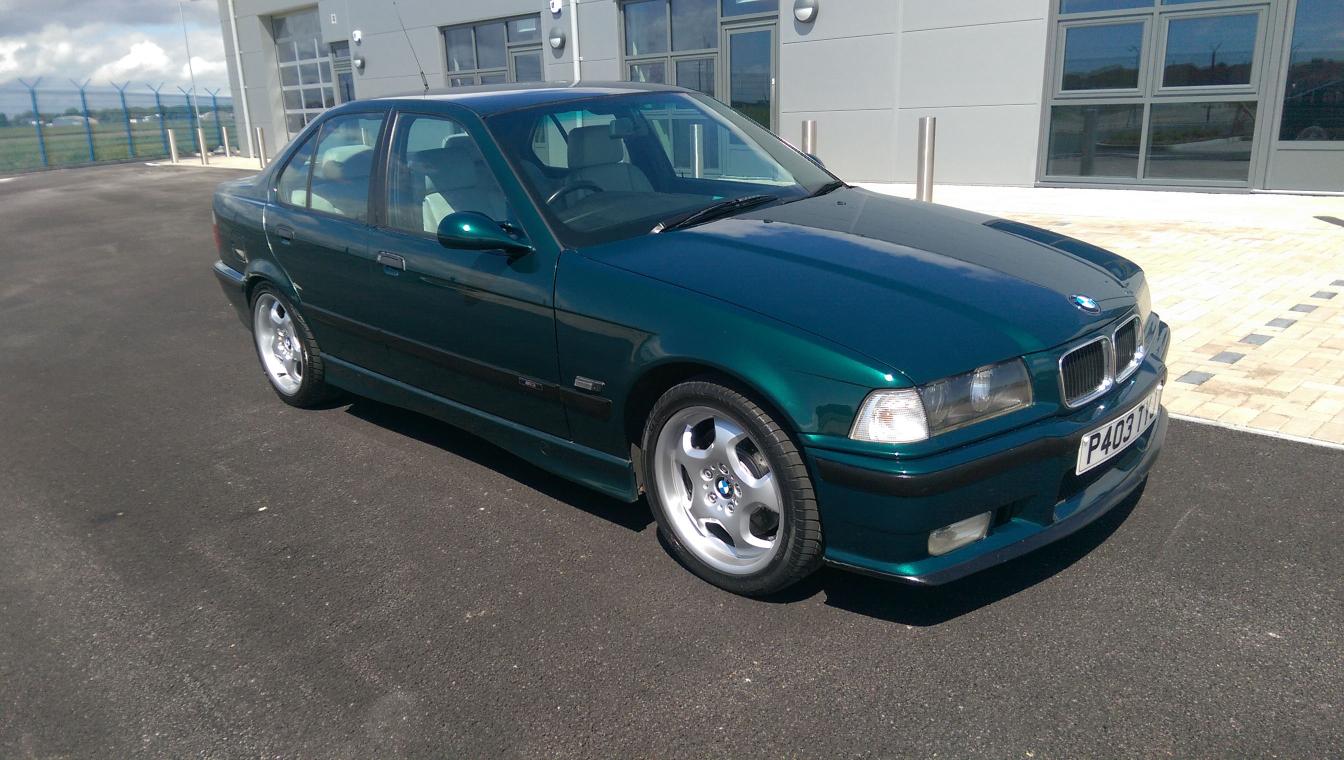
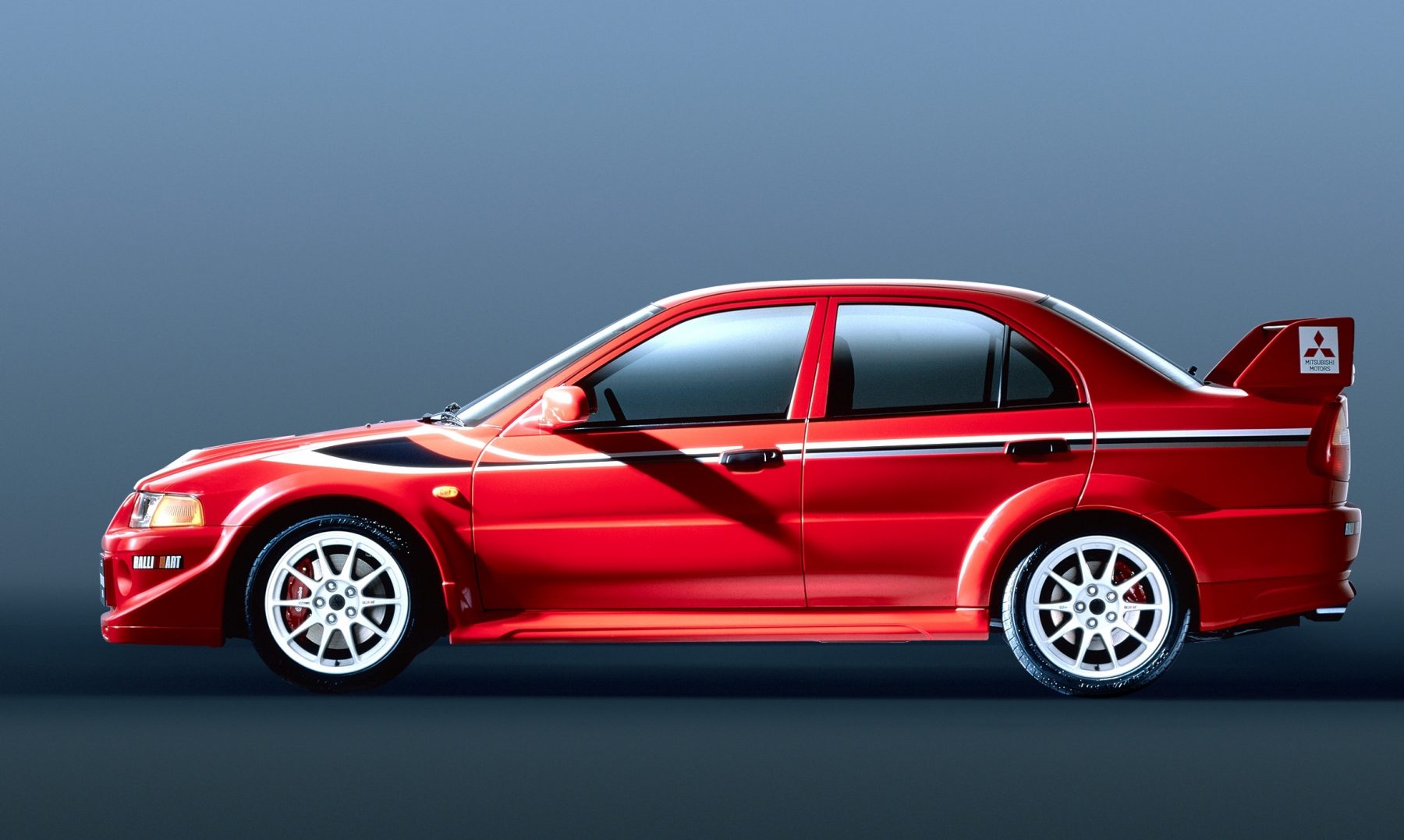
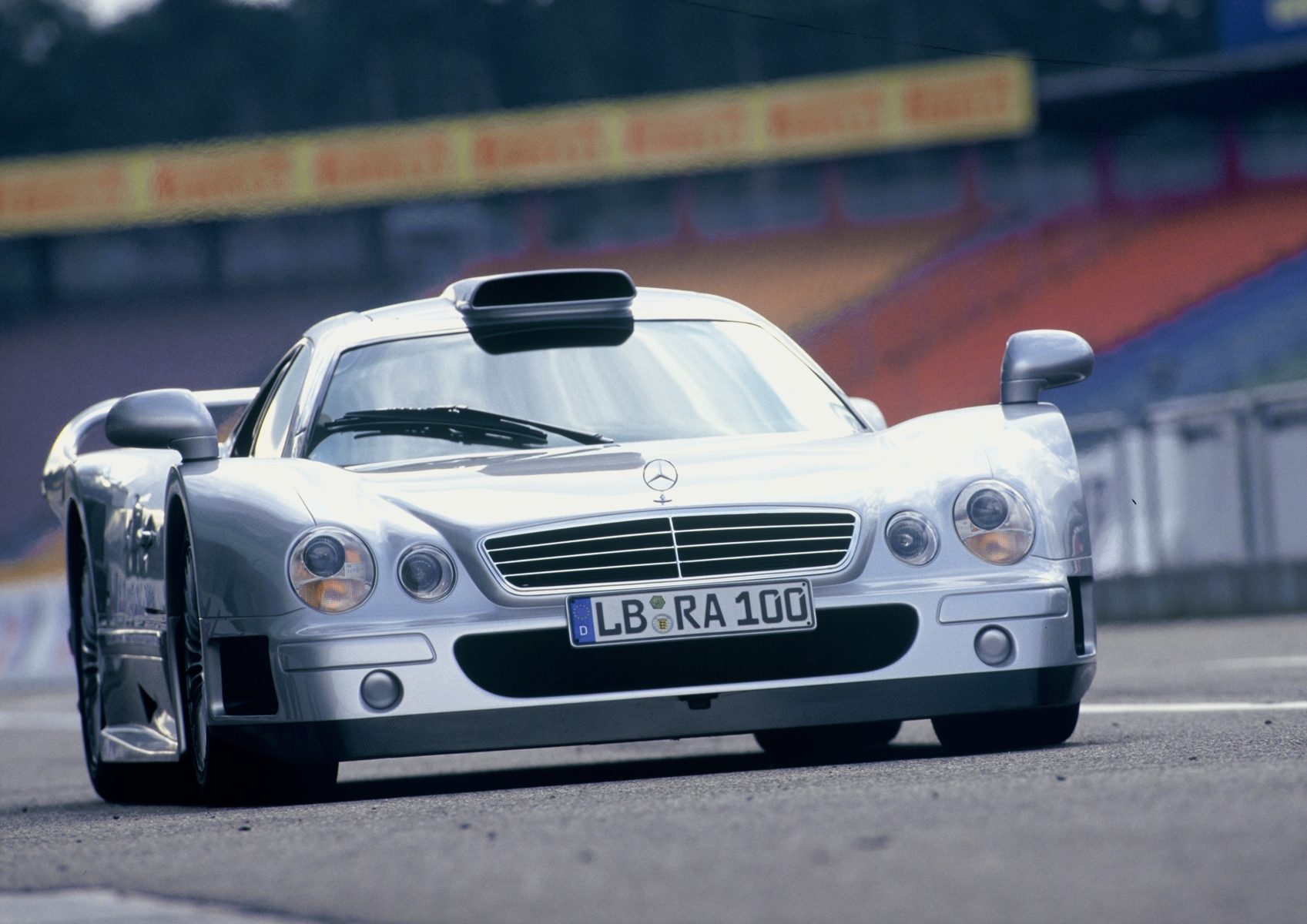
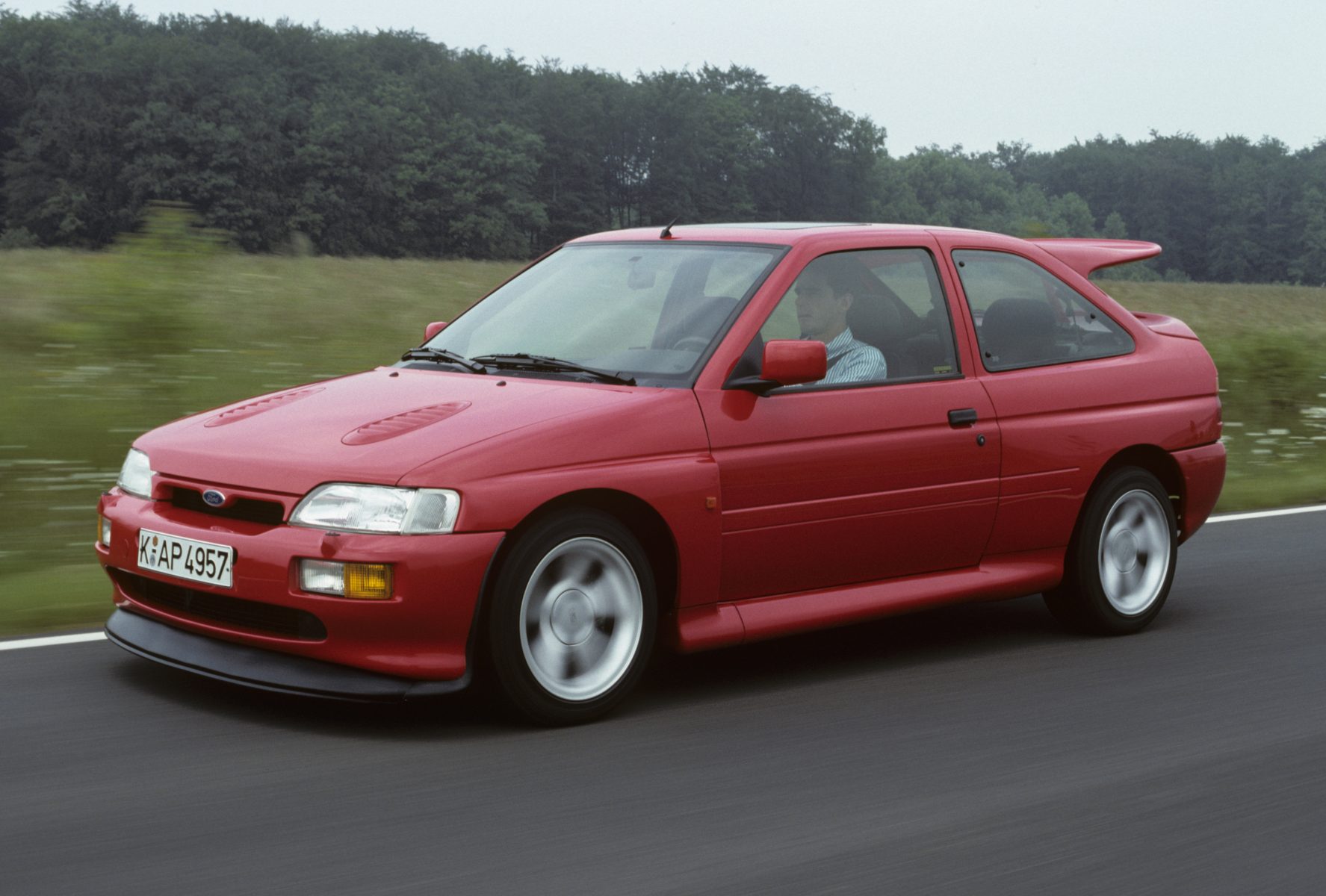
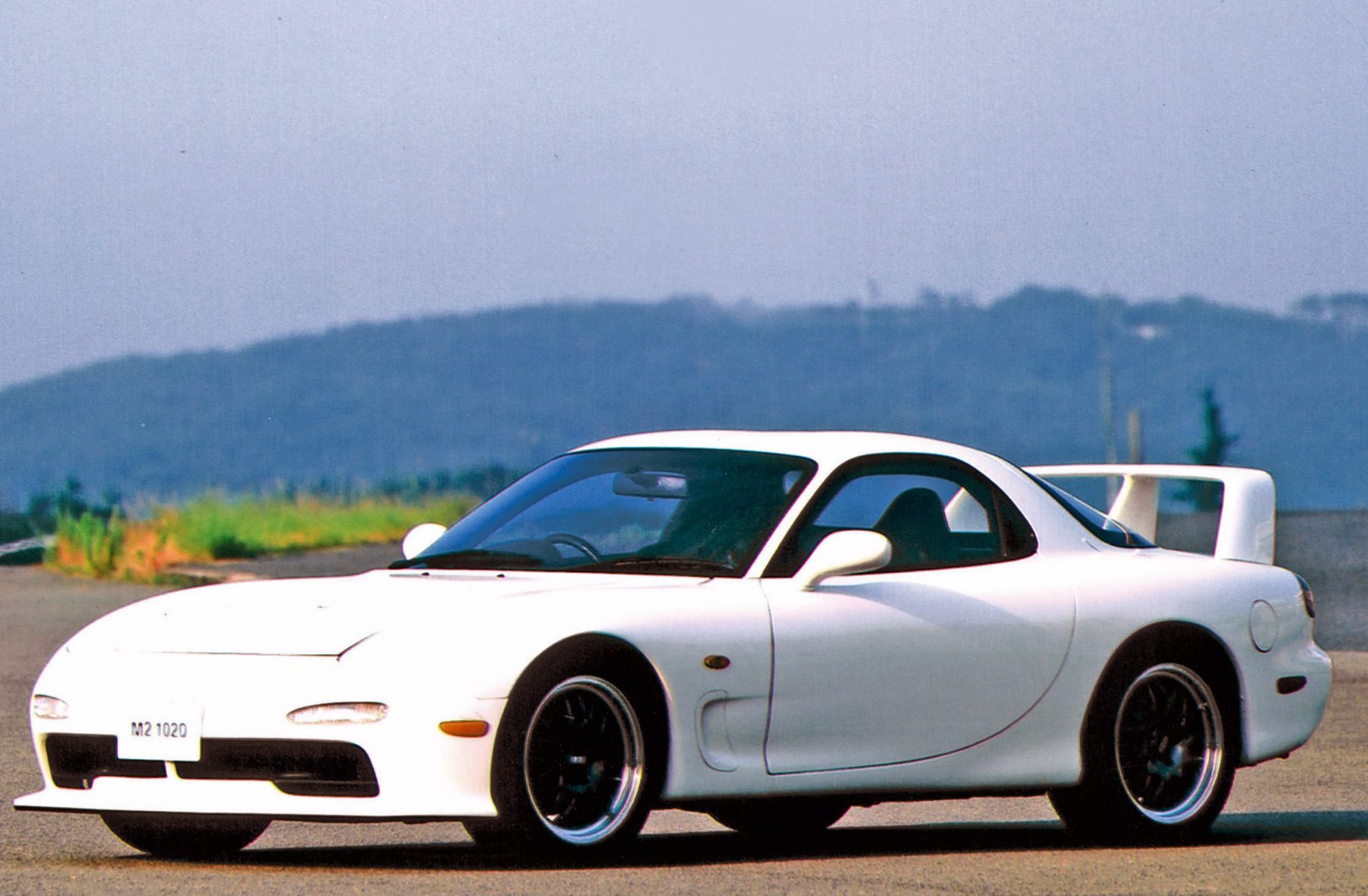
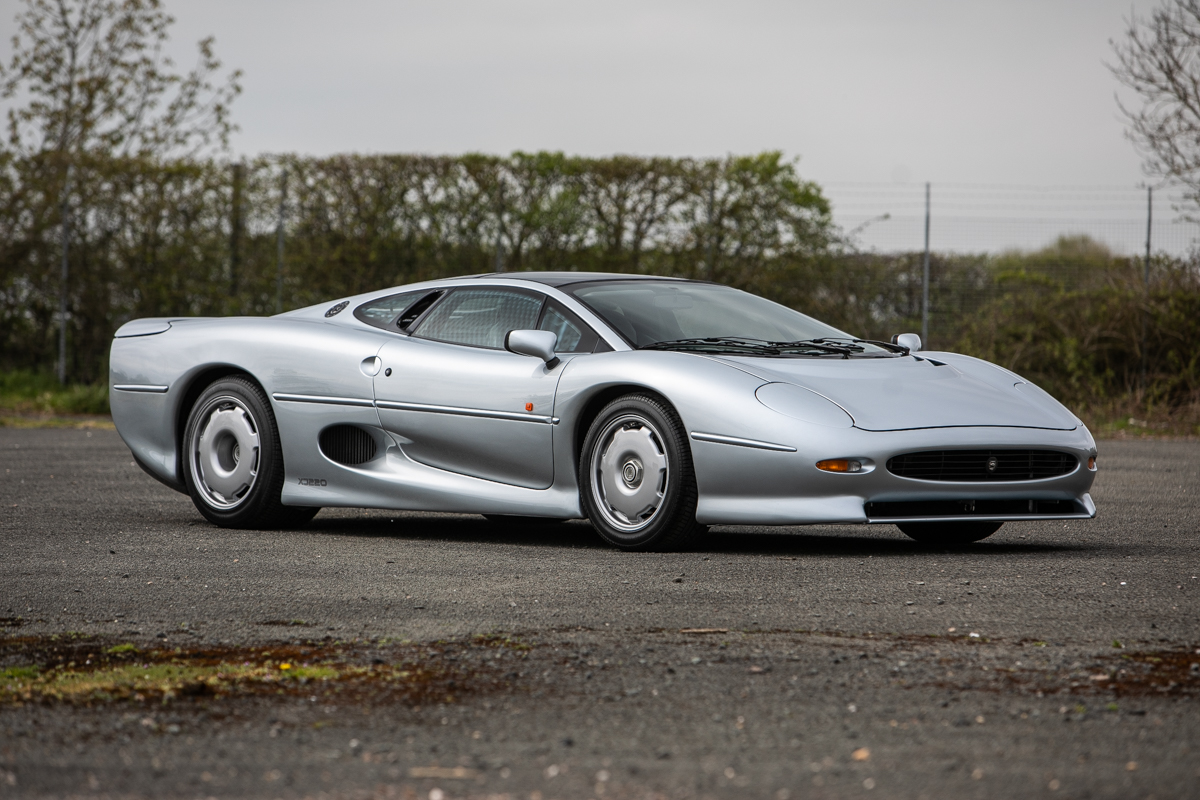
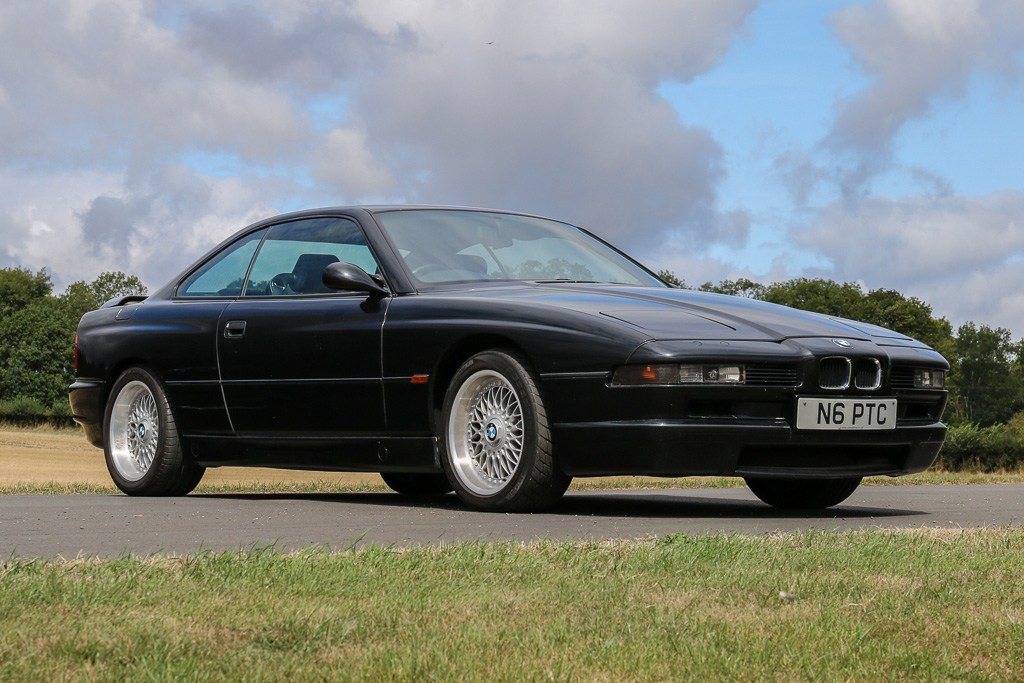
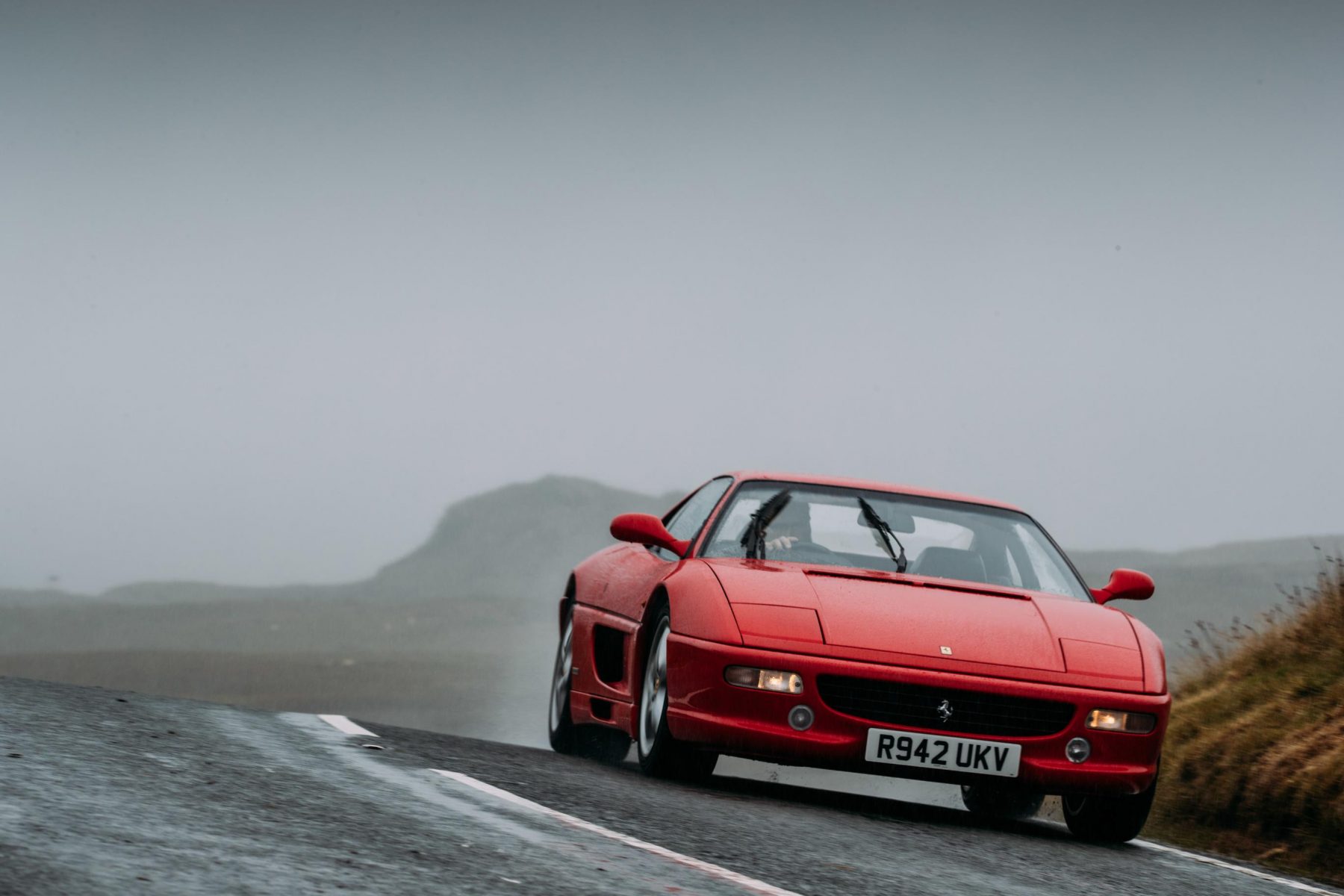
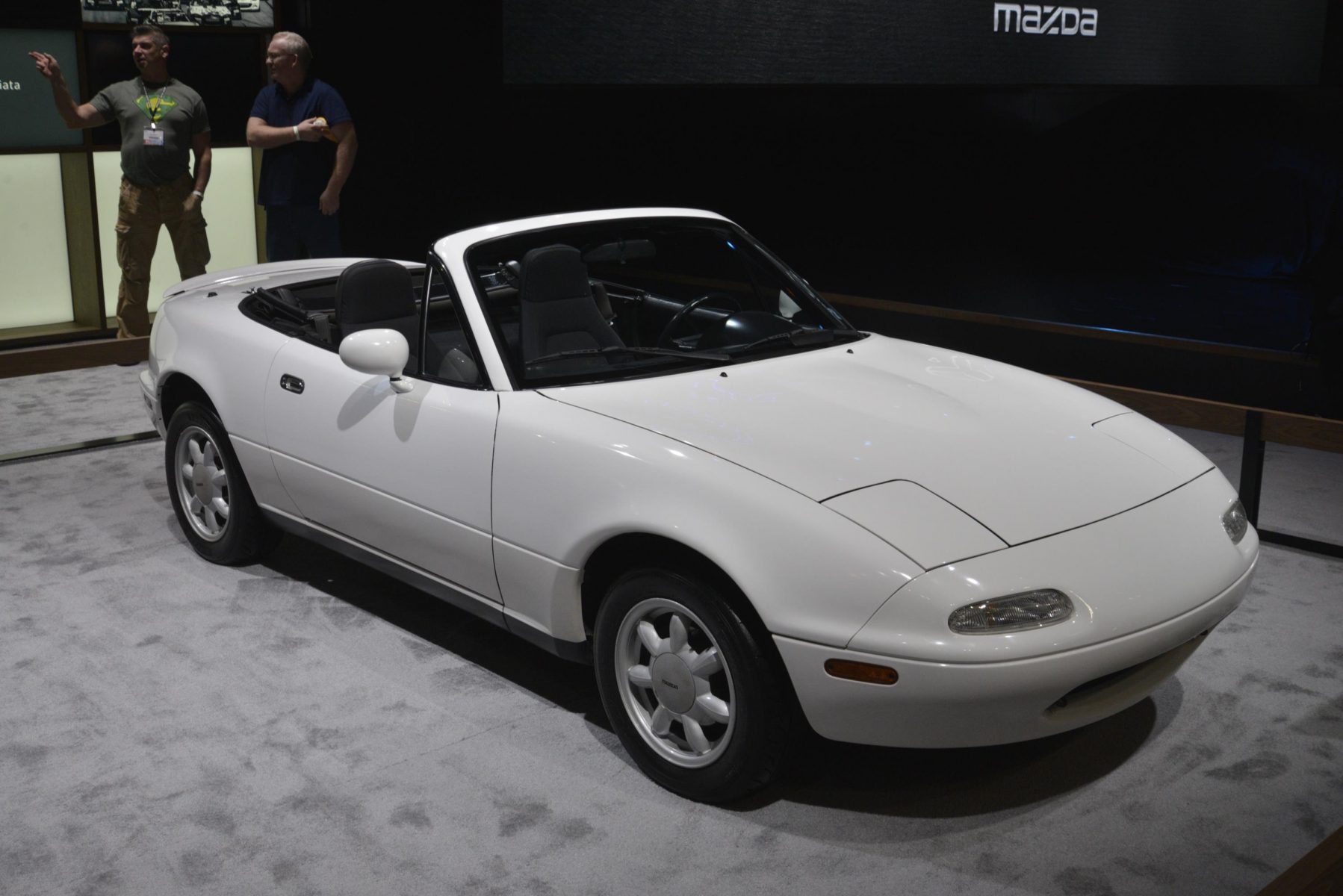
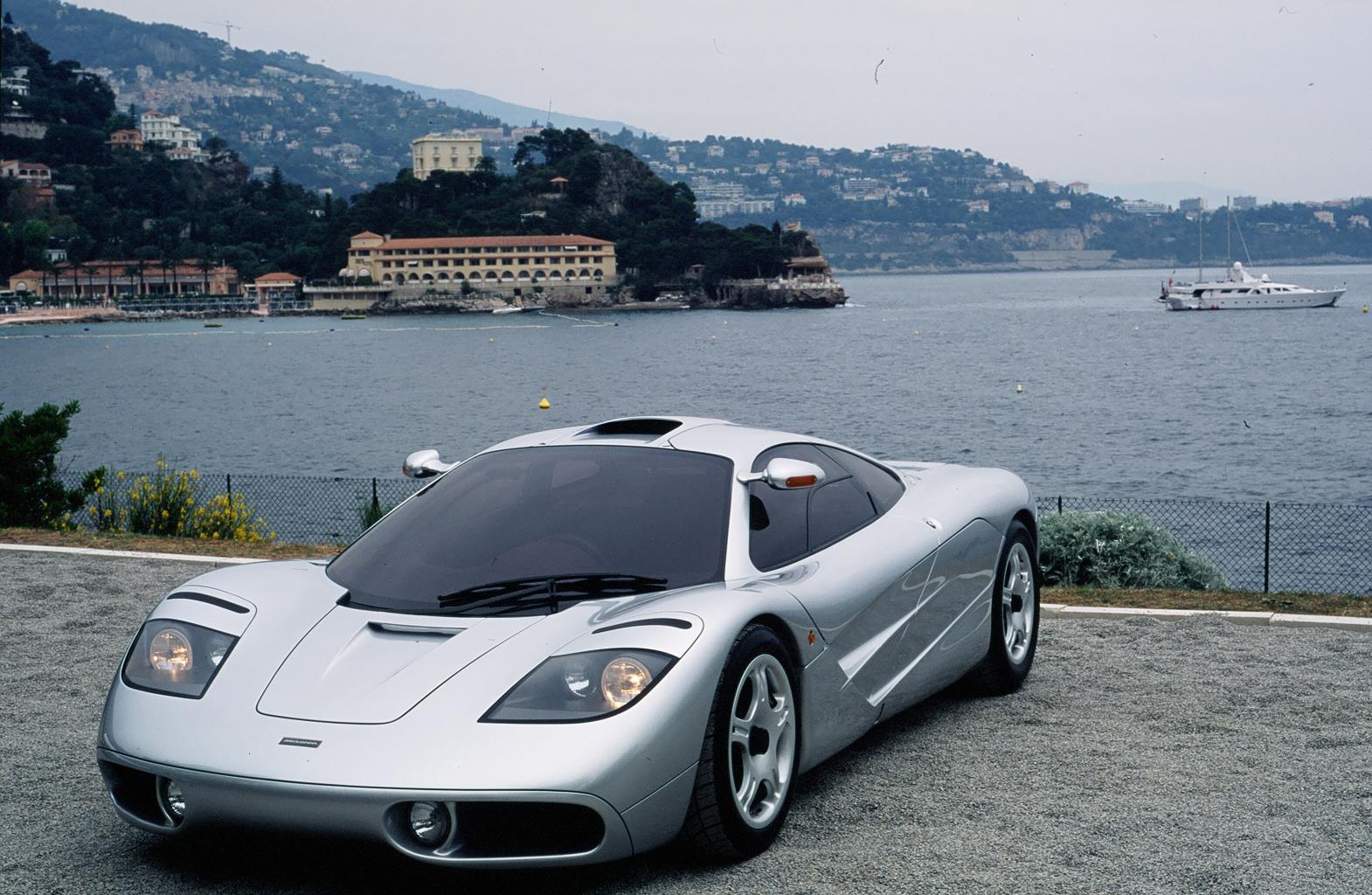
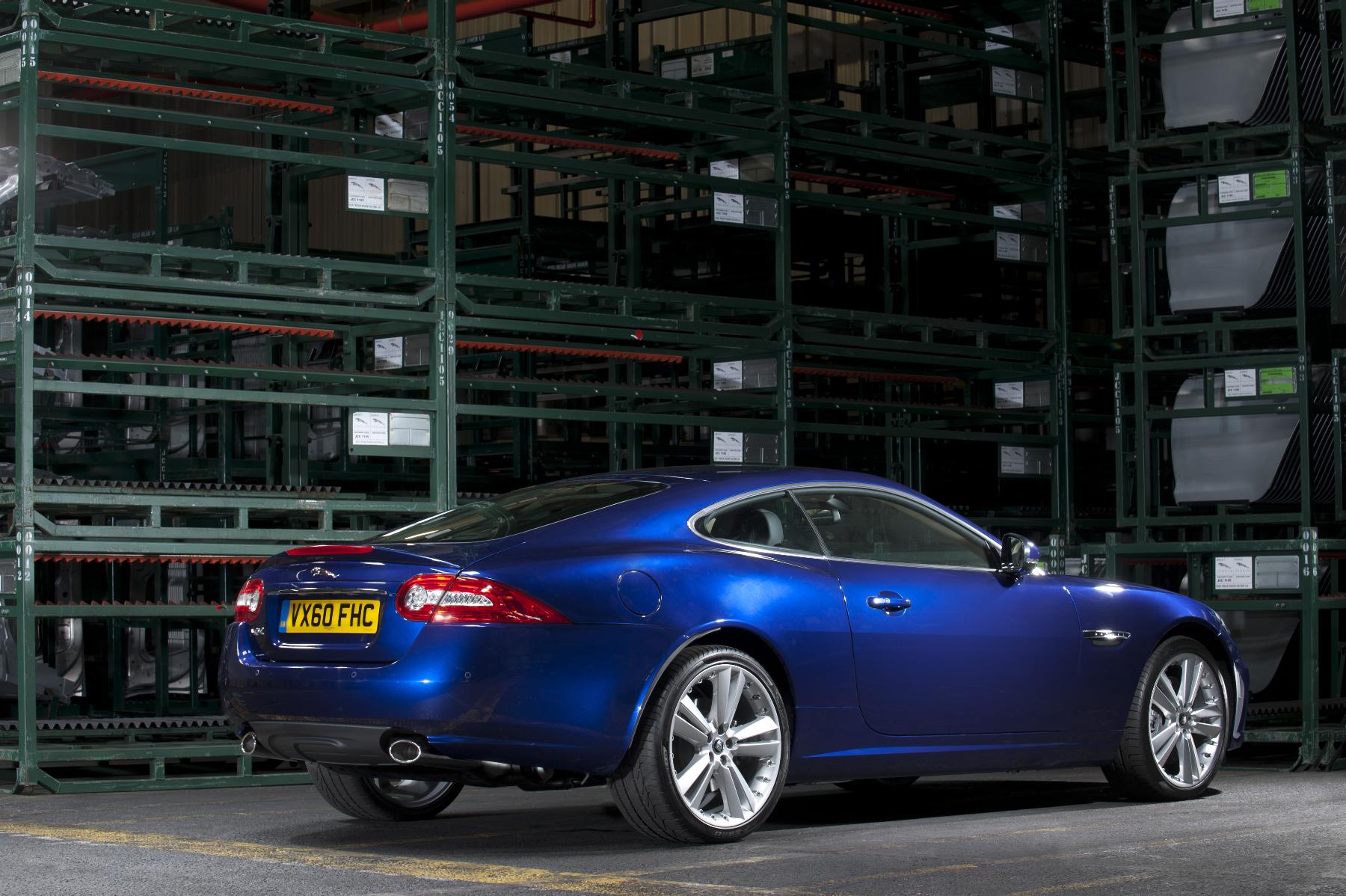
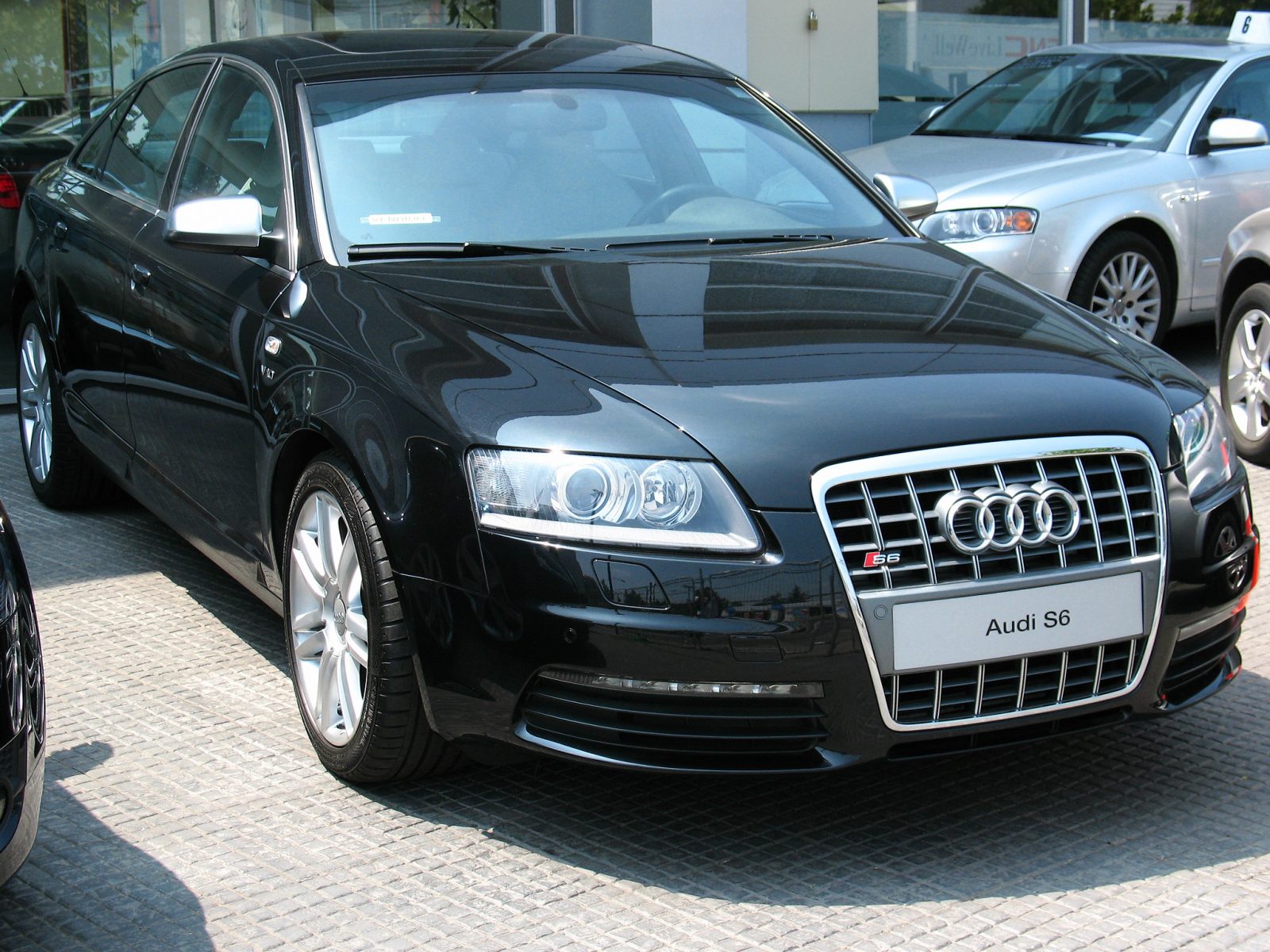
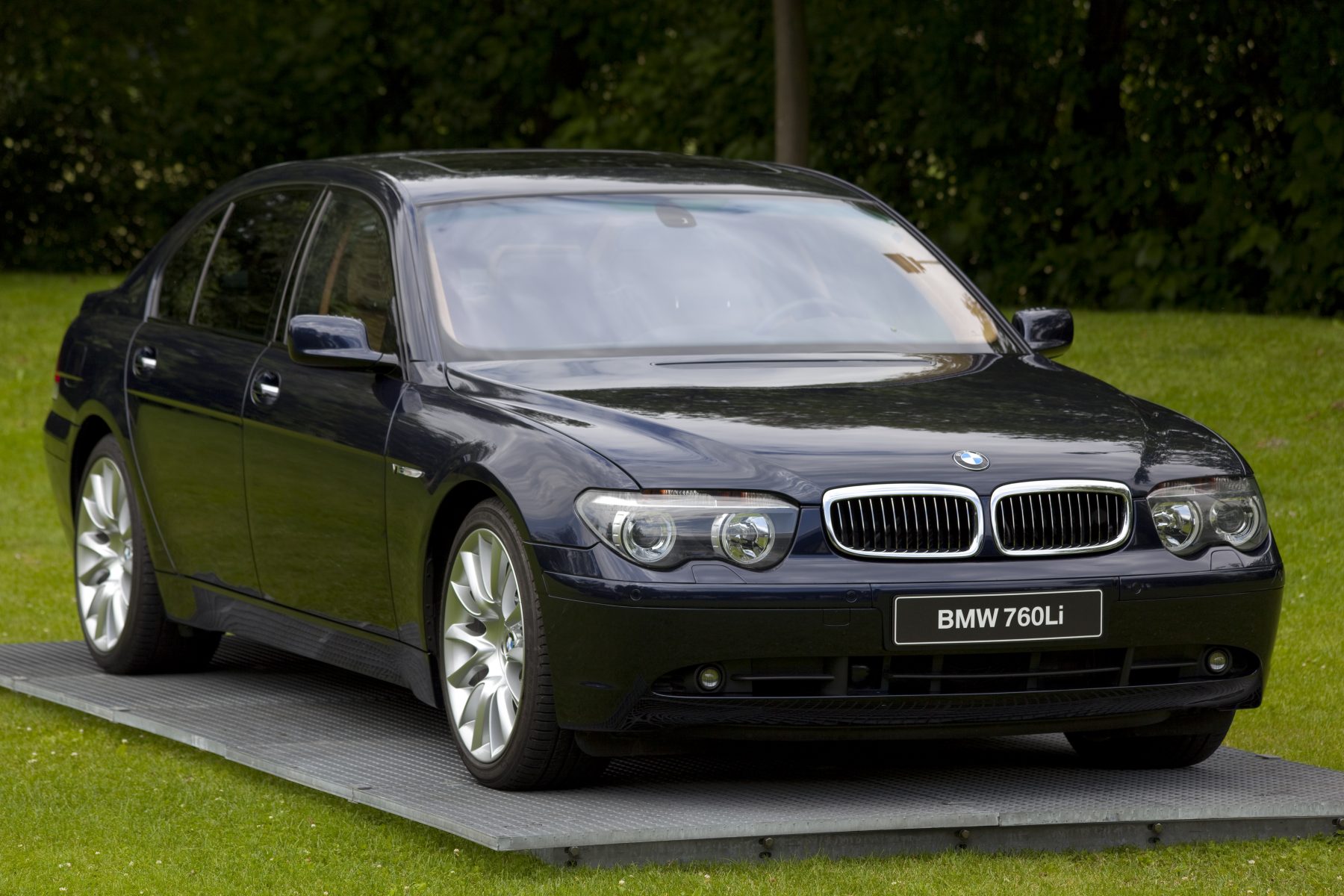
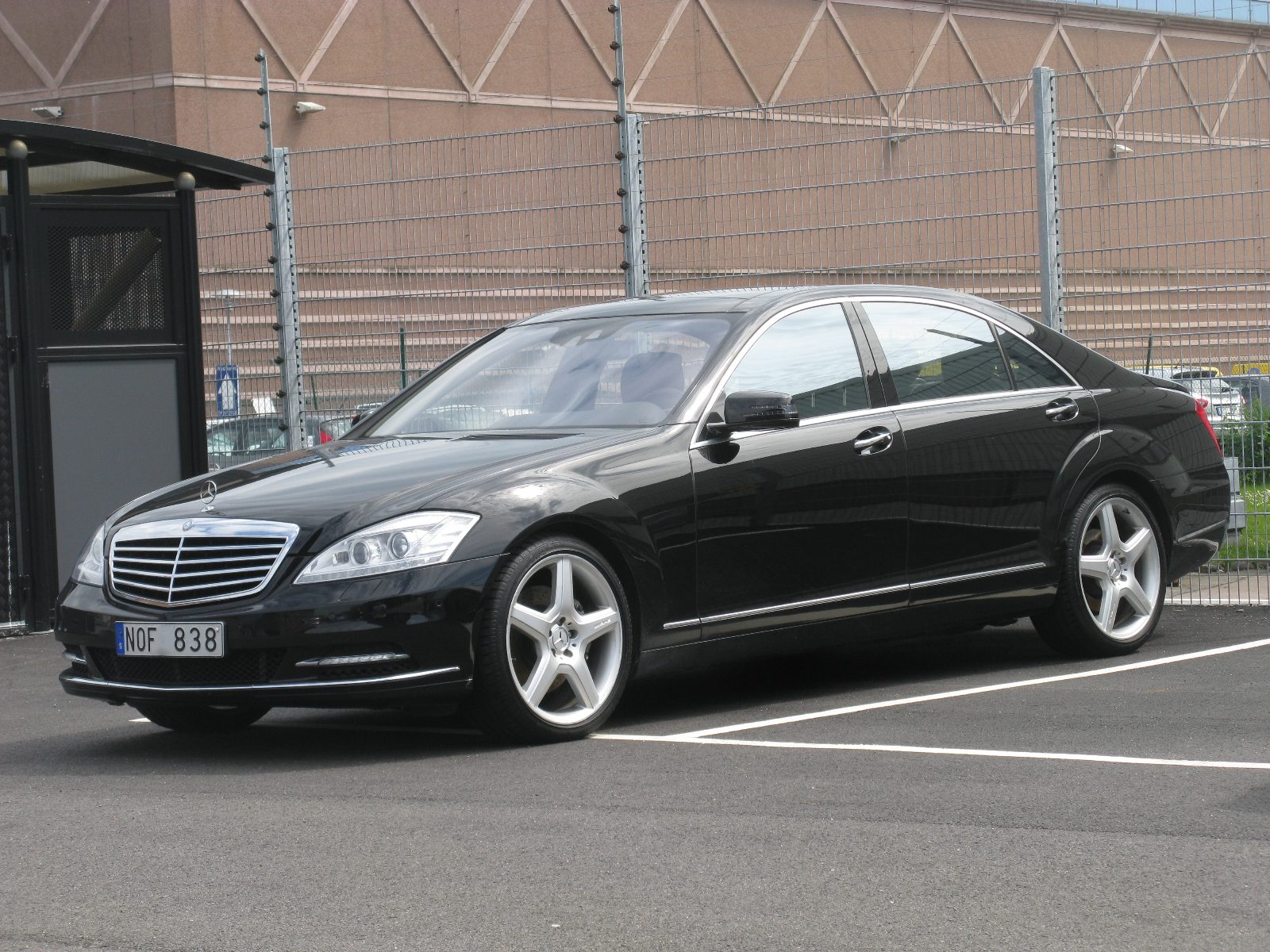
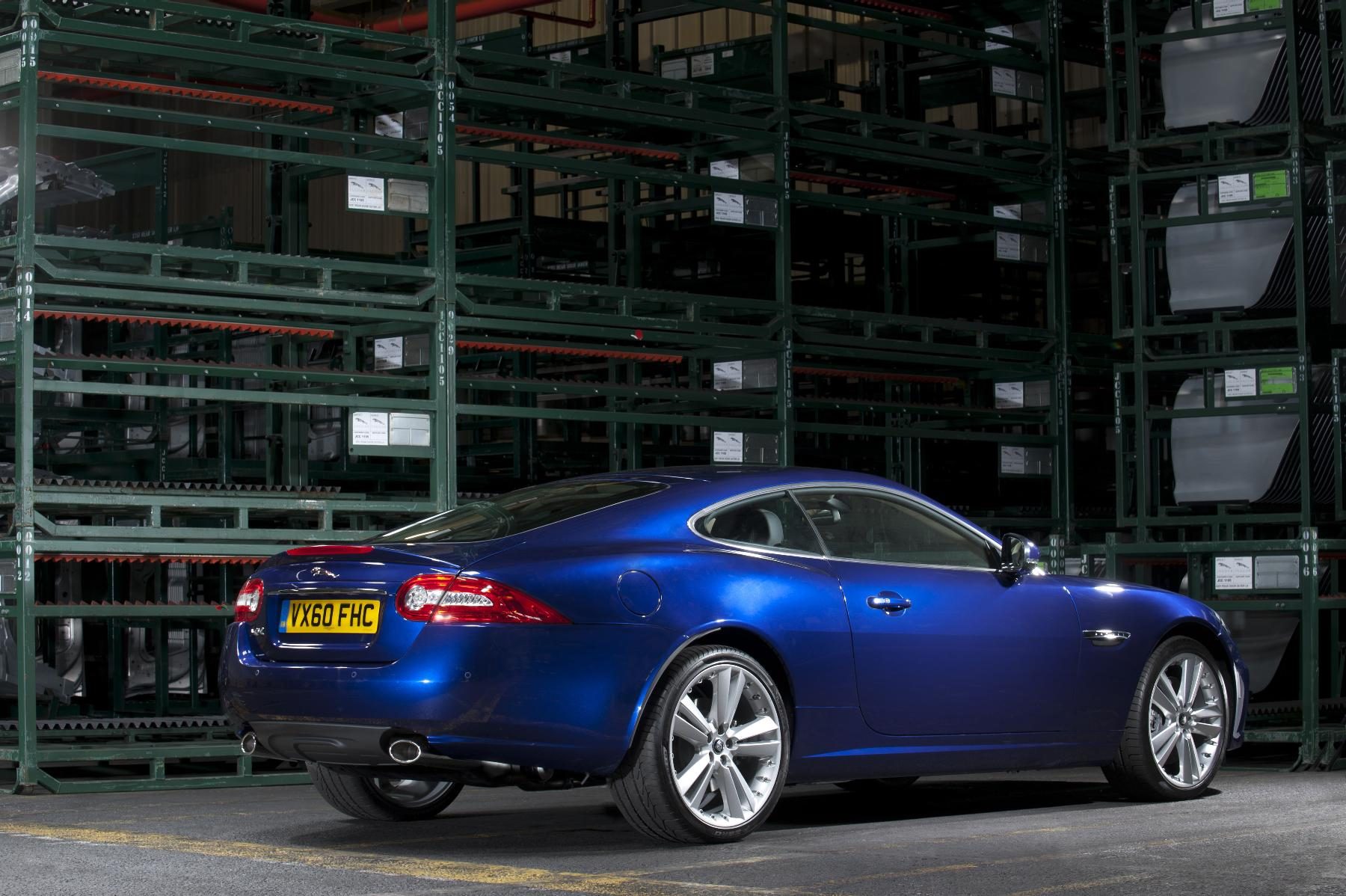
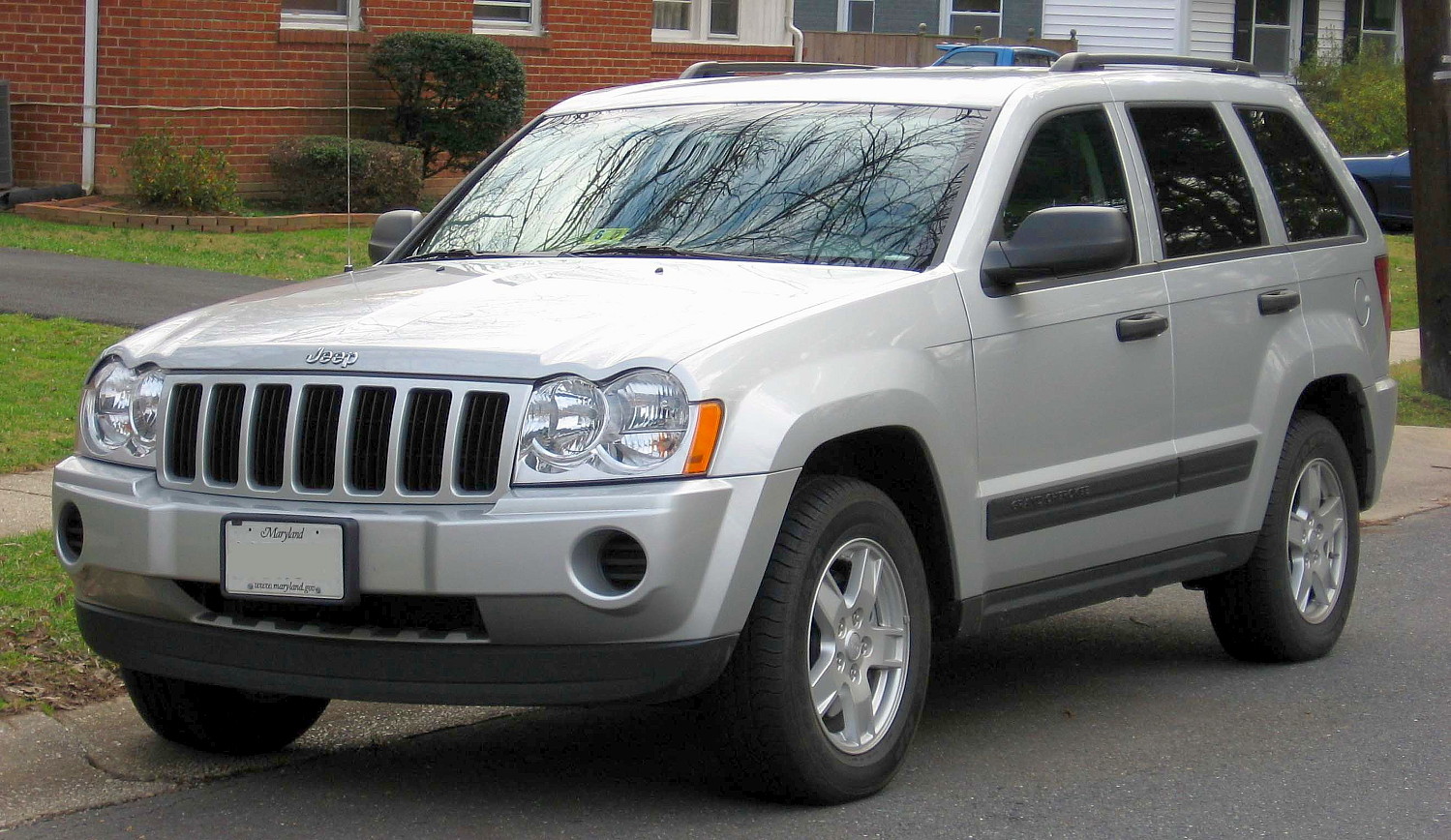
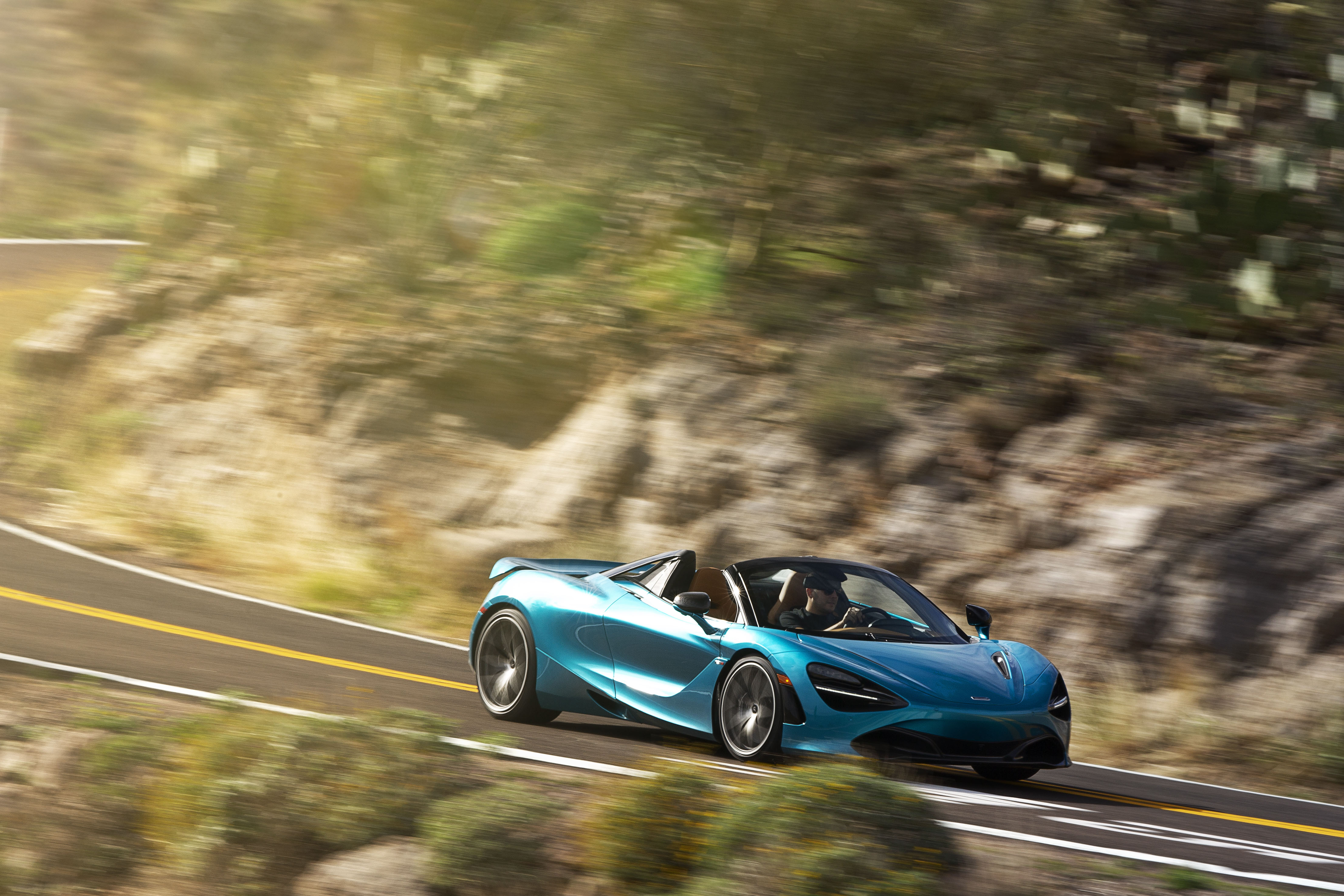
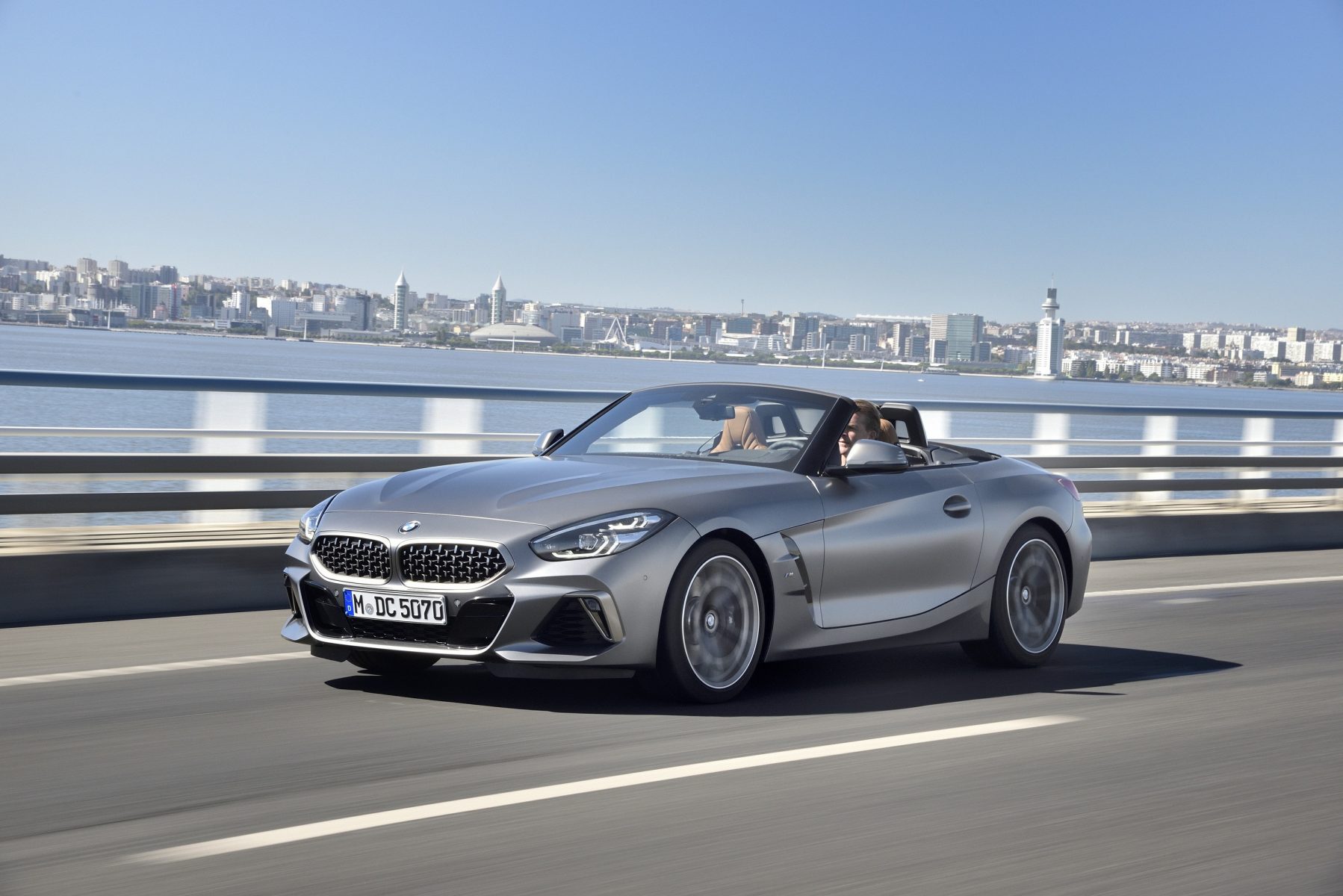 The previous generation Z4 went down a storm with buyers, and now there’s an all-new one. With it brings a sharper interior, a more engaging driving experience and – unlike the metal-roofed car it replaces – a canvas hood.
The previous generation Z4 went down a storm with buyers, and now there’s an all-new one. With it brings a sharper interior, a more engaging driving experience and – unlike the metal-roofed car it replaces – a canvas hood.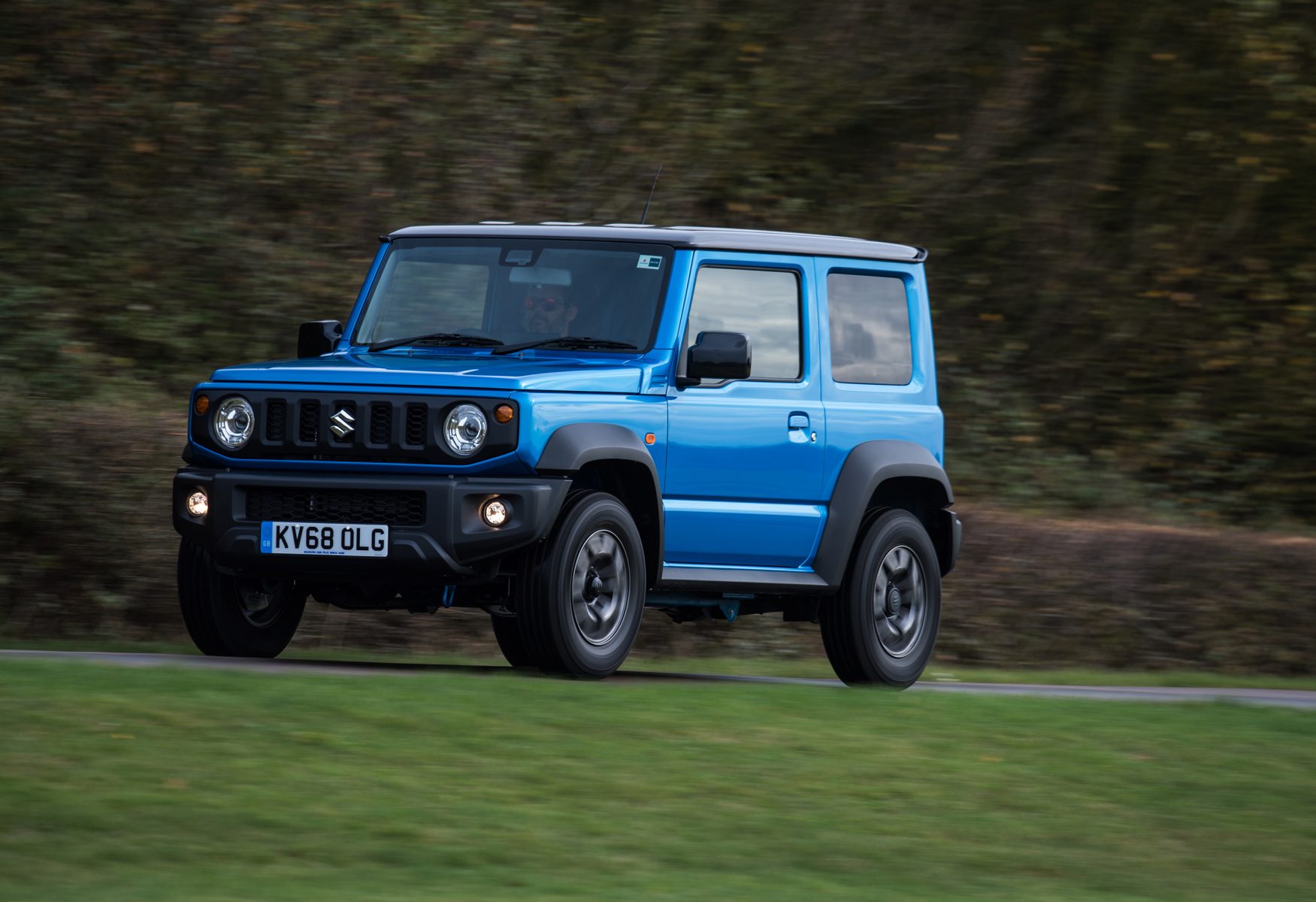 With the British summer somewhat unpredictable, a sunny day out to the forest could soon become a very wet and muddy one — and that’s where the Suzuki Jimny’s off-road capability comes in handy.
With the British summer somewhat unpredictable, a sunny day out to the forest could soon become a very wet and muddy one — and that’s where the Suzuki Jimny’s off-road capability comes in handy. Mazda’s MX-5 epitomises value-for-money yet good-fun motoring. The latest version is one of the best to drive yet, and since it’s been around a little while now, a new one doesn’t have to cost the earth.
Mazda’s MX-5 epitomises value-for-money yet good-fun motoring. The latest version is one of the best to drive yet, and since it’s been around a little while now, a new one doesn’t have to cost the earth.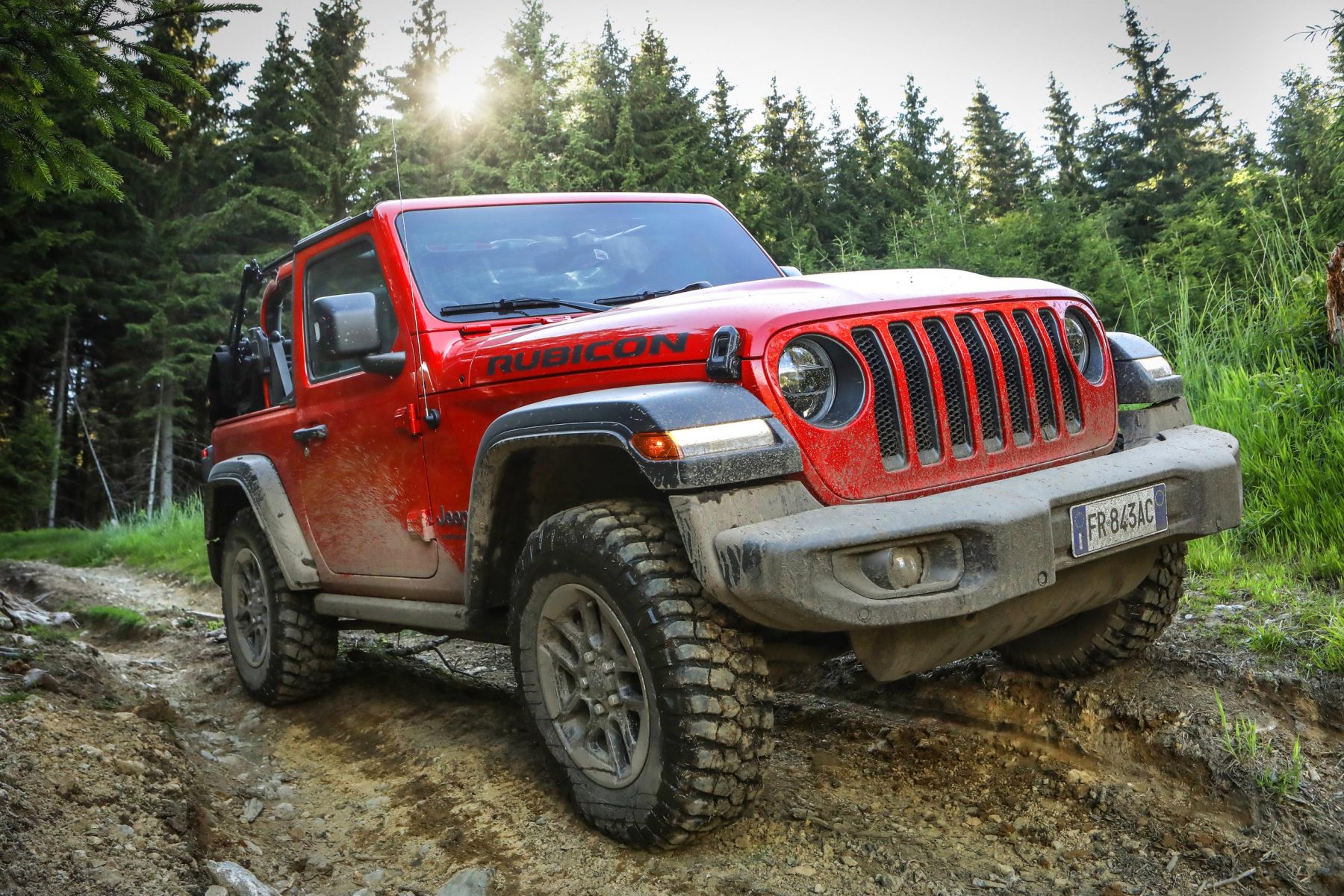 The Jeep Wrangler is one of the least road-focused cars on this list – but it’s no less ideal for summertime driving. Why, I hear you ask? Well, the latest generation of Wrangler incorporates a feature which was well-loved on the car it replaces, and that’s the removable roof.
The Jeep Wrangler is one of the least road-focused cars on this list – but it’s no less ideal for summertime driving. Why, I hear you ask? Well, the latest generation of Wrangler incorporates a feature which was well-loved on the car it replaces, and that’s the removable roof.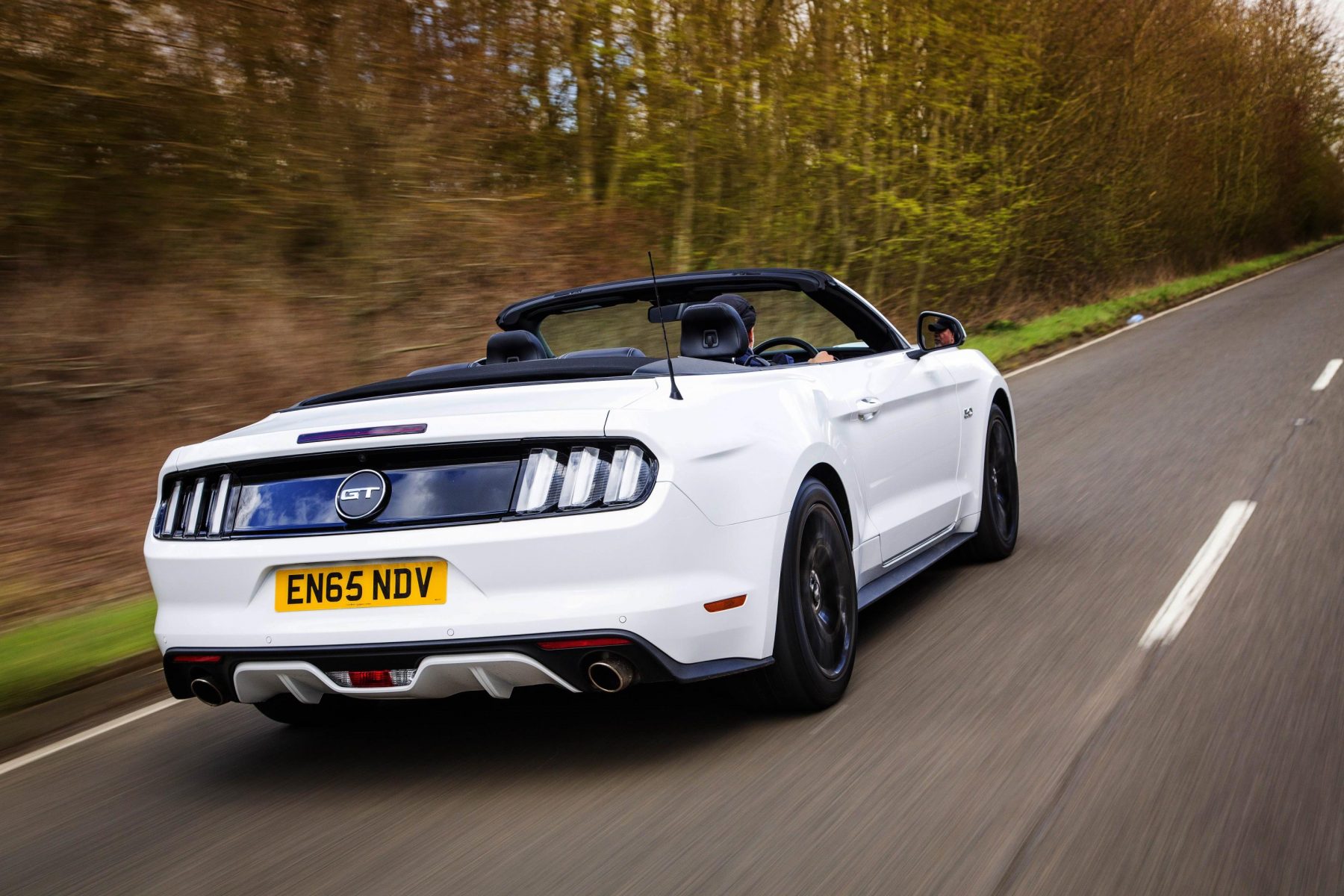 Ask anyone for their dream American road trip car, and we’d be willing to put money on them replying with a convertible Ford Mustang. Fortunately though, you don’t have to fly Stateside to enjoy this pony these days, with Ford selling the muscle car in droves here in the UK too. It still packs the same style and choice of a raucous V8 engine as it does in its homeland, only here with the ability to drive it through Derby if you so wish.
Ask anyone for their dream American road trip car, and we’d be willing to put money on them replying with a convertible Ford Mustang. Fortunately though, you don’t have to fly Stateside to enjoy this pony these days, with Ford selling the muscle car in droves here in the UK too. It still packs the same style and choice of a raucous V8 engine as it does in its homeland, only here with the ability to drive it through Derby if you so wish.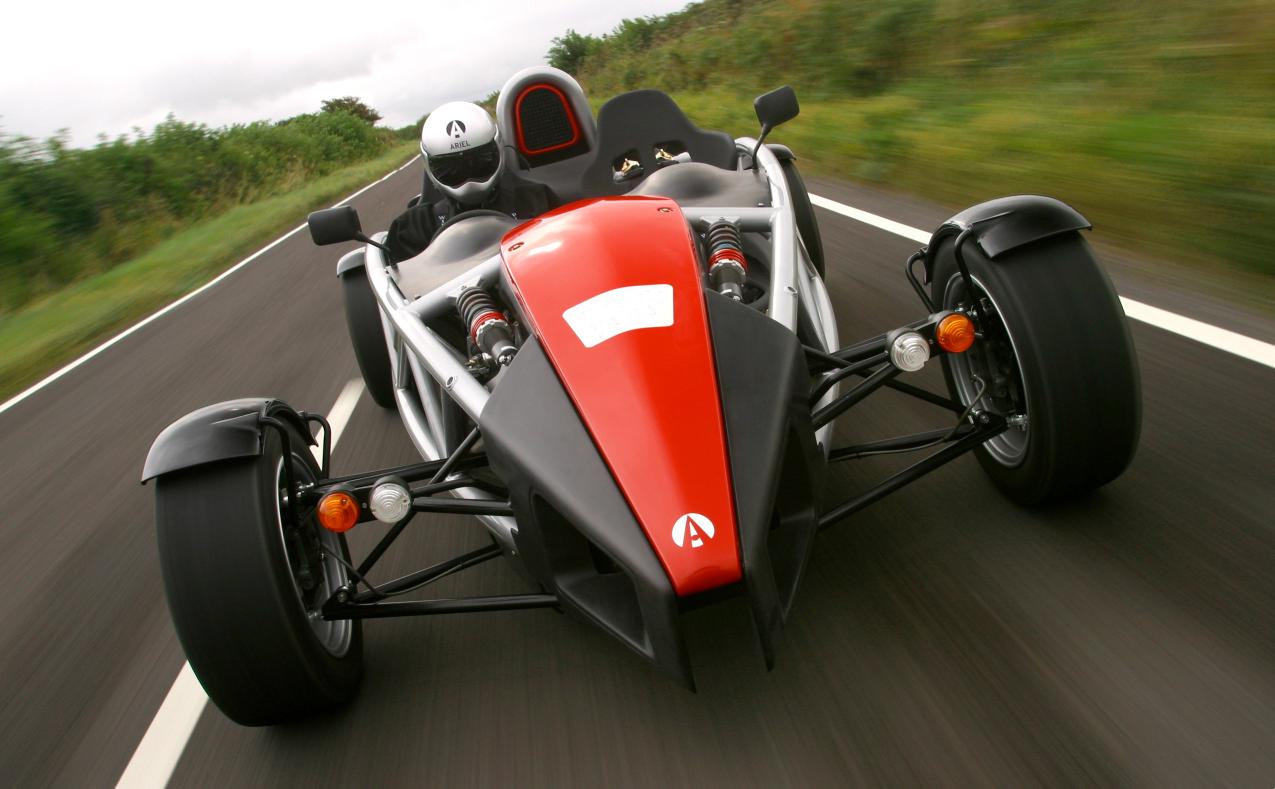 Buying a track-focus, spartan sports car is quite the commitment. After all, in the winter, autumn and spring months, the weather is rarely dry or warm enough to really make the most of it.
Buying a track-focus, spartan sports car is quite the commitment. After all, in the winter, autumn and spring months, the weather is rarely dry or warm enough to really make the most of it. The Caterham Seven is a car which follows in a similar vein to the Ariel, albeit with a smidgen more creature comforts. The one we’d opt for is the 420; it uses a 2.0-litre petrol engine and gives the Seven supercar-beating performance, but it’s not as razor-edged as the more powerful 620.
The Caterham Seven is a car which follows in a similar vein to the Ariel, albeit with a smidgen more creature comforts. The one we’d opt for is the 420; it uses a 2.0-litre petrol engine and gives the Seven supercar-beating performance, but it’s not as razor-edged as the more powerful 620.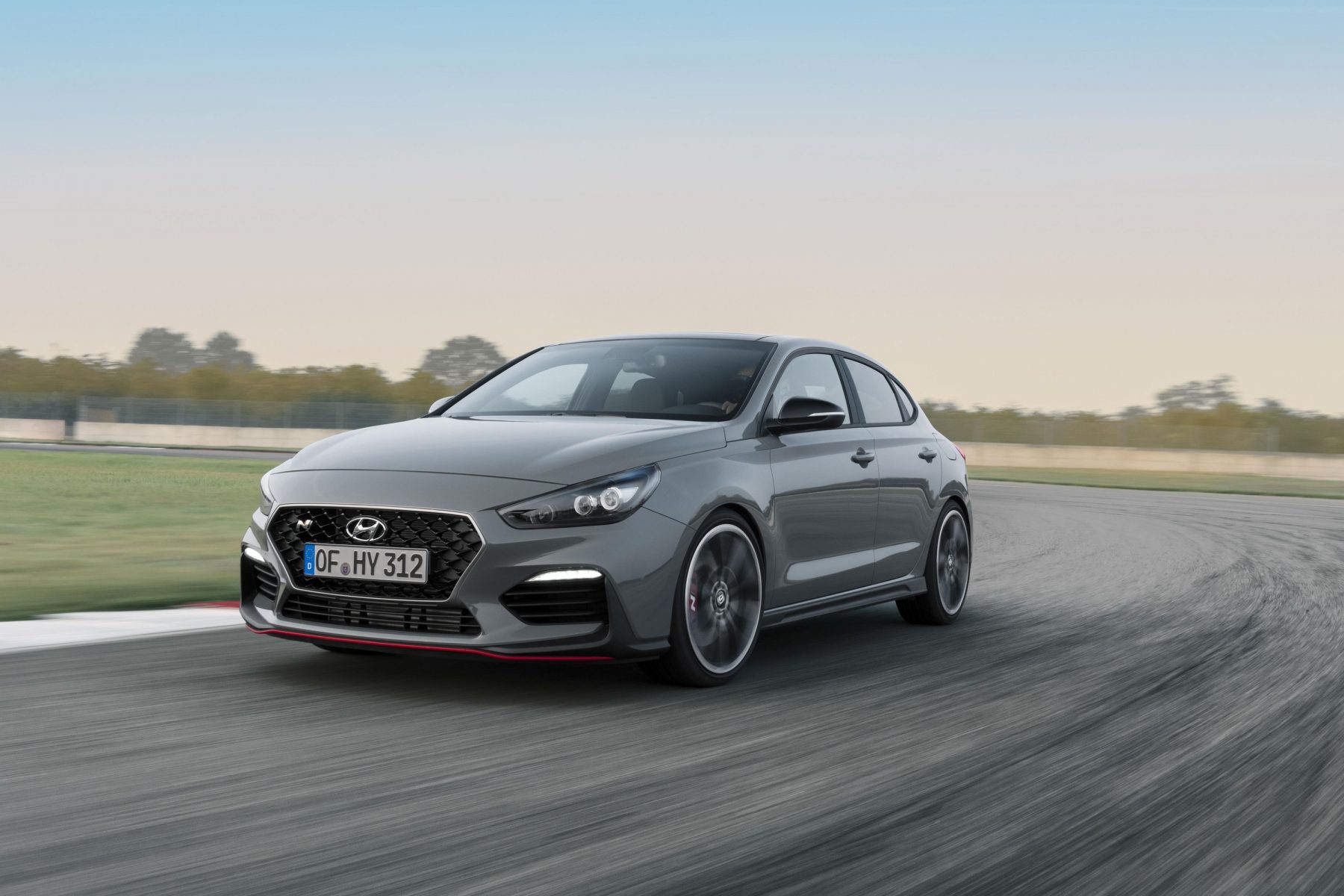 Hyundai left Volkswagen reeling after it revealed its Golf GTI-rivalling i30N hatchback. Now, it’s expanding on things with the i30N Fastback – a four-door version of the performance hatch. We’d argue it’s one of the best handling cars of its type, and it’ll swallow up any b-road you can throw in its direction.
Hyundai left Volkswagen reeling after it revealed its Golf GTI-rivalling i30N hatchback. Now, it’s expanding on things with the i30N Fastback – a four-door version of the performance hatch. We’d argue it’s one of the best handling cars of its type, and it’ll swallow up any b-road you can throw in its direction.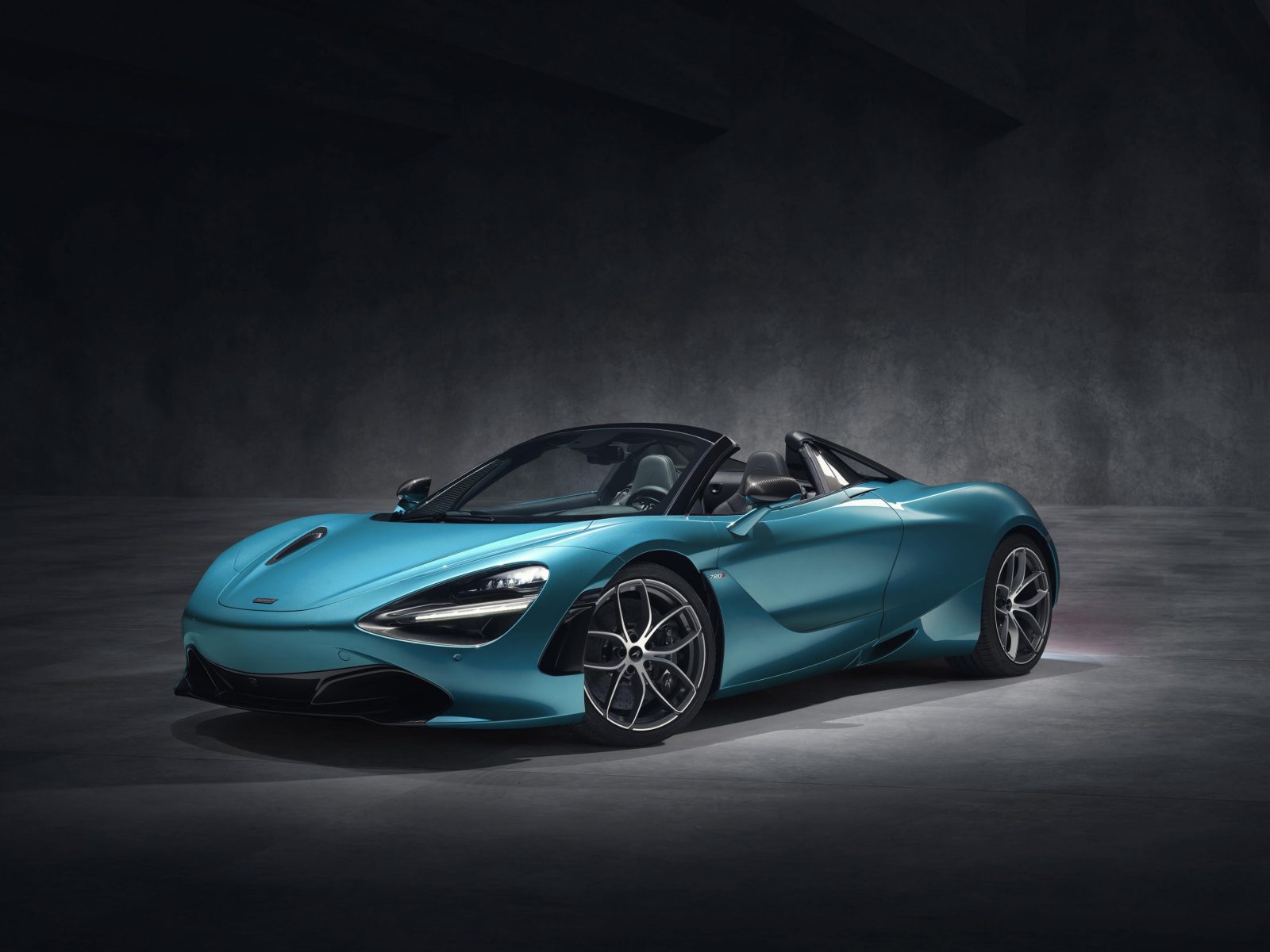 If you’re looking for a big-budget, high-performance drop top, few can compare to the McLaren 720S Spider. The coupe is already a stunning assault on the senses, but chop the roof off and that turns up to 11 thanks to unfiltered engine to that ballistic V8 just behind your head.
If you’re looking for a big-budget, high-performance drop top, few can compare to the McLaren 720S Spider. The coupe is already a stunning assault on the senses, but chop the roof off and that turns up to 11 thanks to unfiltered engine to that ballistic V8 just behind your head.